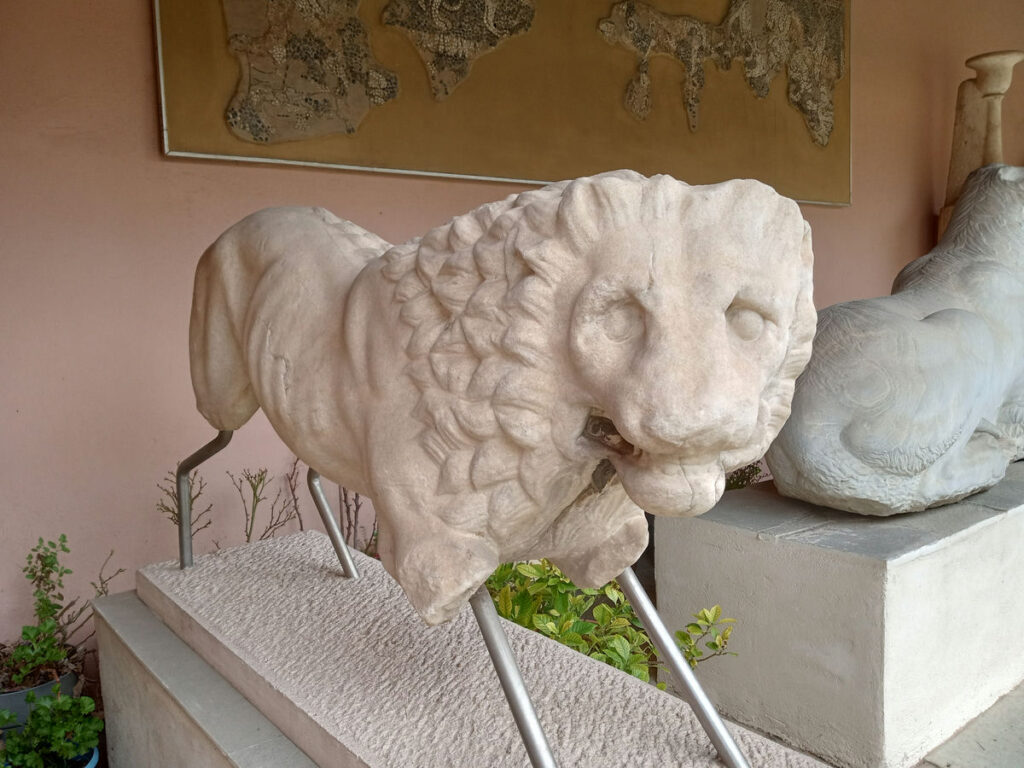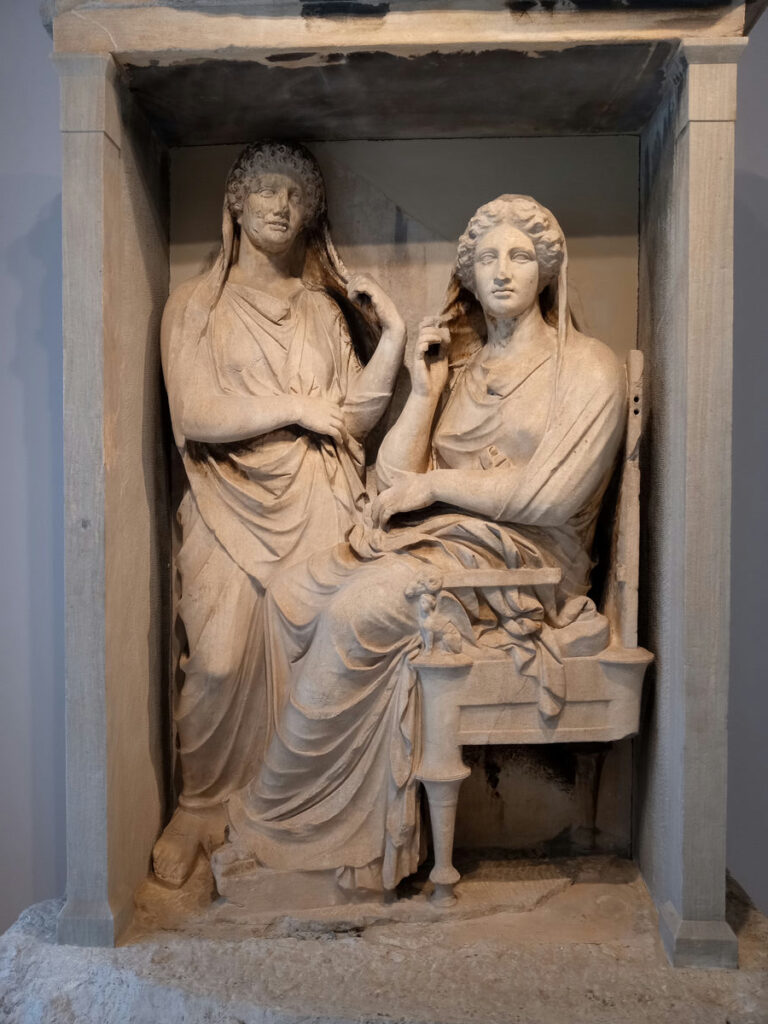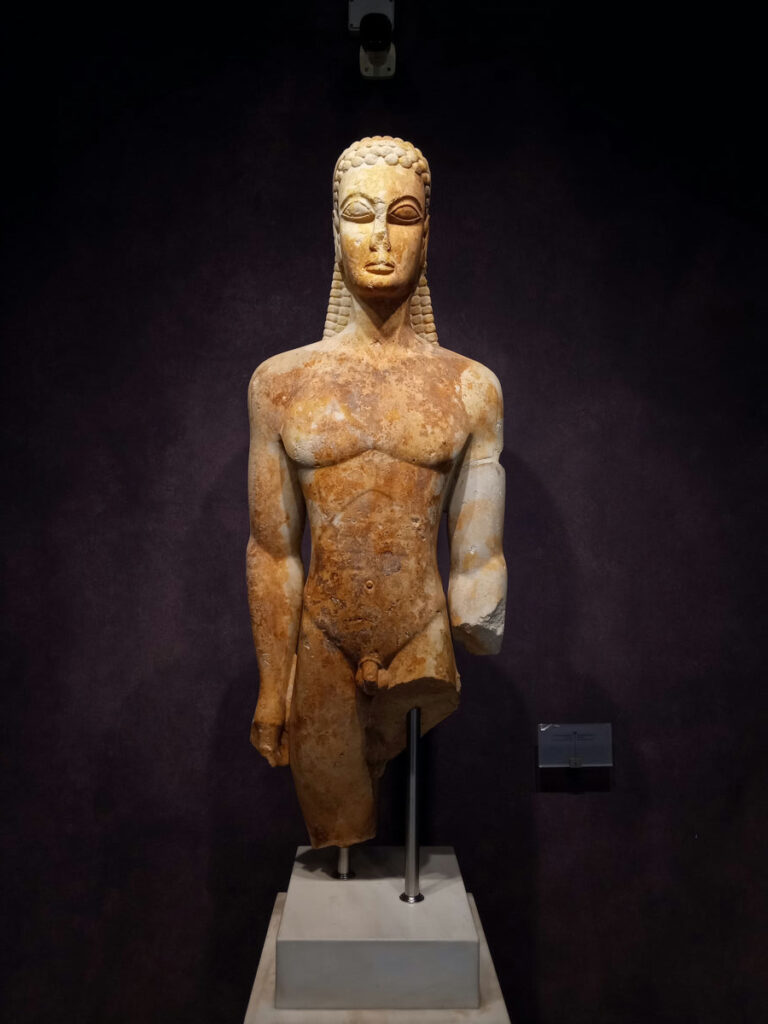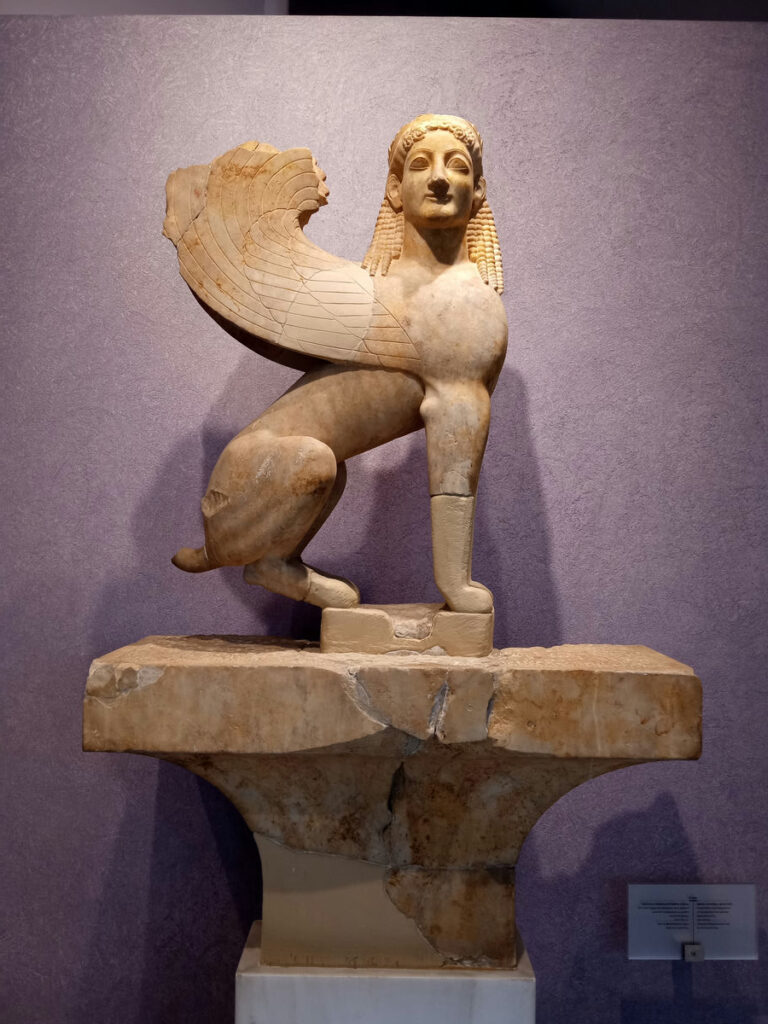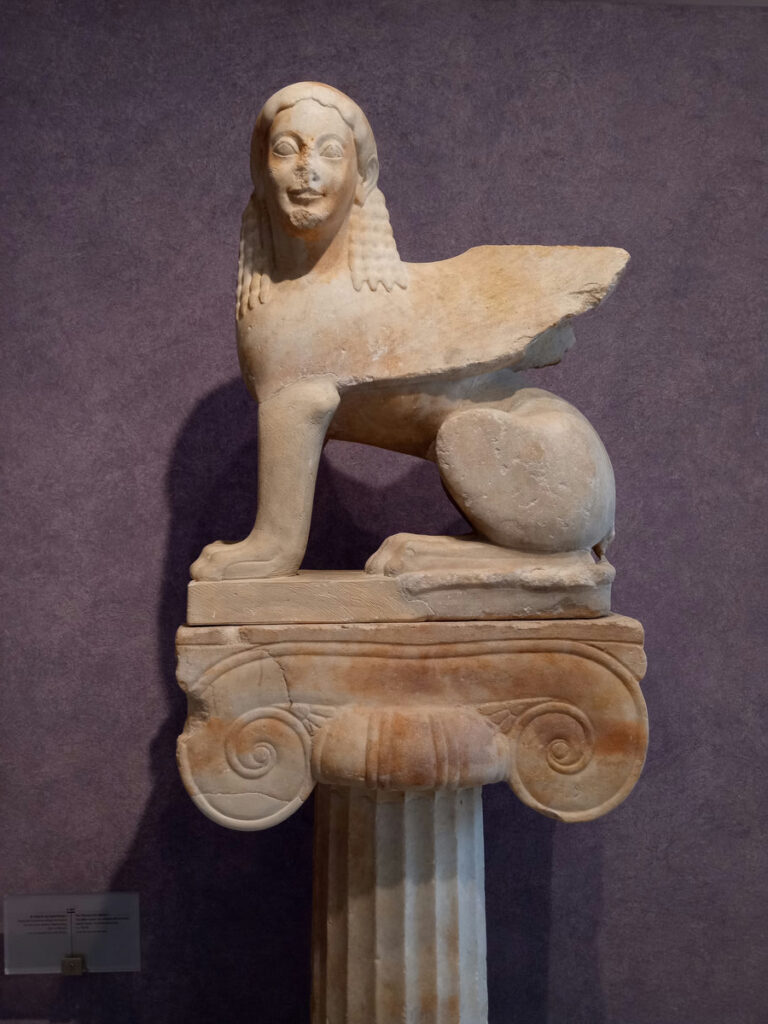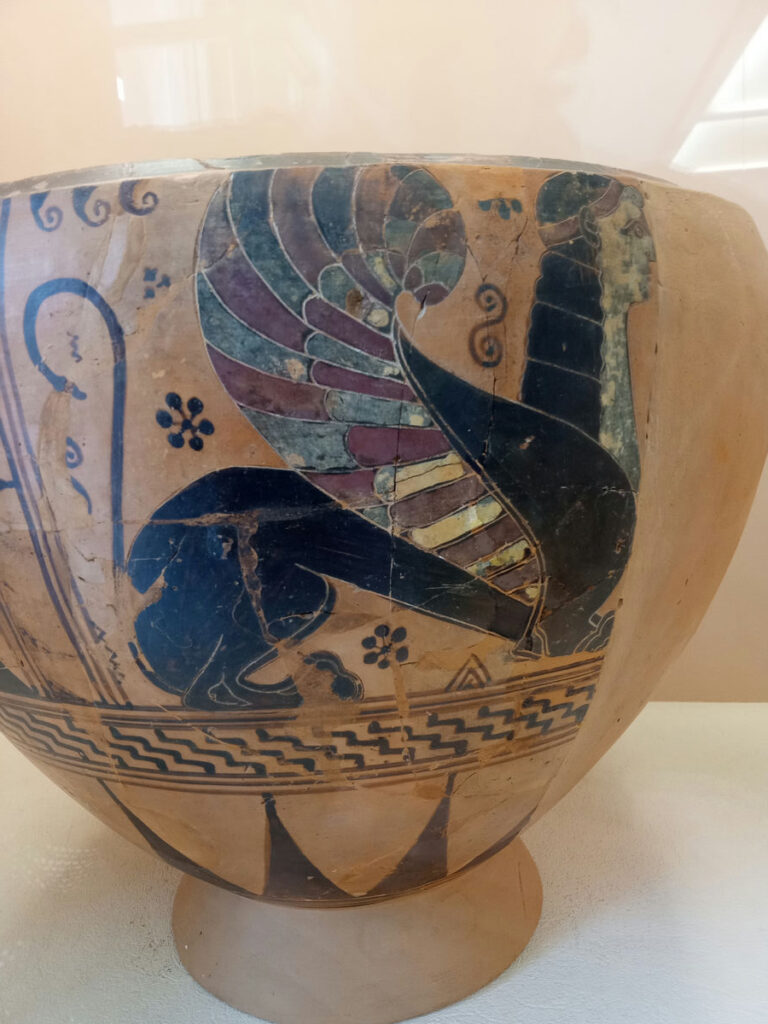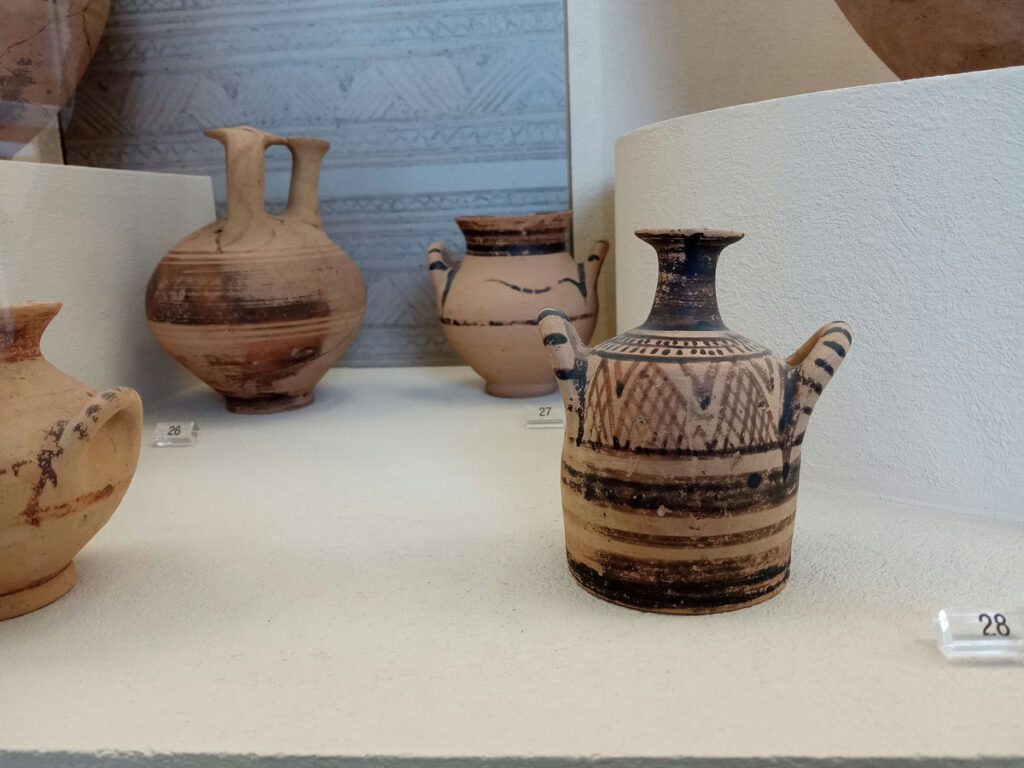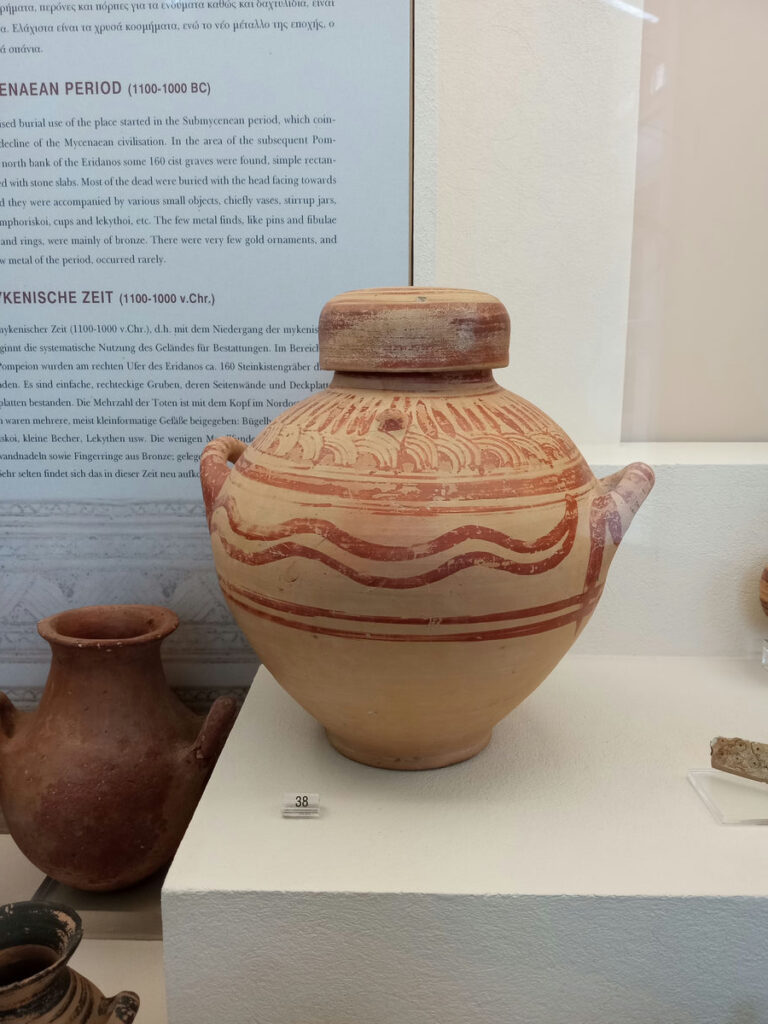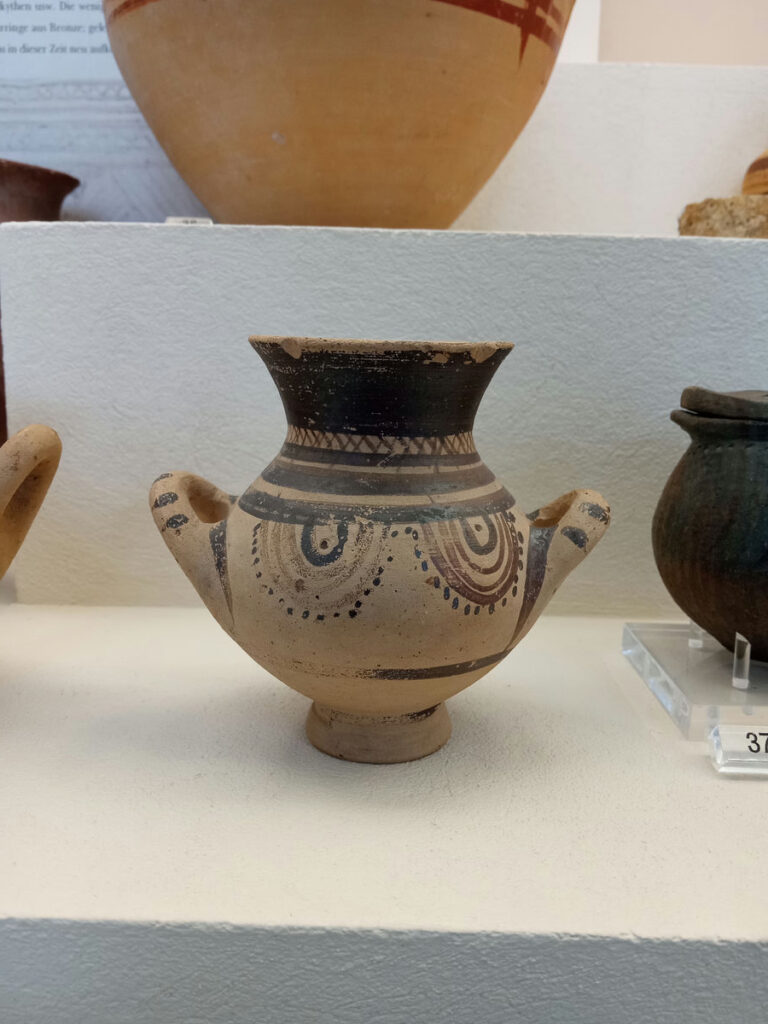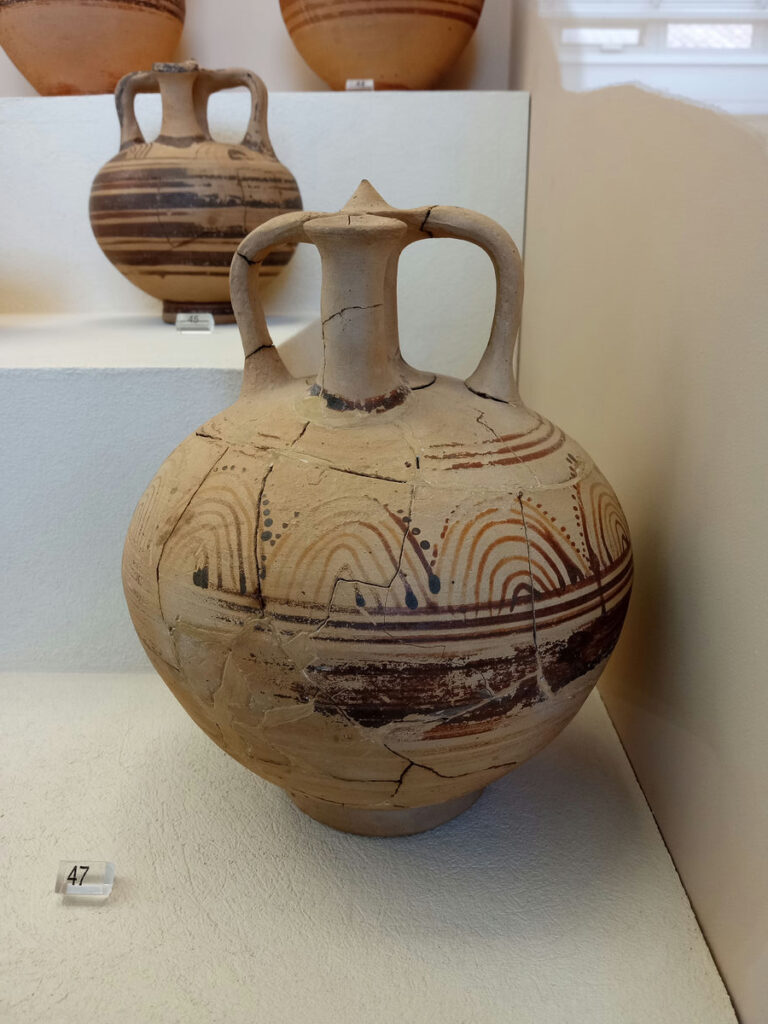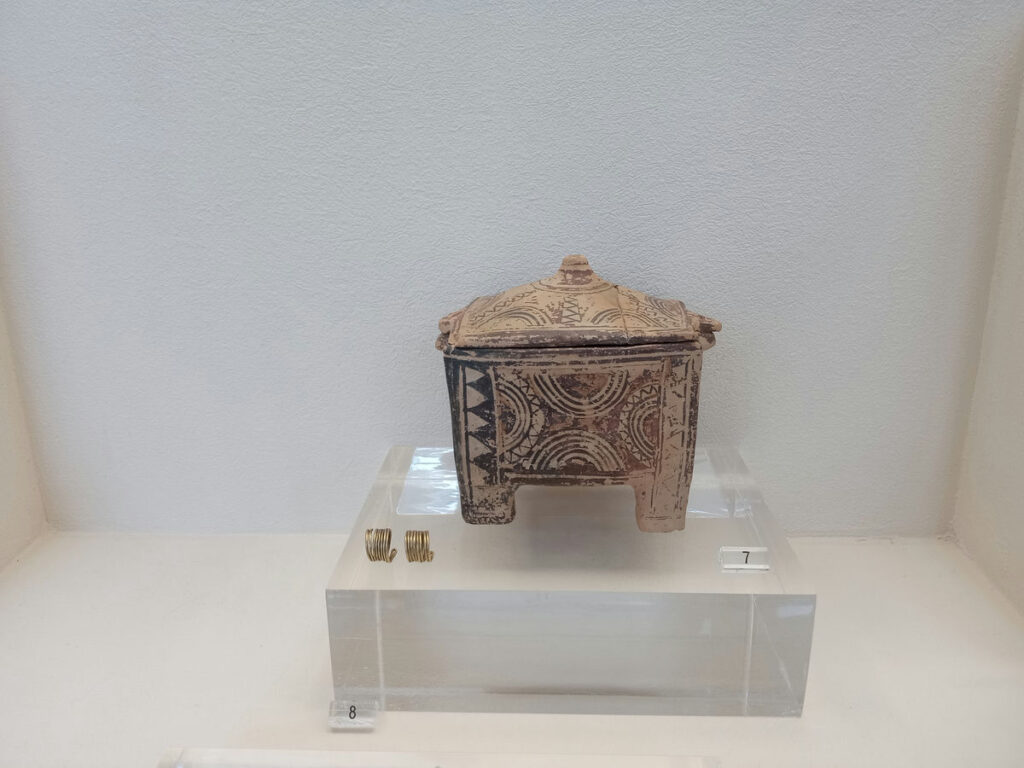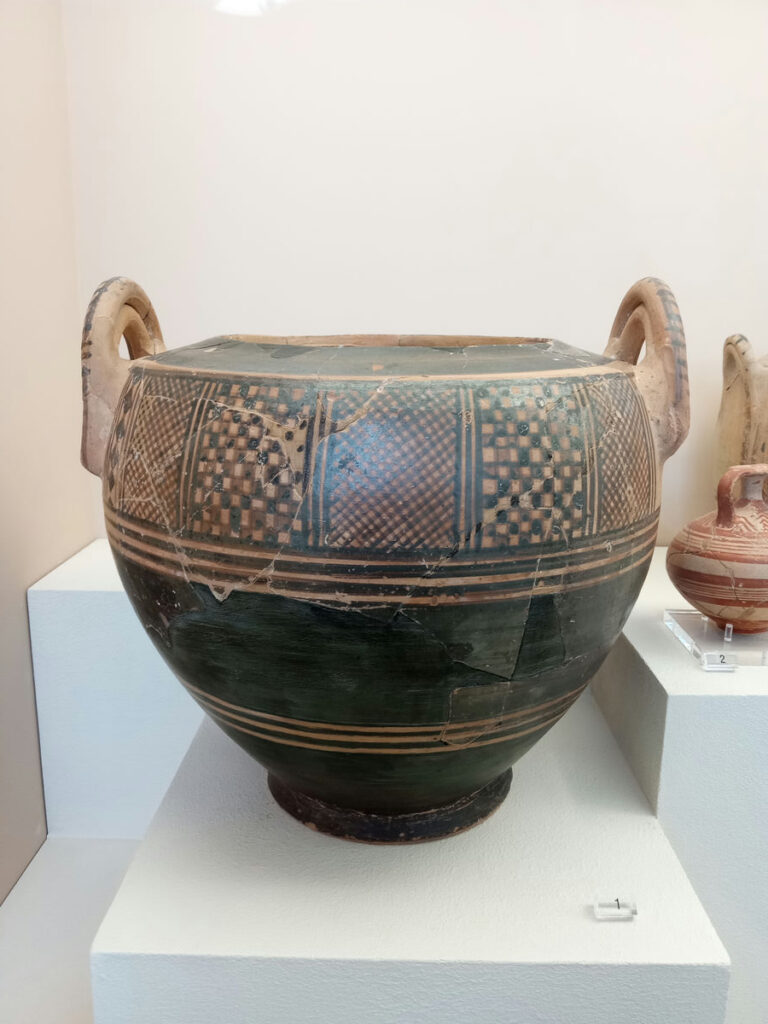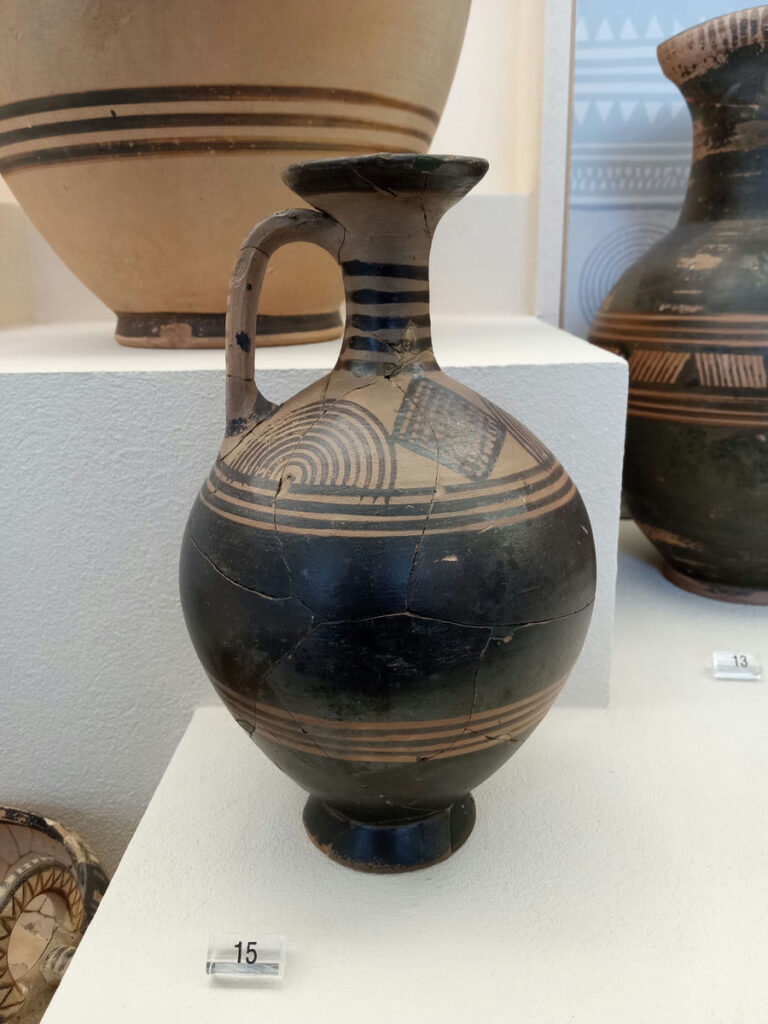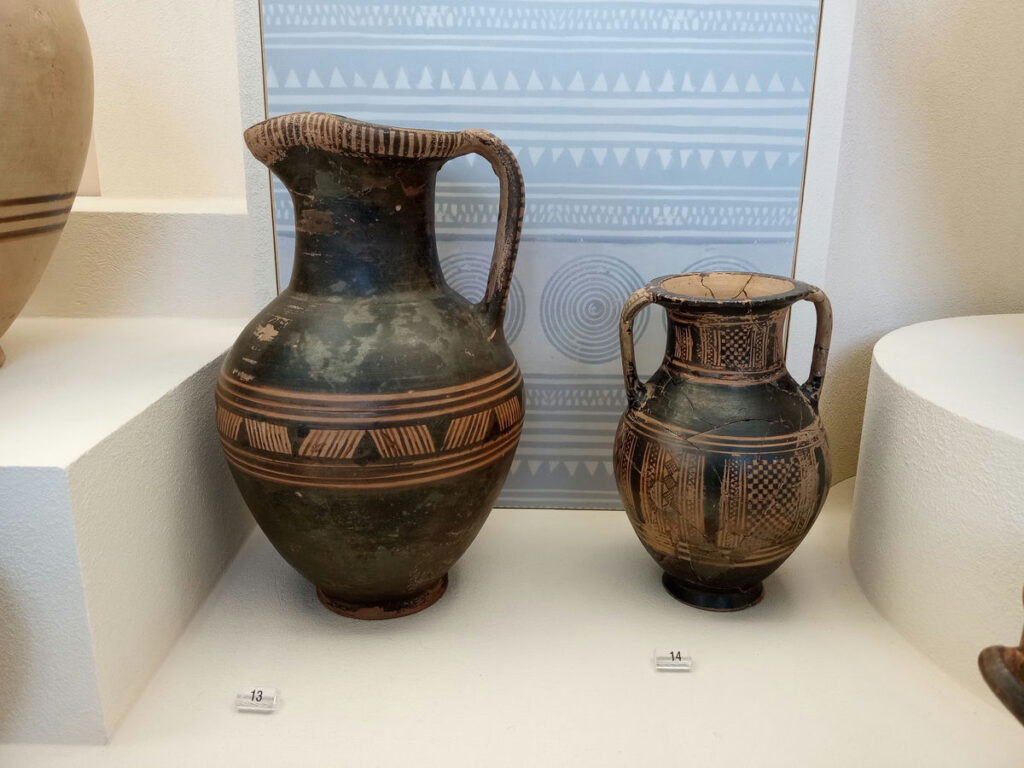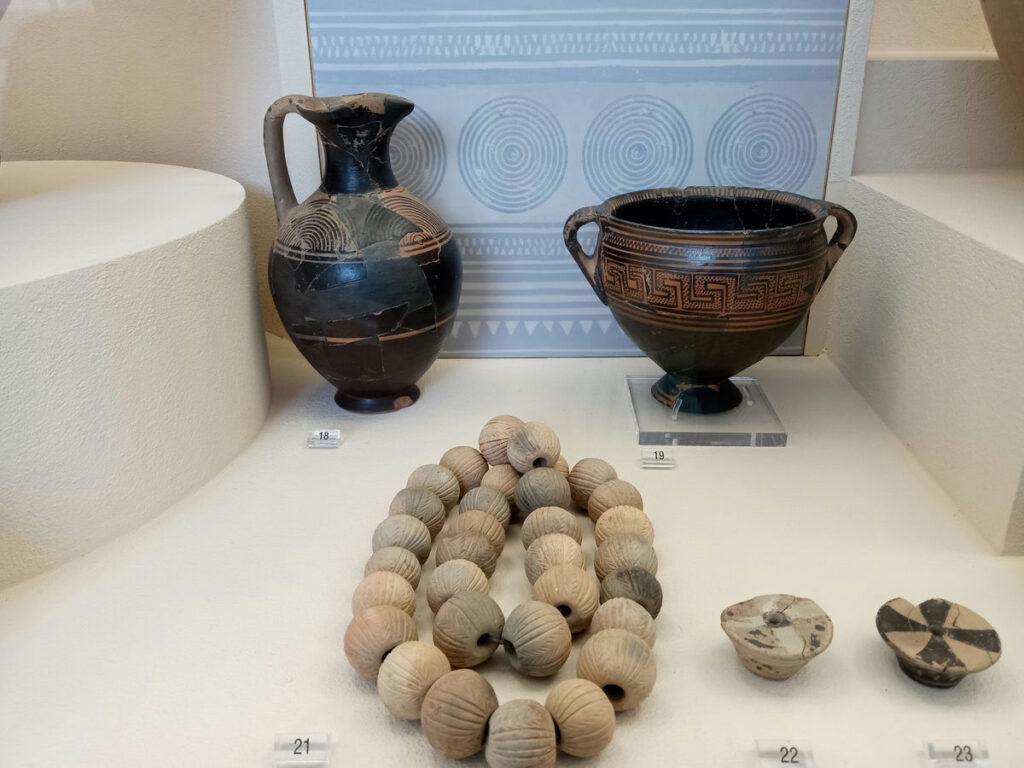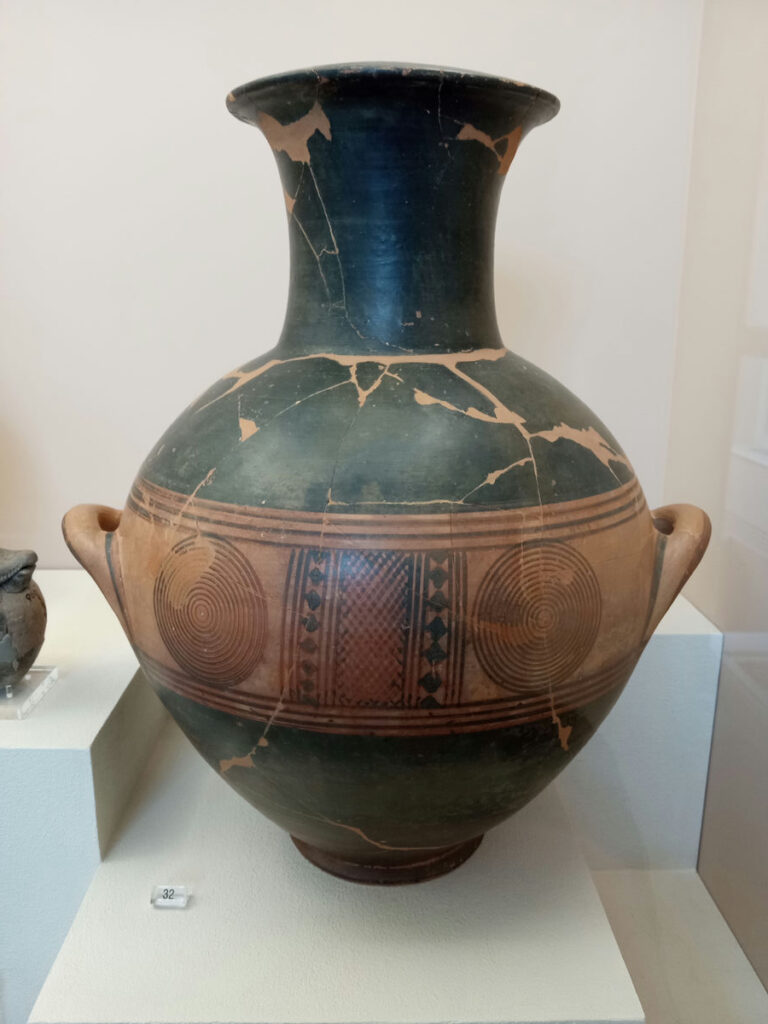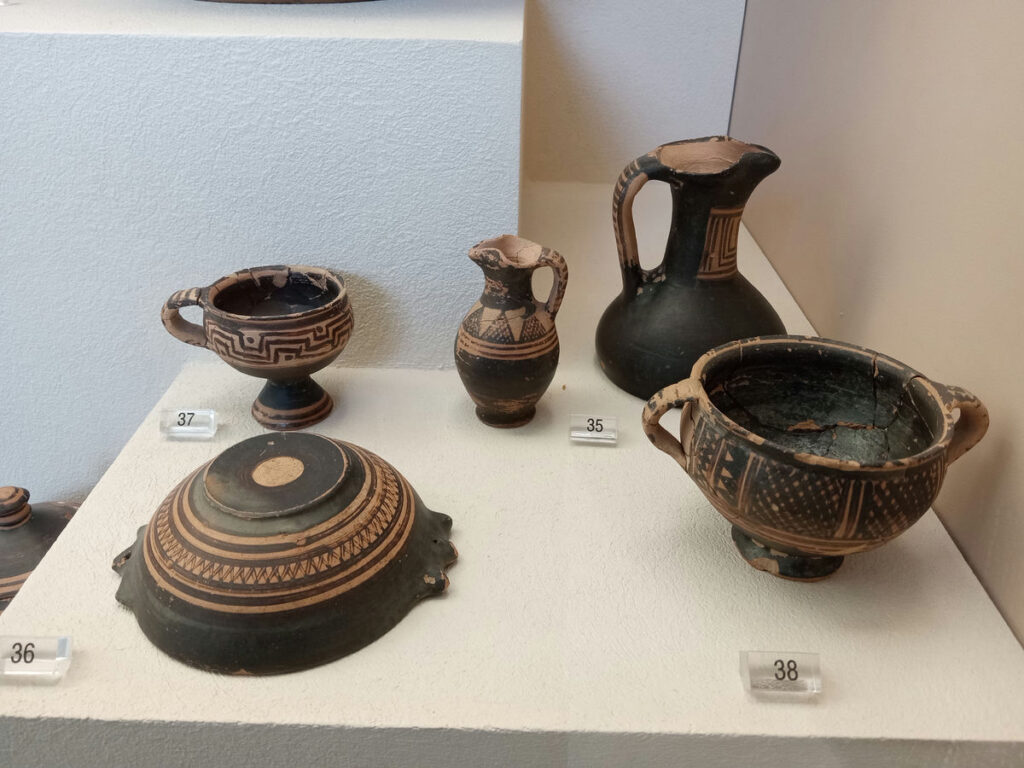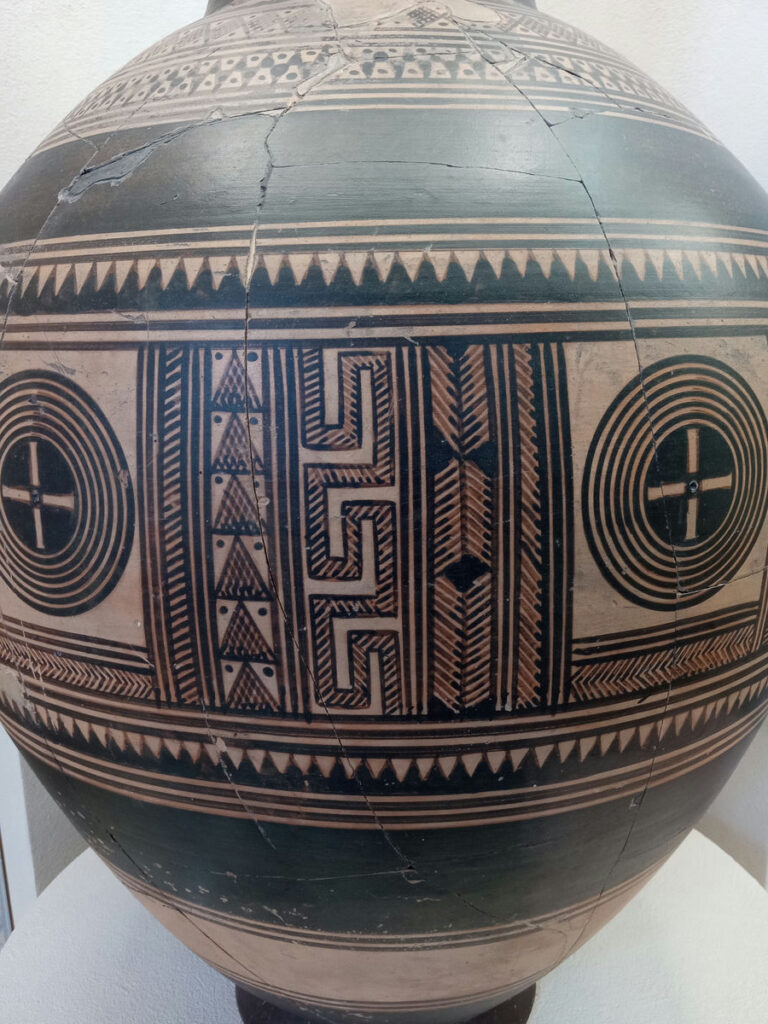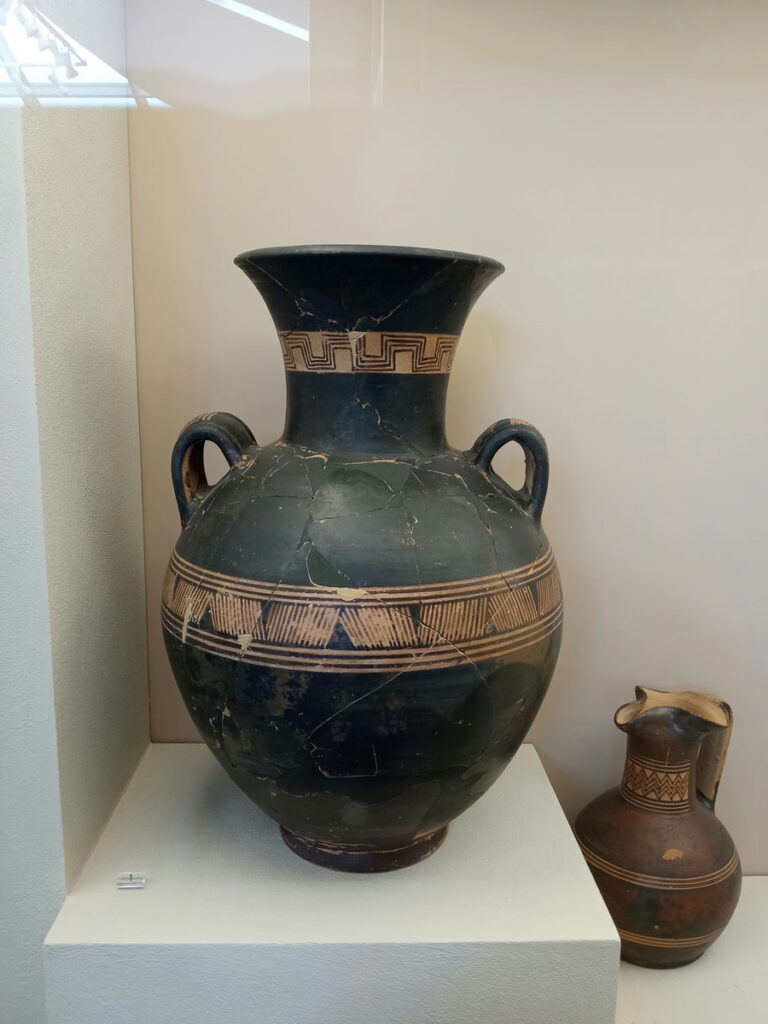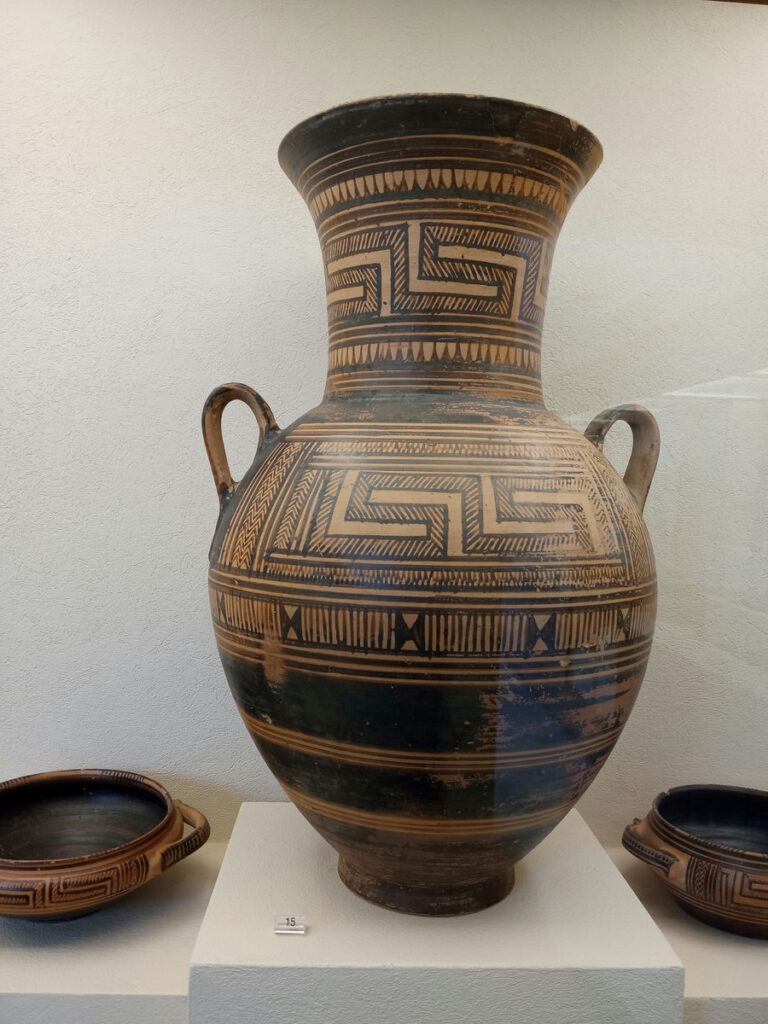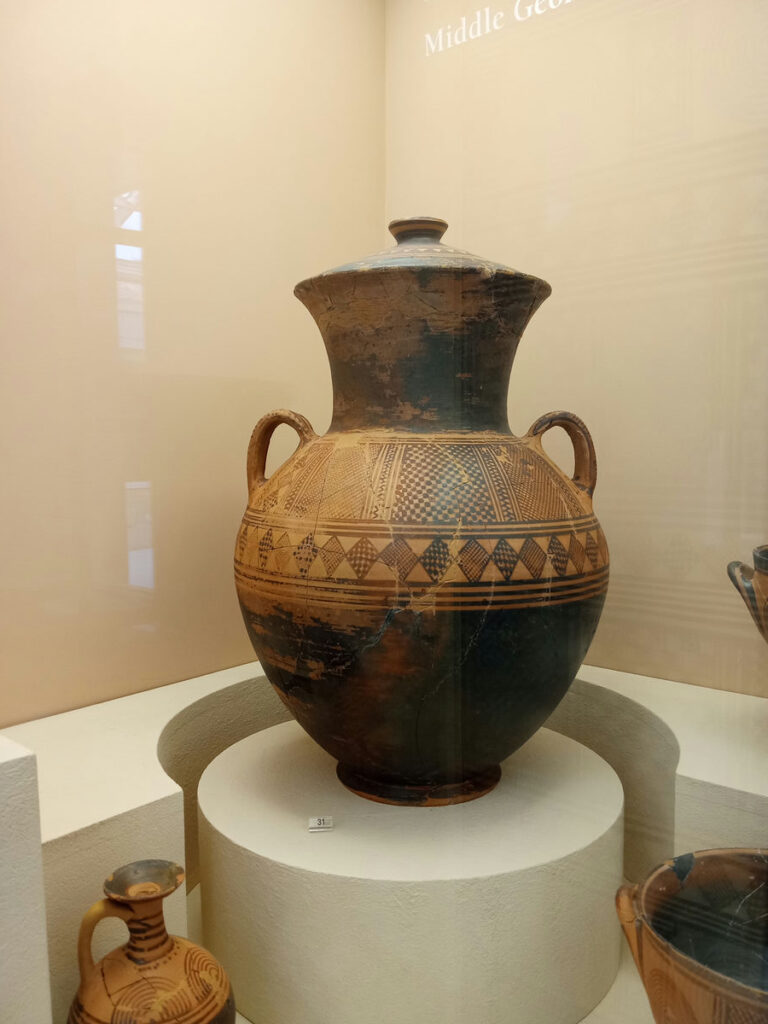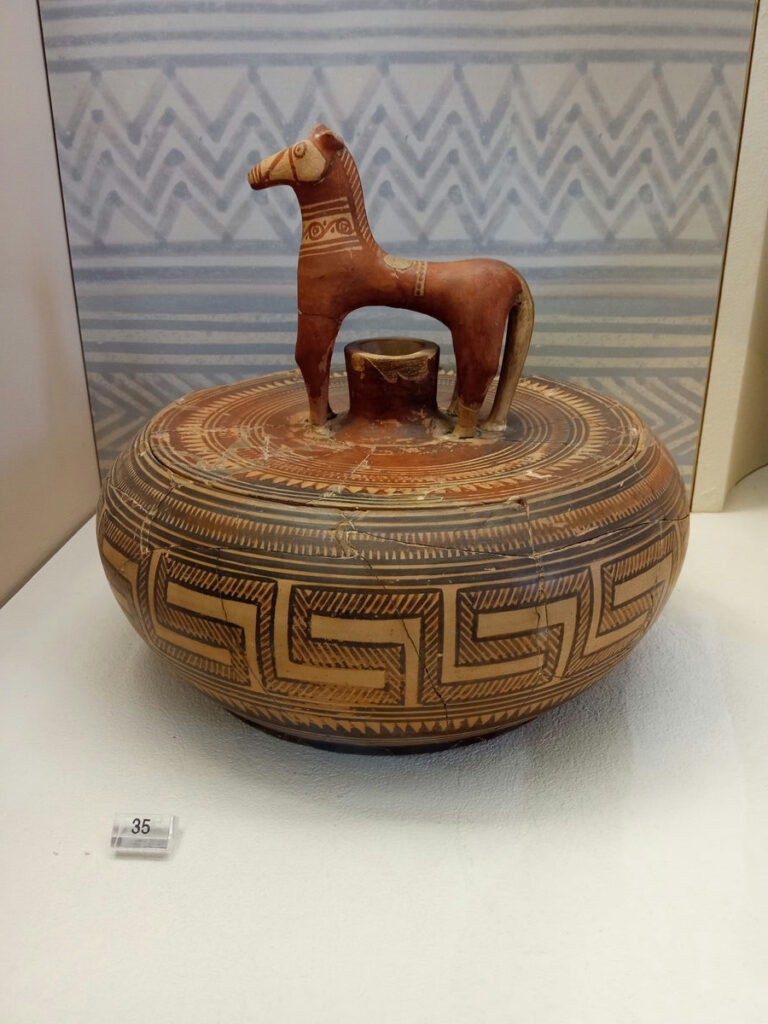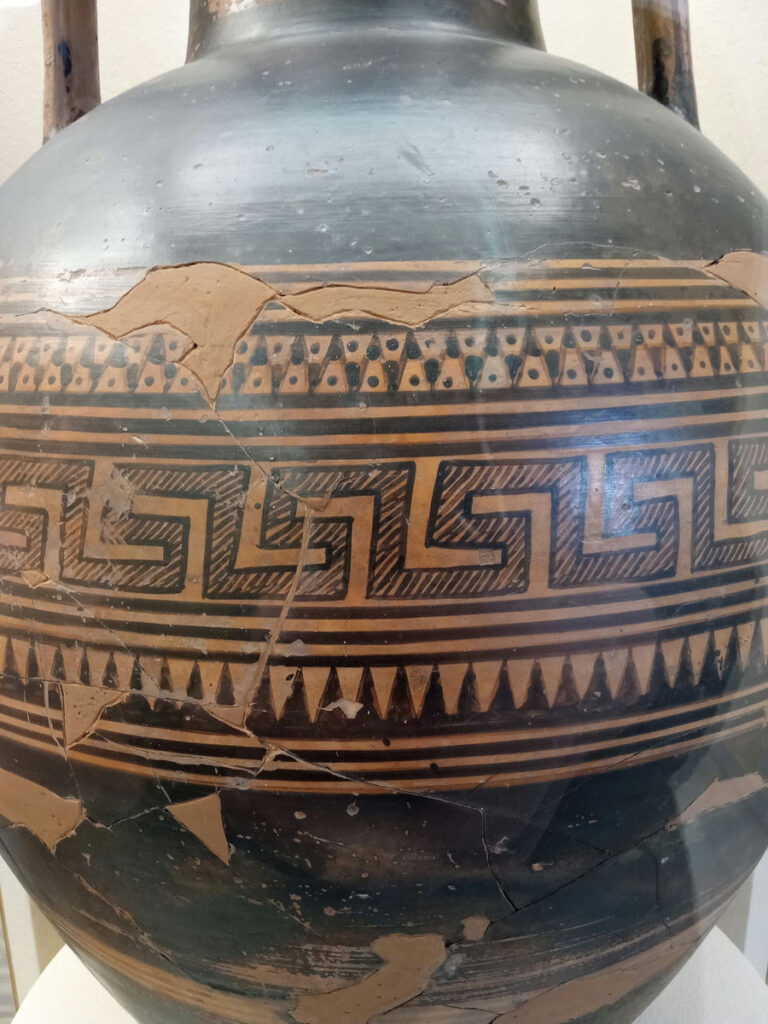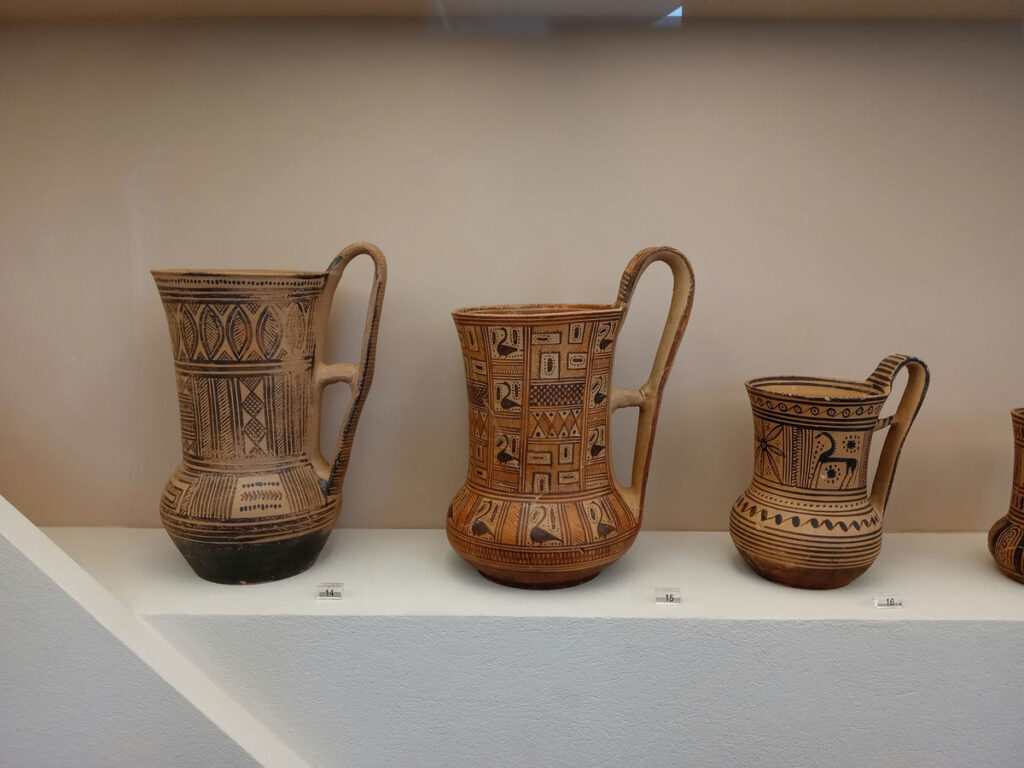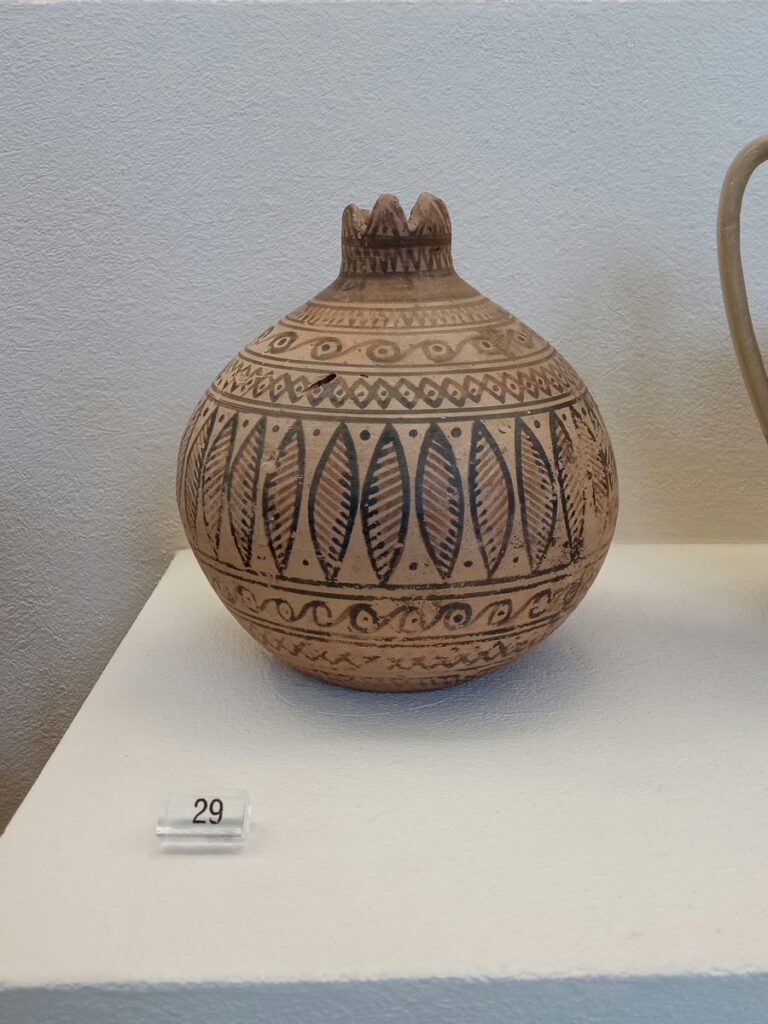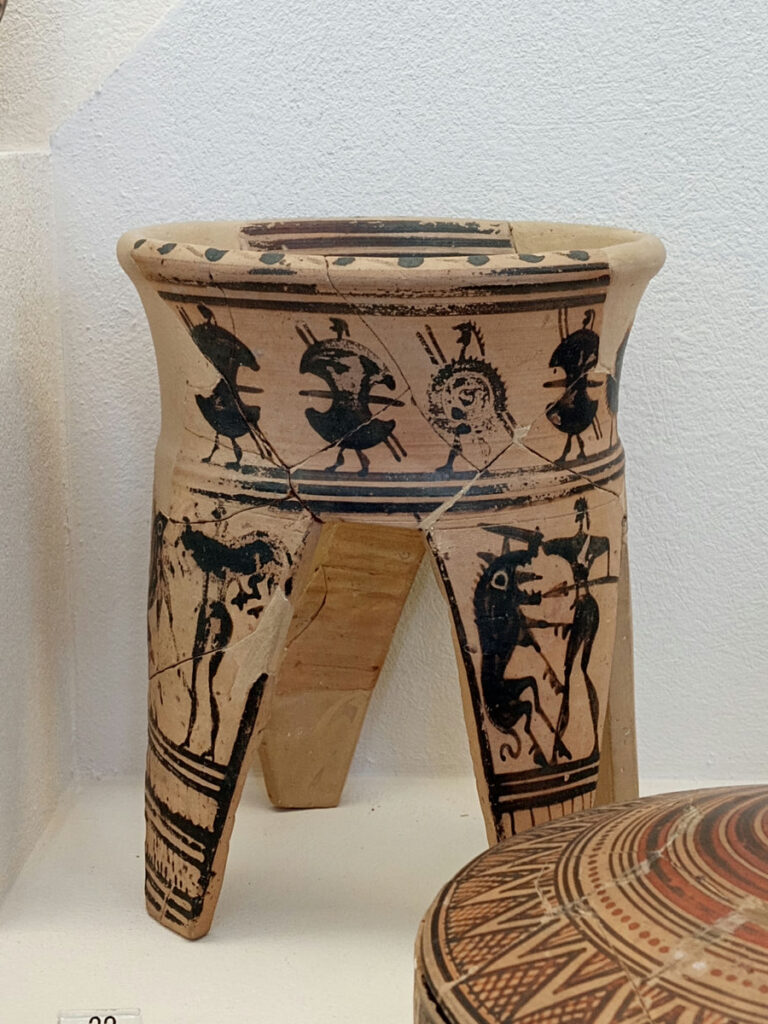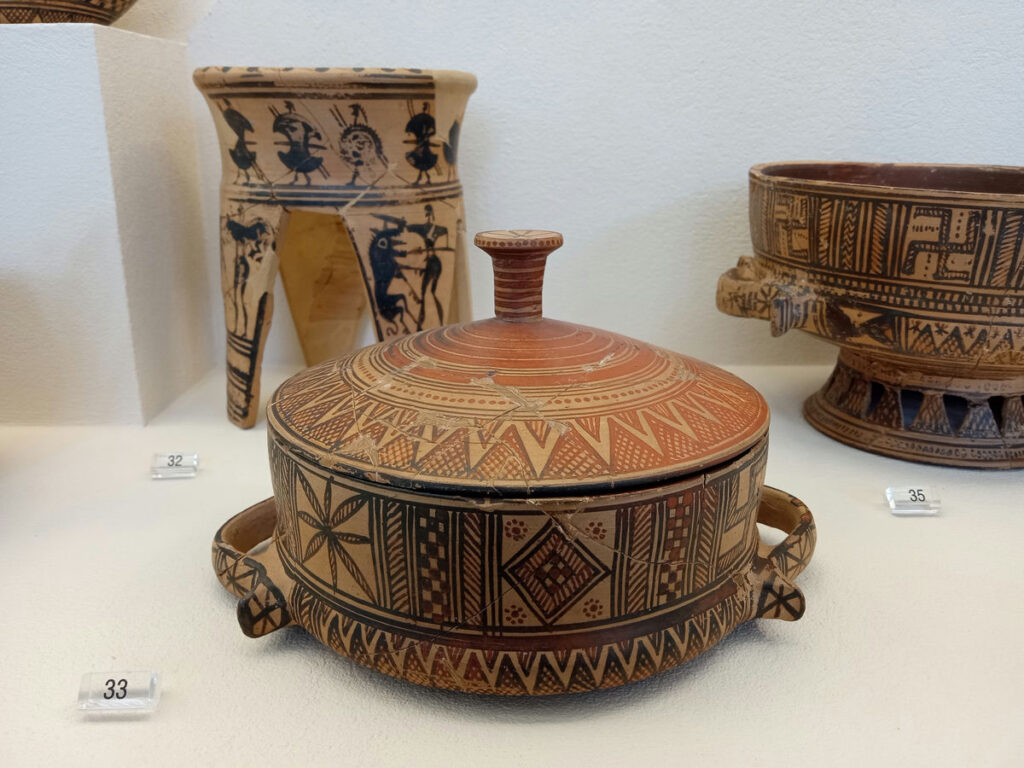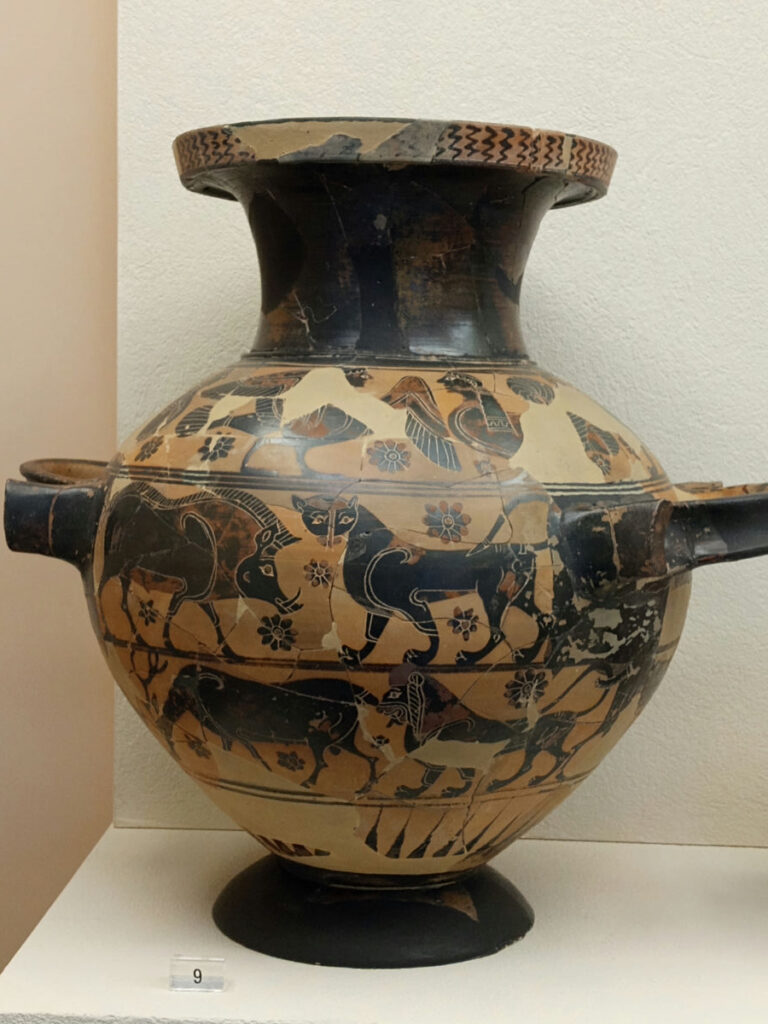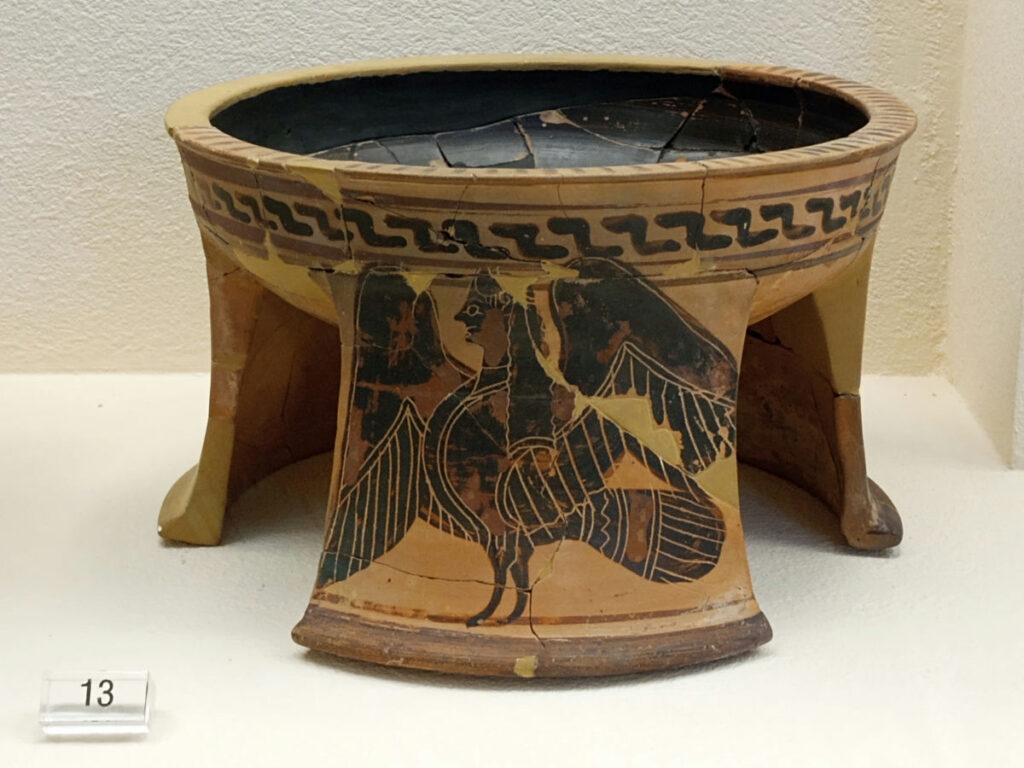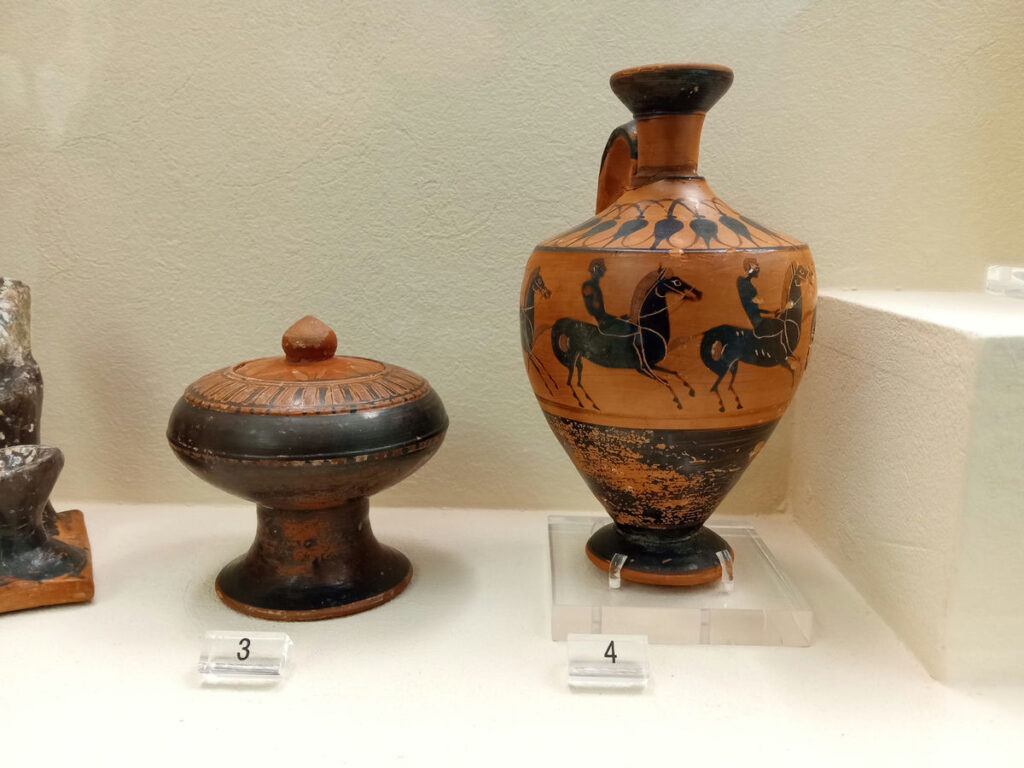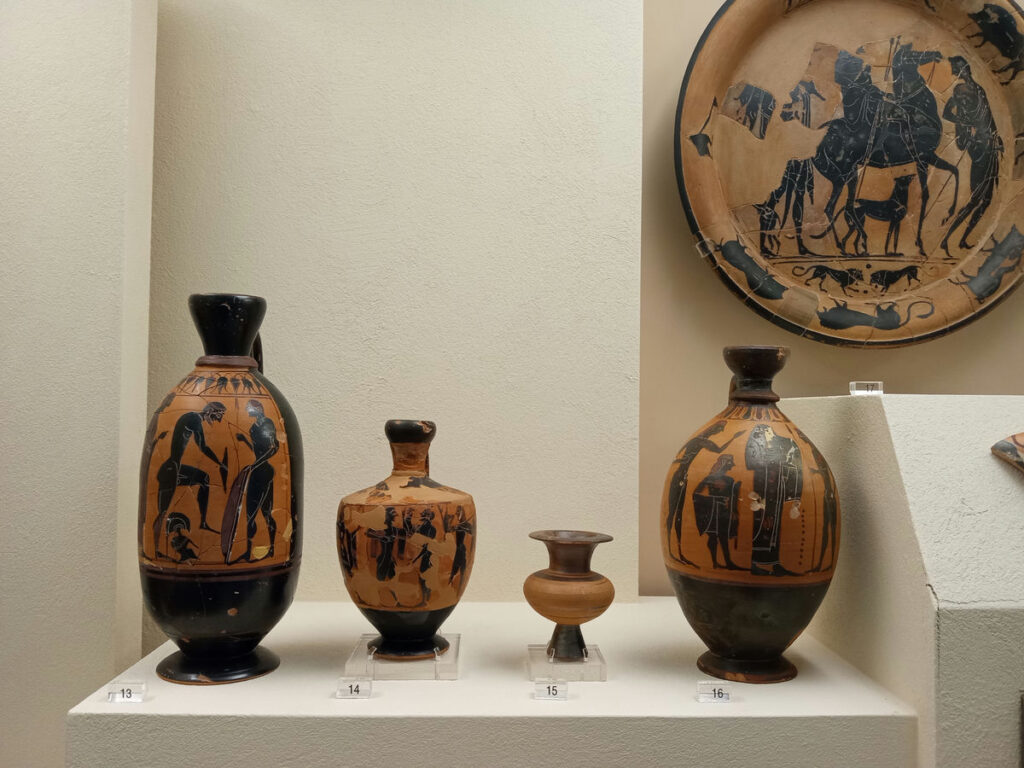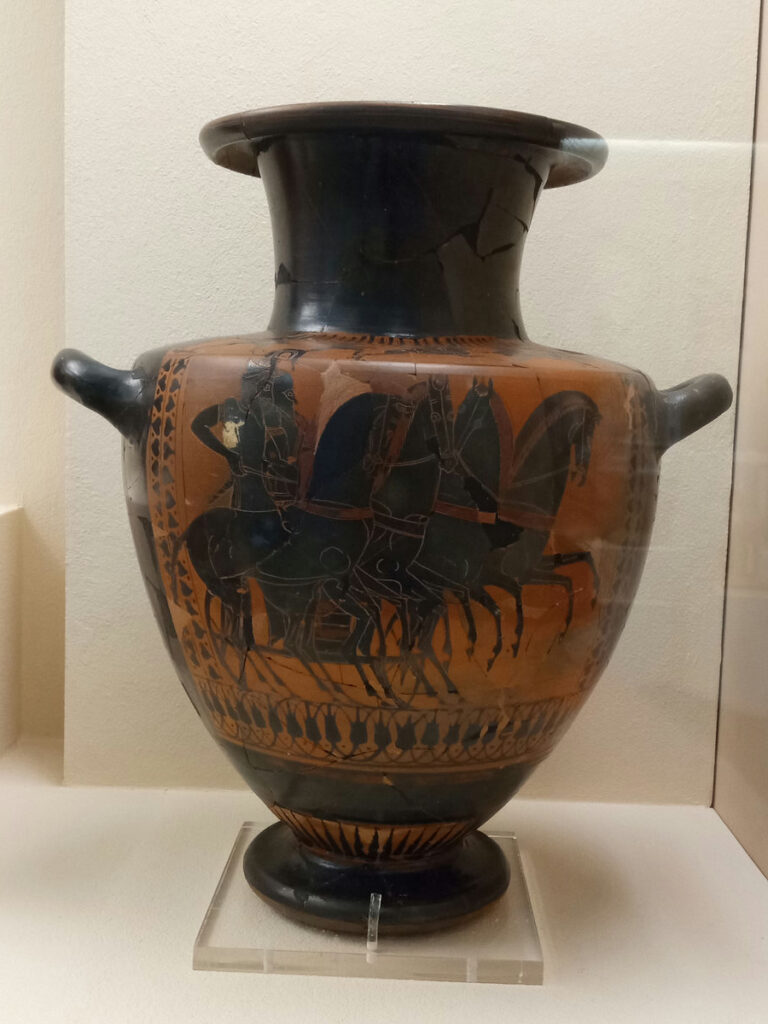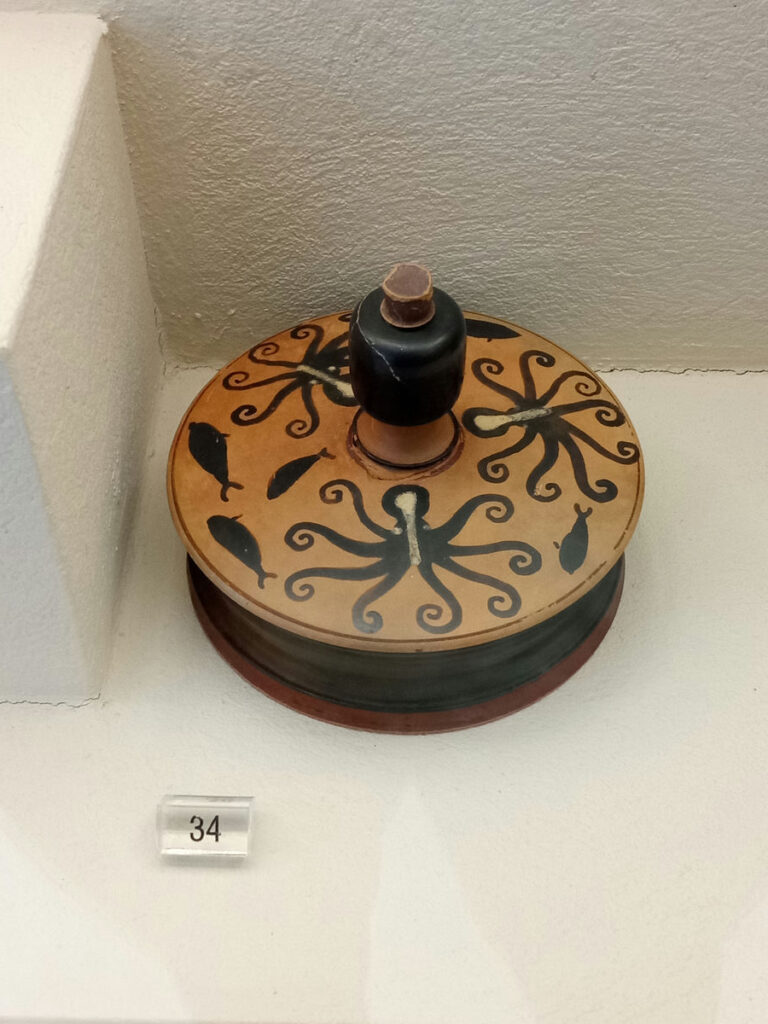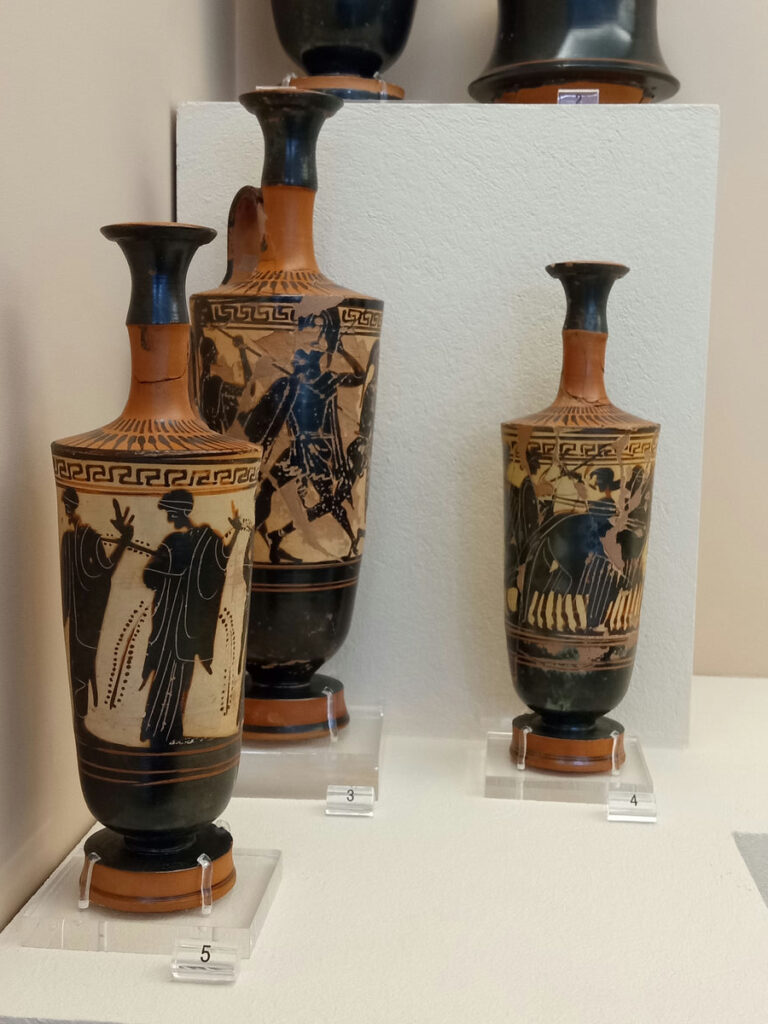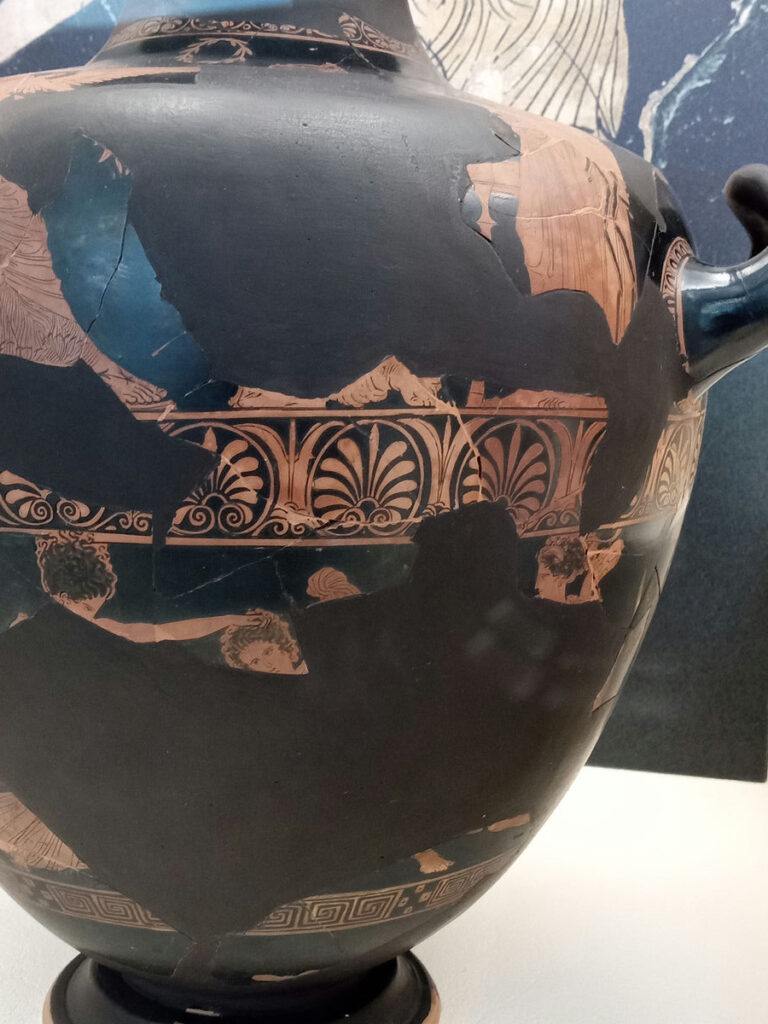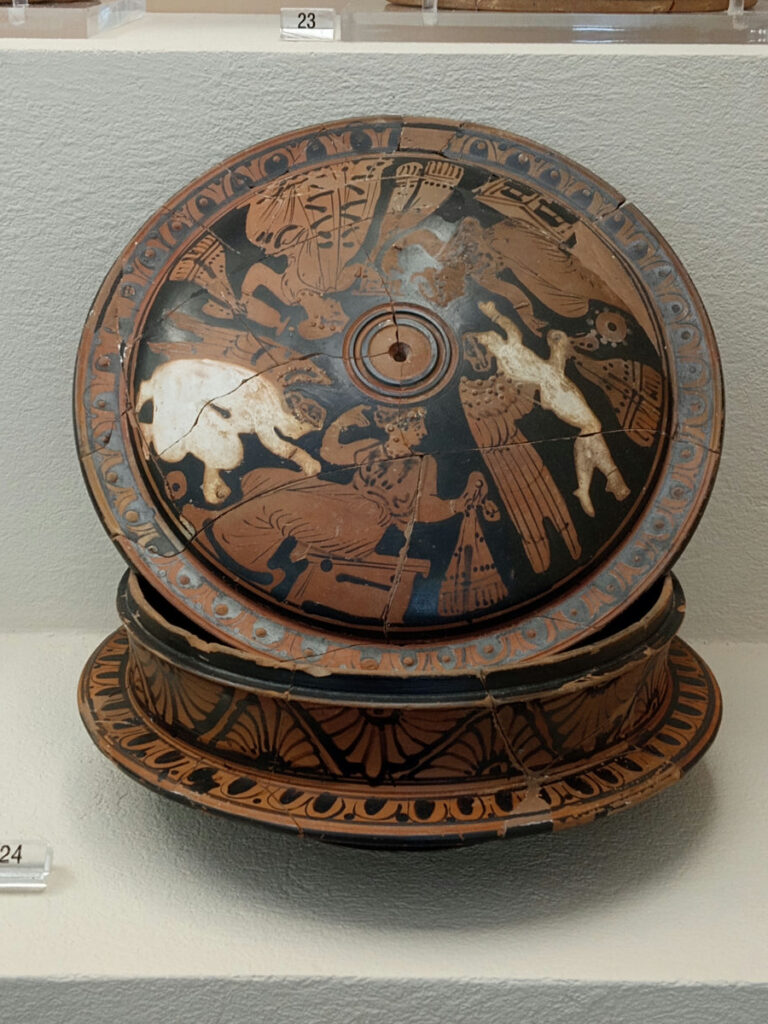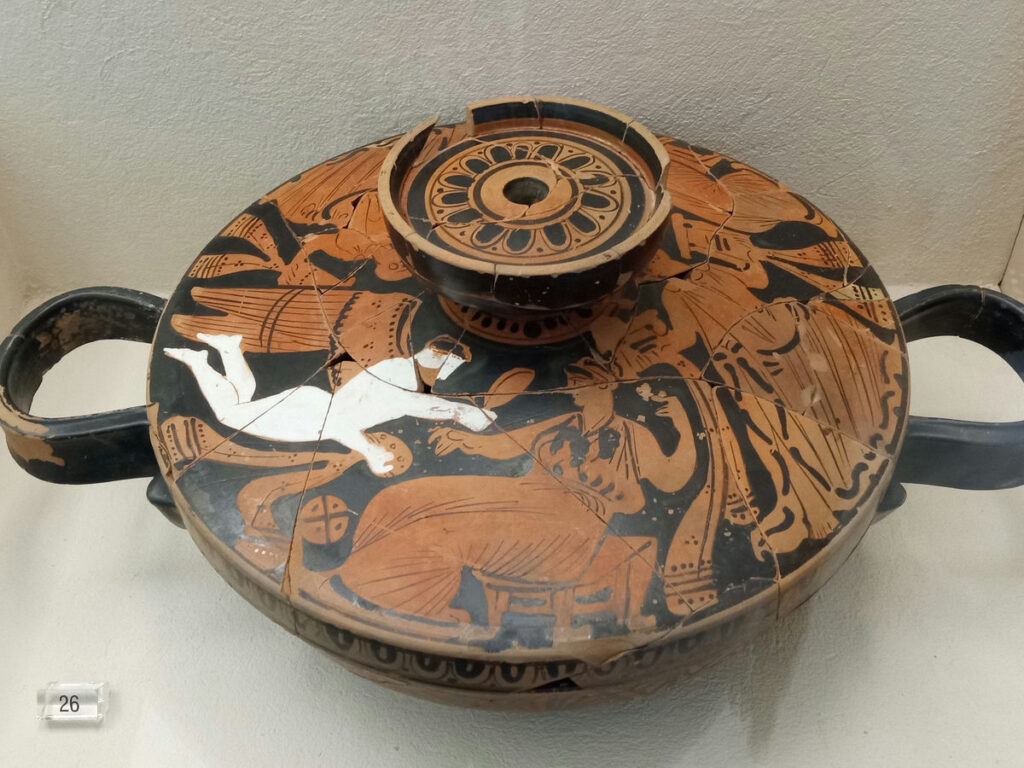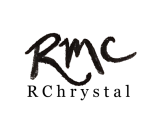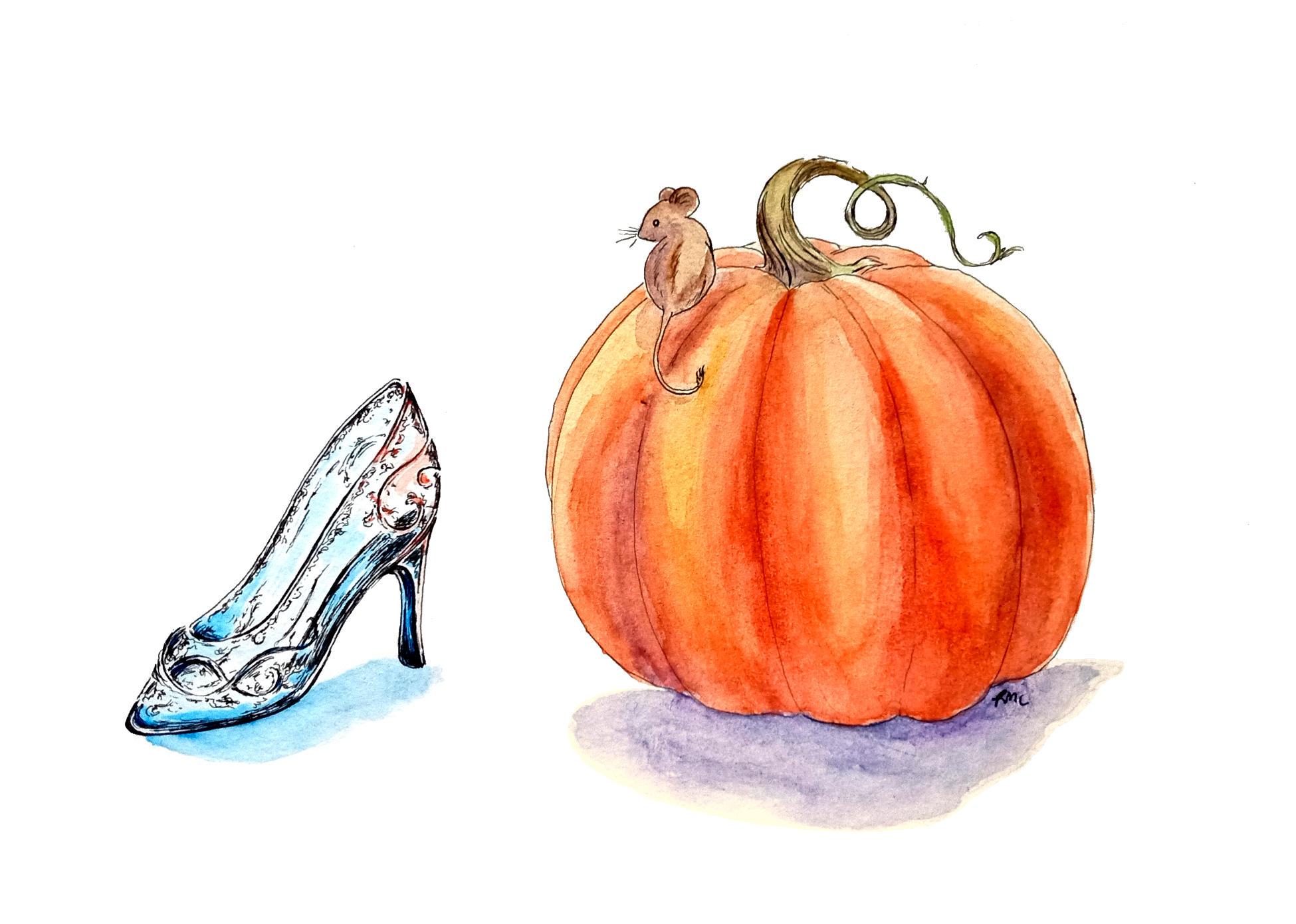Art and Museums in Athens
Have you ever noticed that there aren’t very many chairs in museums? Certainly not in useful places; benches tend to be stuck way off in the corner, so as not to impede the view, but that means that if you want to really study a piece, you have to stand for a long time.
I had thought I would do a lot more drawing while in Greece than I actually did, which I blame on the lack of opportune chairs in museums. In my head, I was going to do drawing studies of sculptures. If I were less self-conscious, I would bring a folding chair with me to museums and pop it open every time I saw something I wanted to really look at.
While wandering around the museums full of shards of sculptures and ceramics meticulously stuck back together, it occurred to me that people have found a lot of stuff from ancient history, and somehow, they know a lot about it. Several museums had displays such as pediments with only a few surviving pieces, like a hand, a leg, half a horse, and a torso – but they were arranged where they were originally placed on the pediment, sometimes with an accompanying illustration of the finished piece. And I wondered, how do they know? For that matter, when someone digs up a bronze sculpture of a man poised to throw something which is no longer there, how do we narrow down that it’s definitely either Zeus or Poseidon, and not a random dude throwing a spear?
I’m sure there’s a method. Maybe there’s even a documentary.
Acropolis Museum
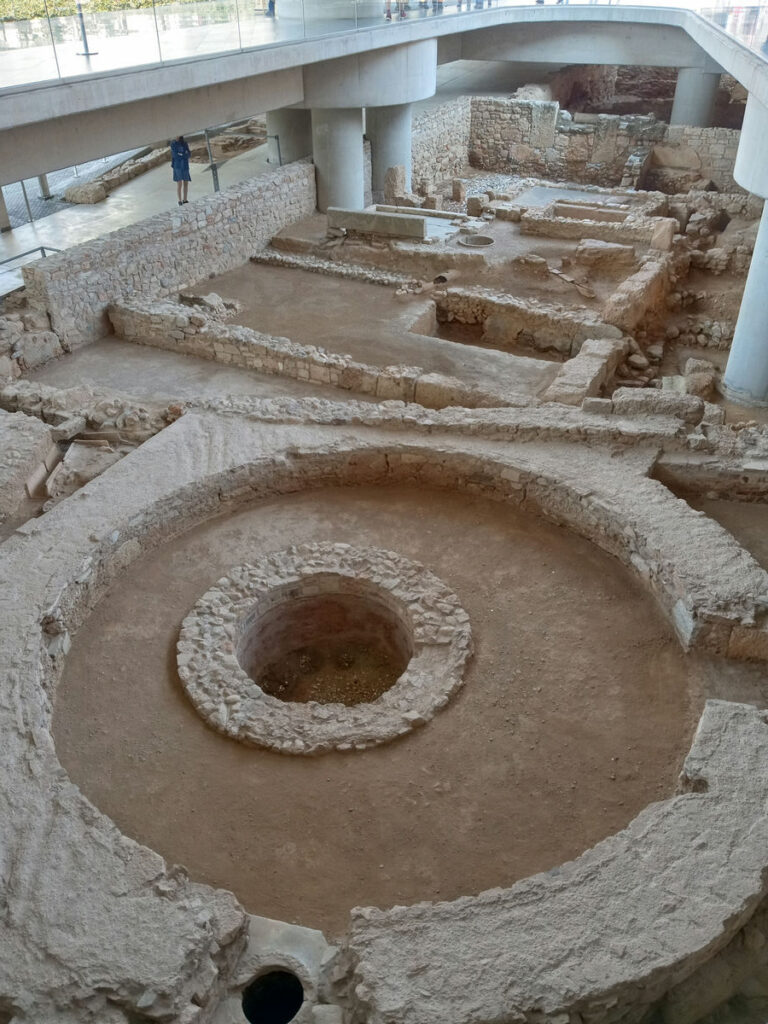
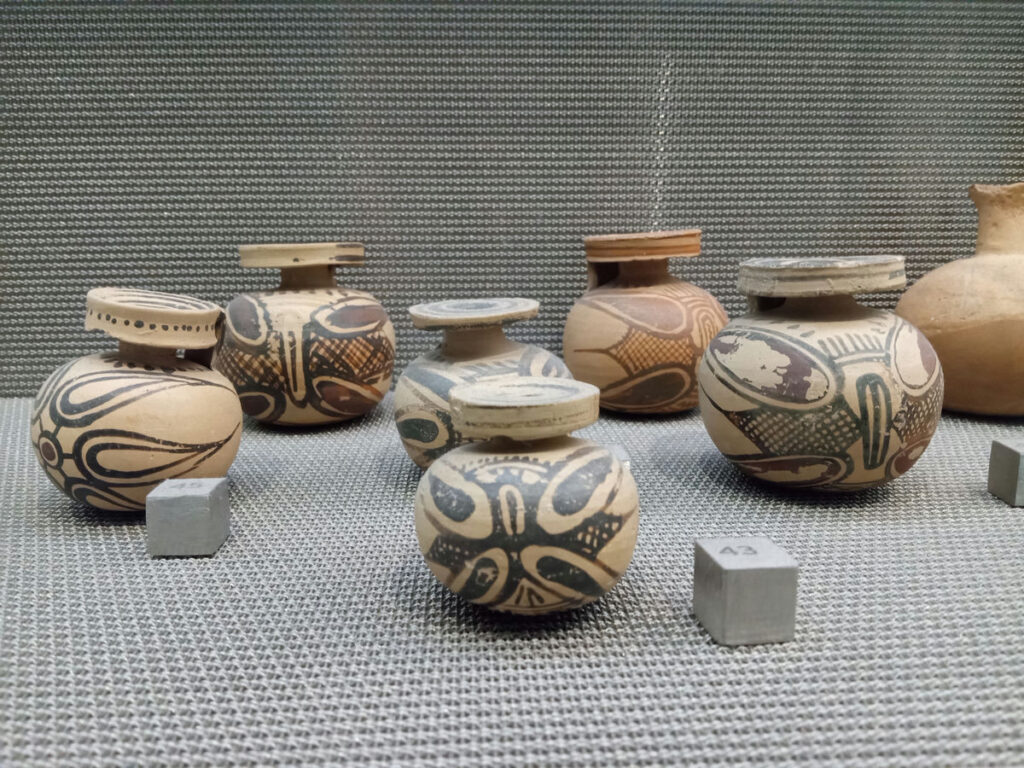
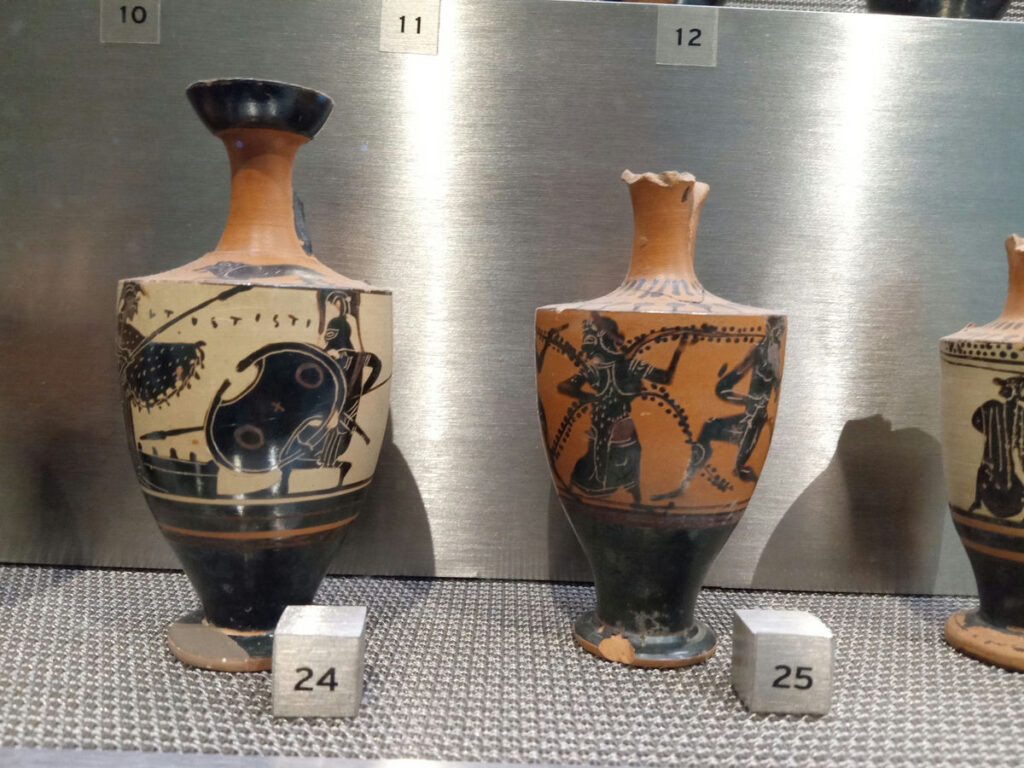
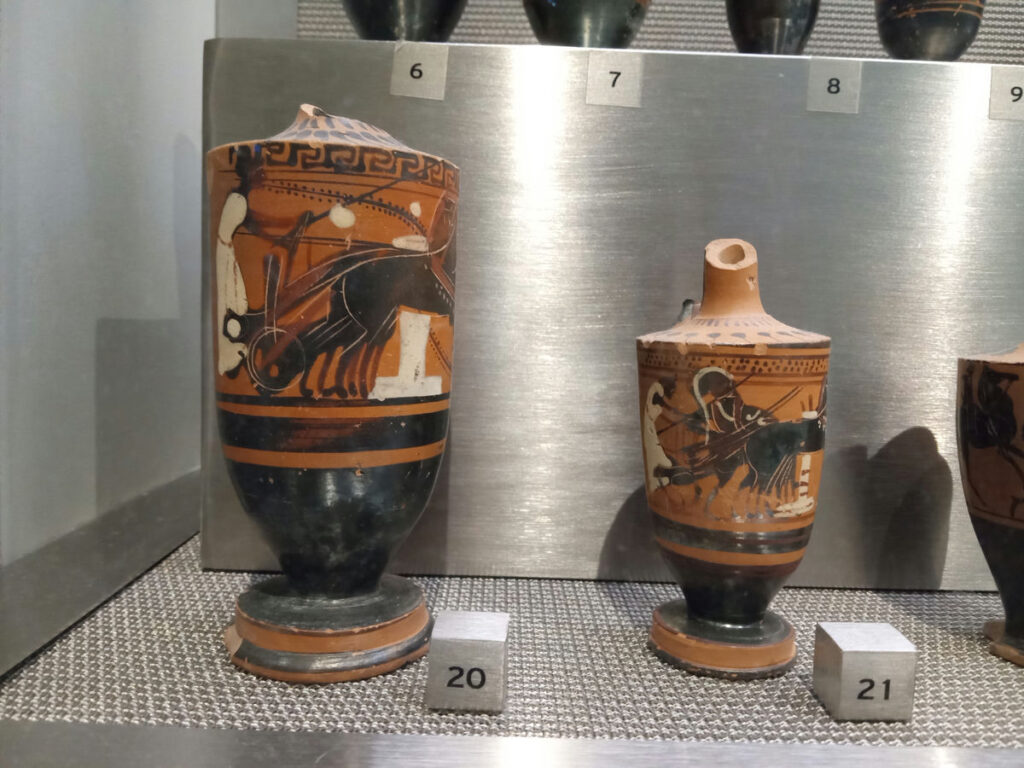
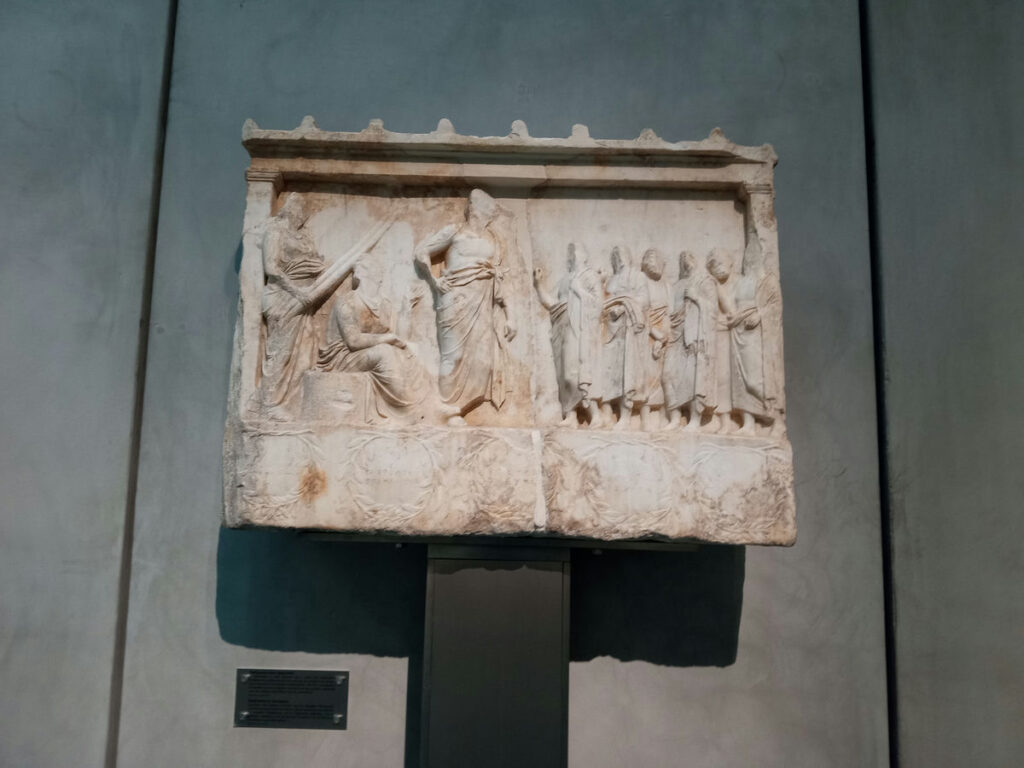
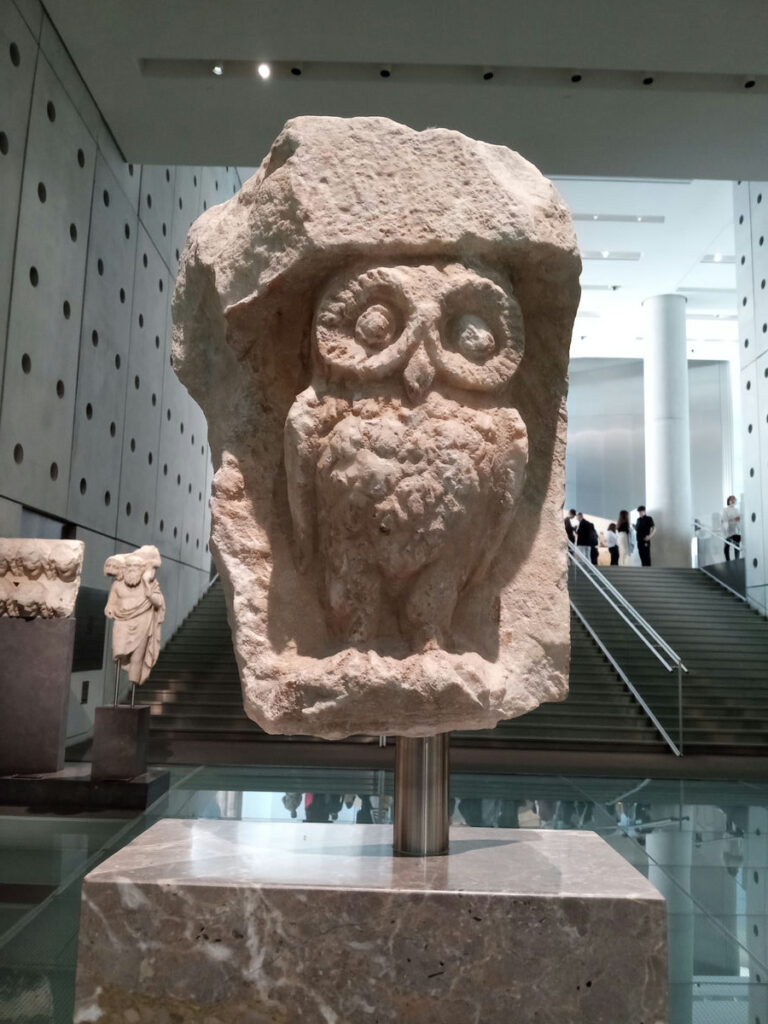
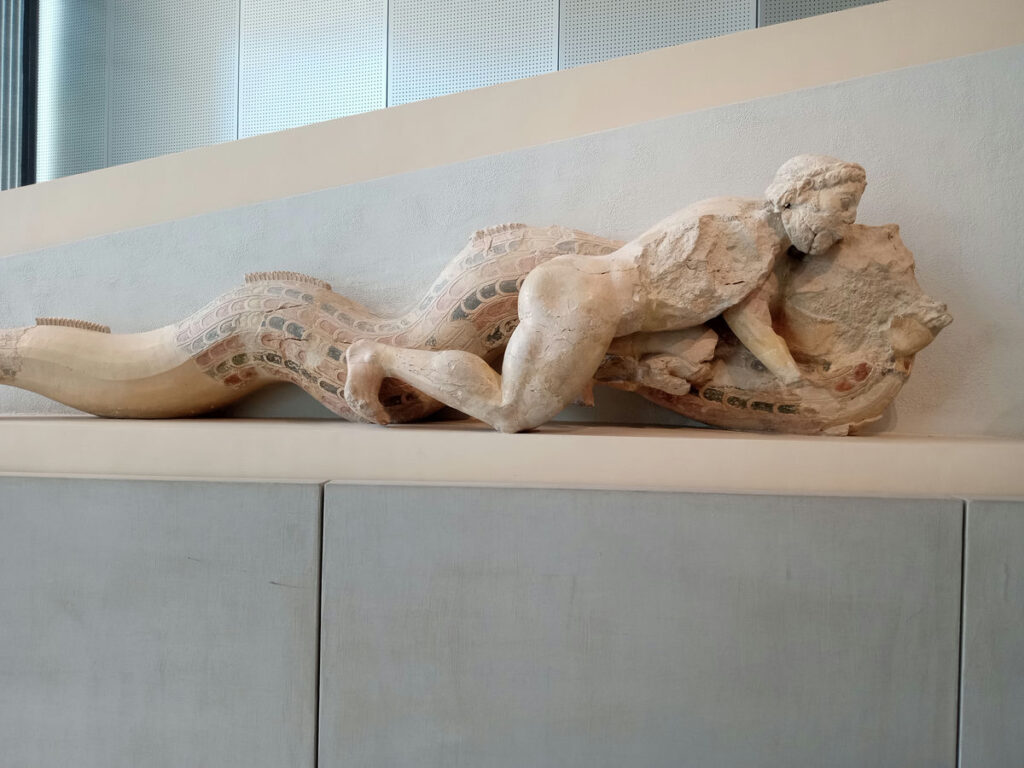
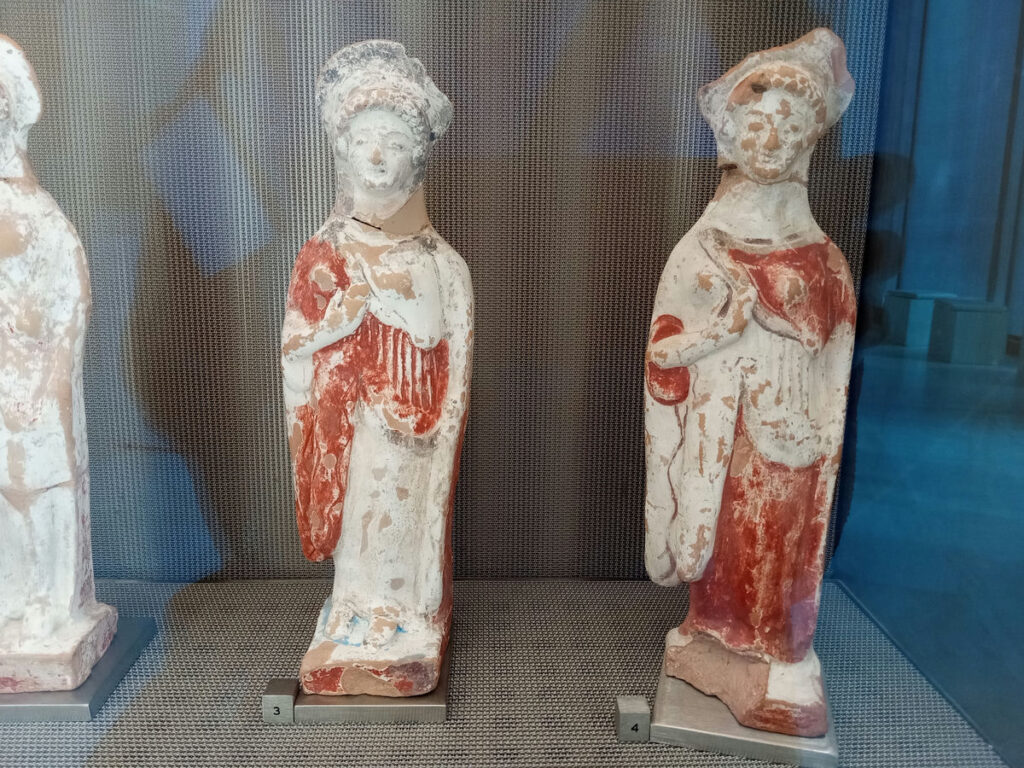
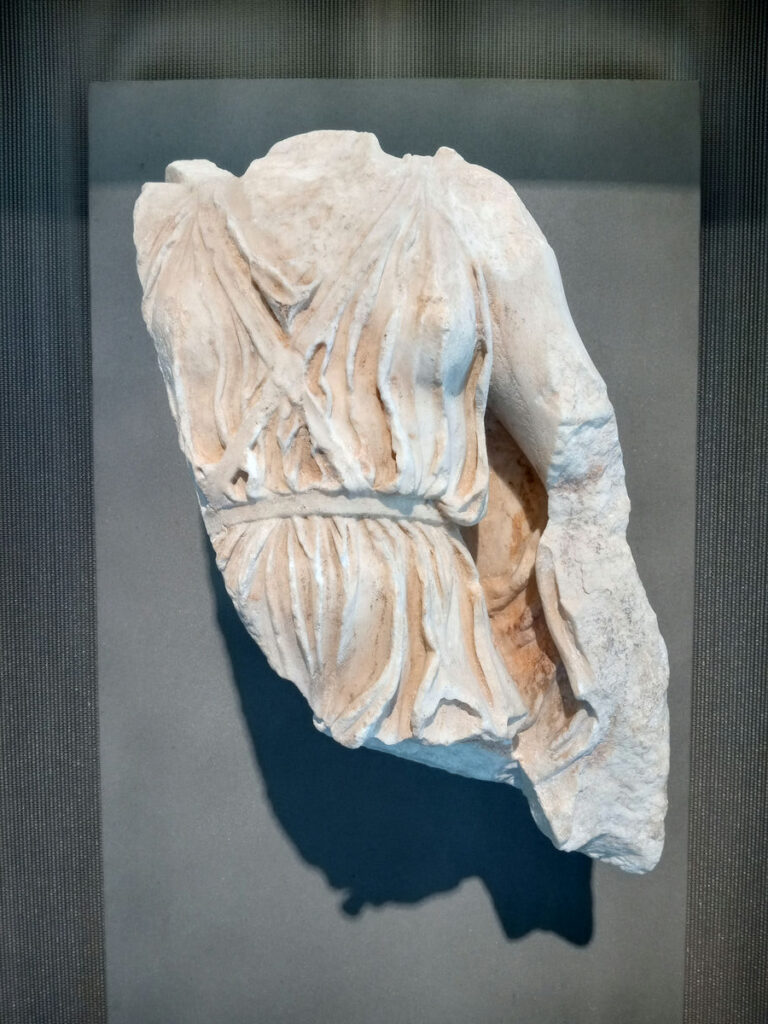
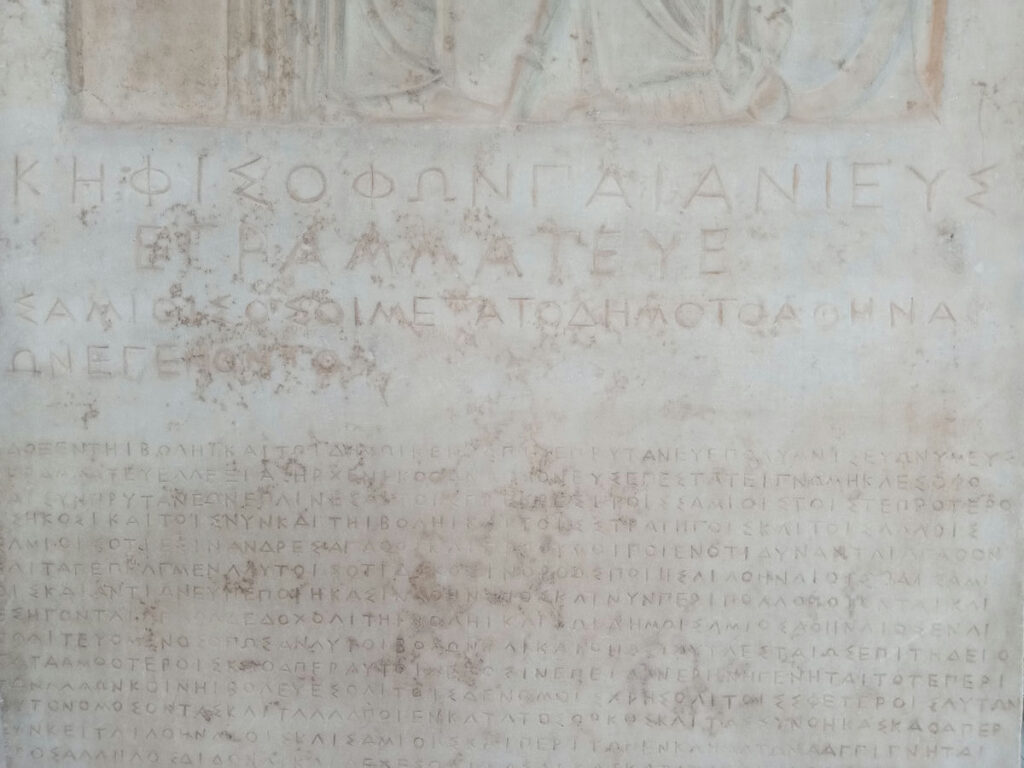
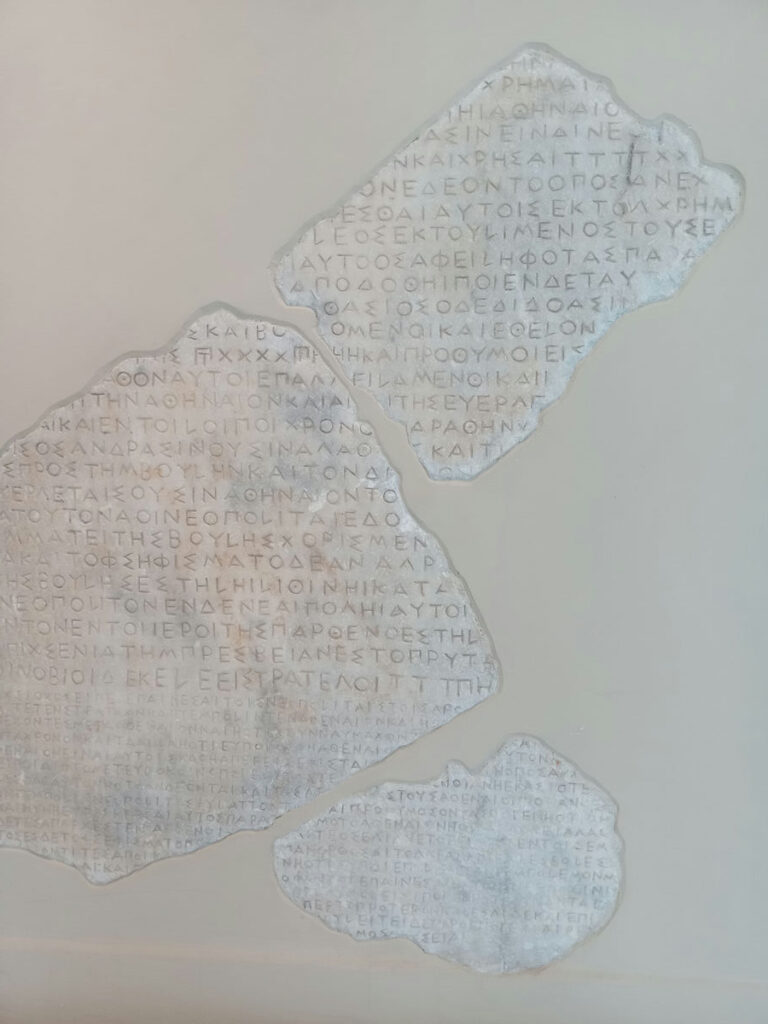
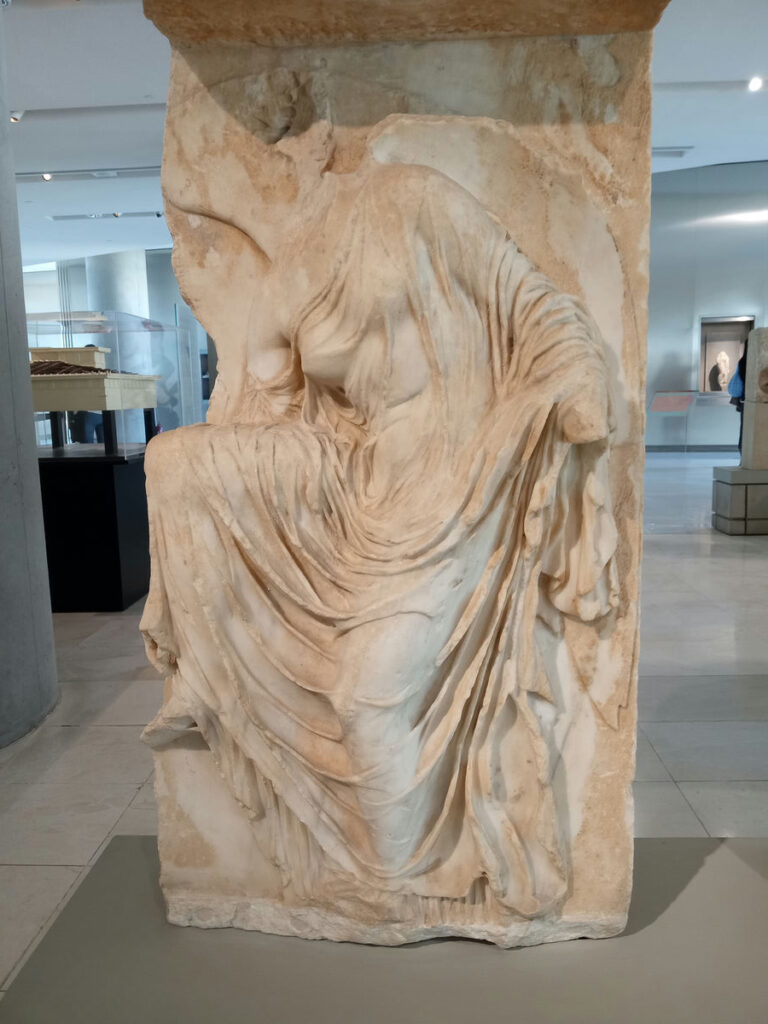
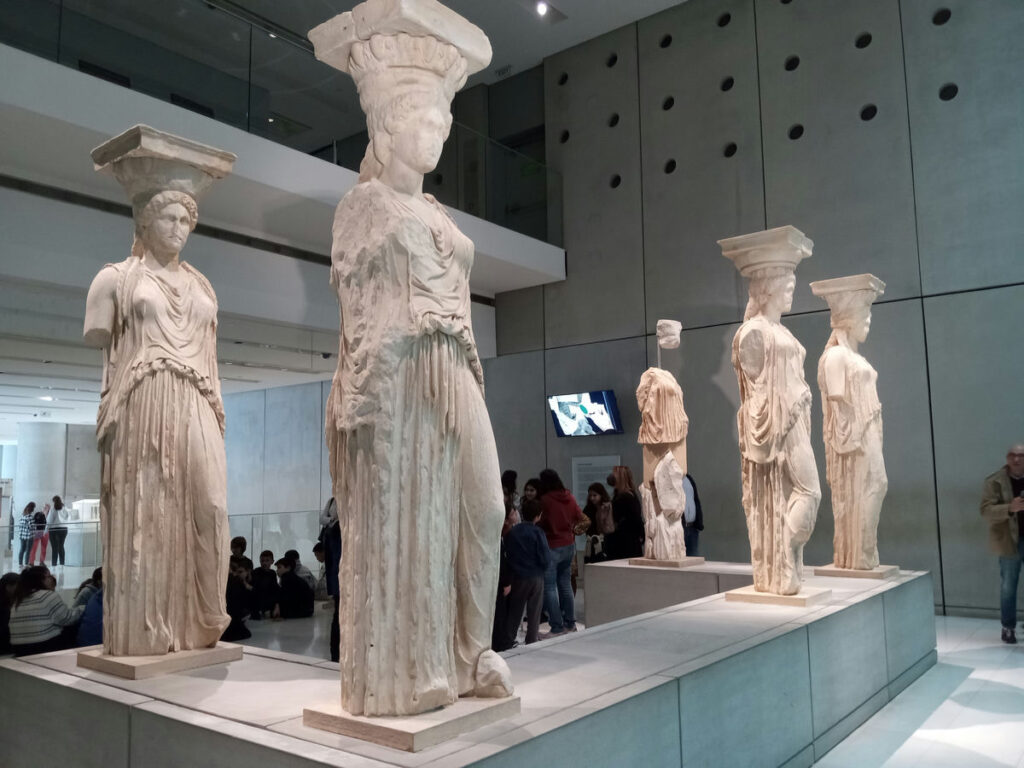
Raiment of the Soul
This was a temporary exhibit at the Acropolis Museum by the artists Vangelis Kyris and Anatoli Georgiev. The two created large-scale portraits of contemporary Greeks wearing actual costumes from Greek history. Kyris photographed the models, the images were printed on cotton, and Georgiev then embroidered details onto the fabric print. (Interesting links after the gallery)
THIS WAS THE COOLEST THING EVER. I love the mixed media and mixed genre of the gallery. It wasn’t just a mashup of photography, textiles, and fashion, but also of art, history, culture, and contemporary times. It combined ideas and genres, broke a few, and created an exhibition which is a both familiar and foreign.
Major props to the models, by the way, for appearing serene, mysterious, and regal while probably feeling ridiculous. I can’t imagine it would be easy to appear composed while wearing a lace doily on your head, or swishing tassels around your face.
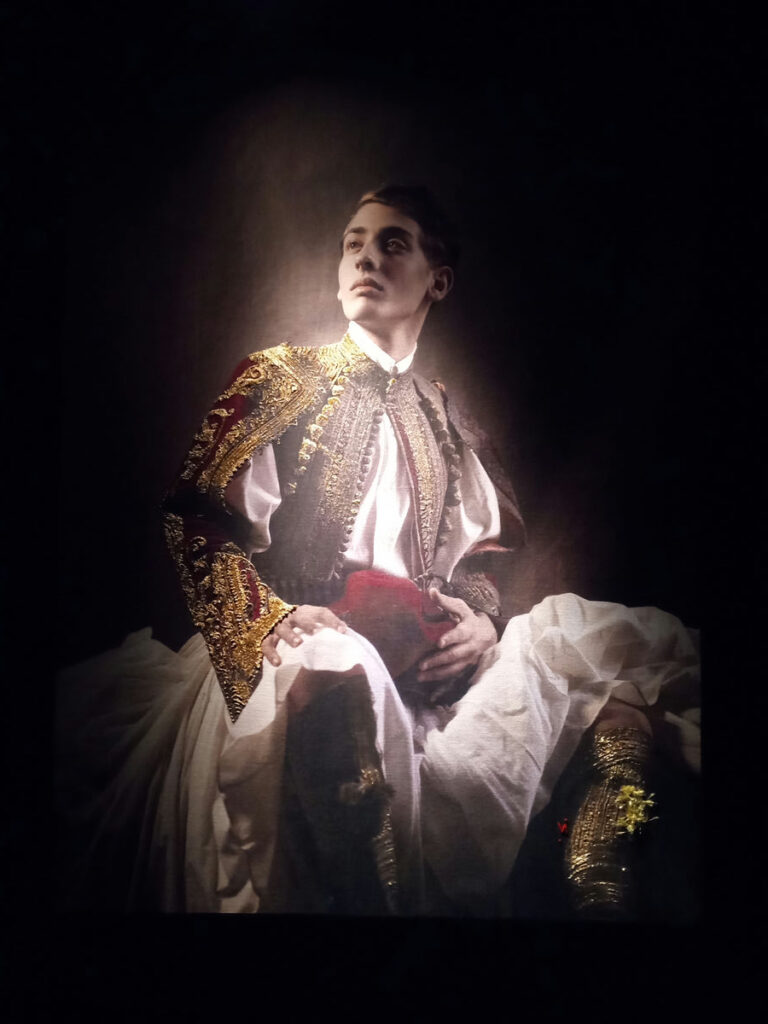
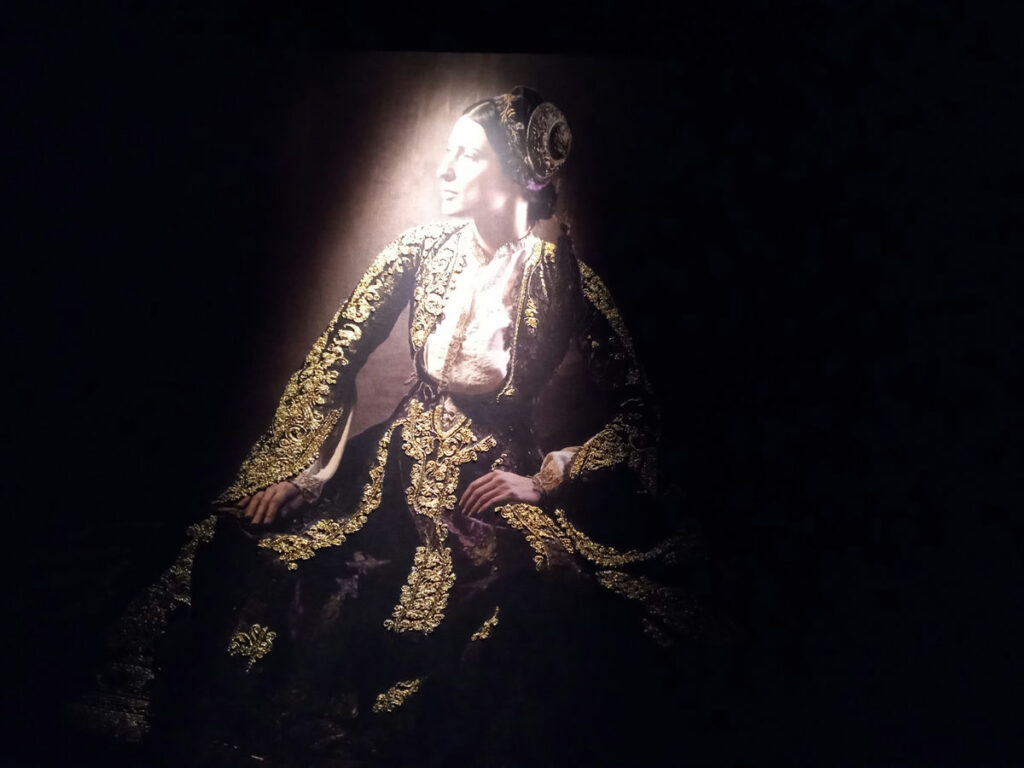
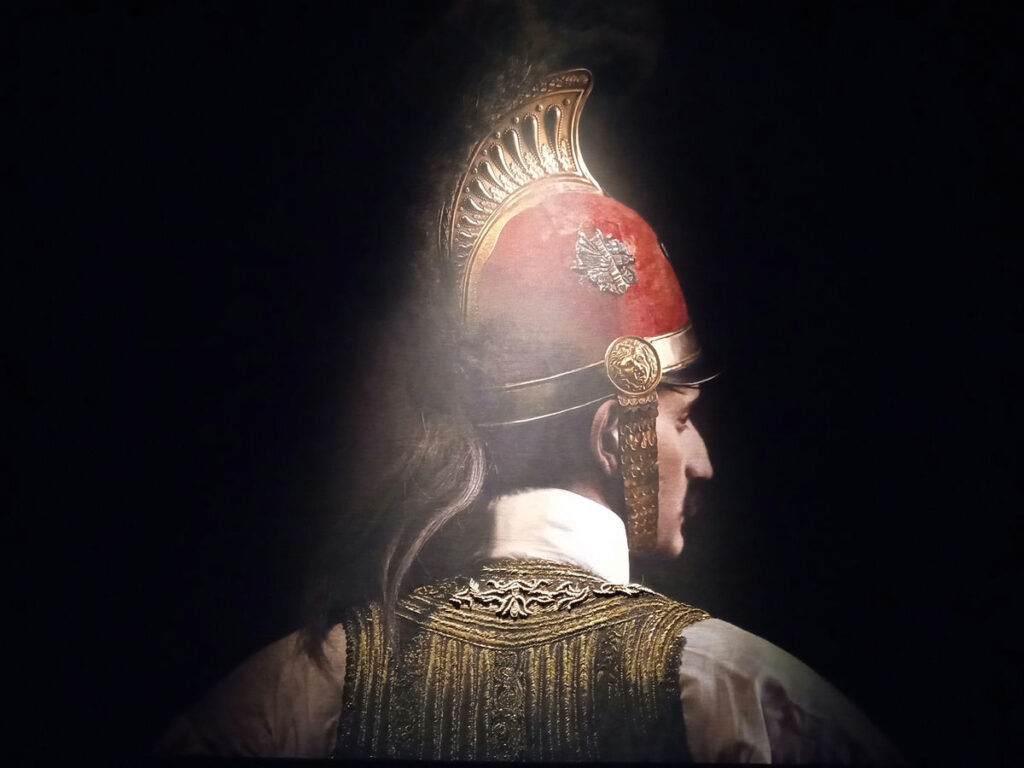
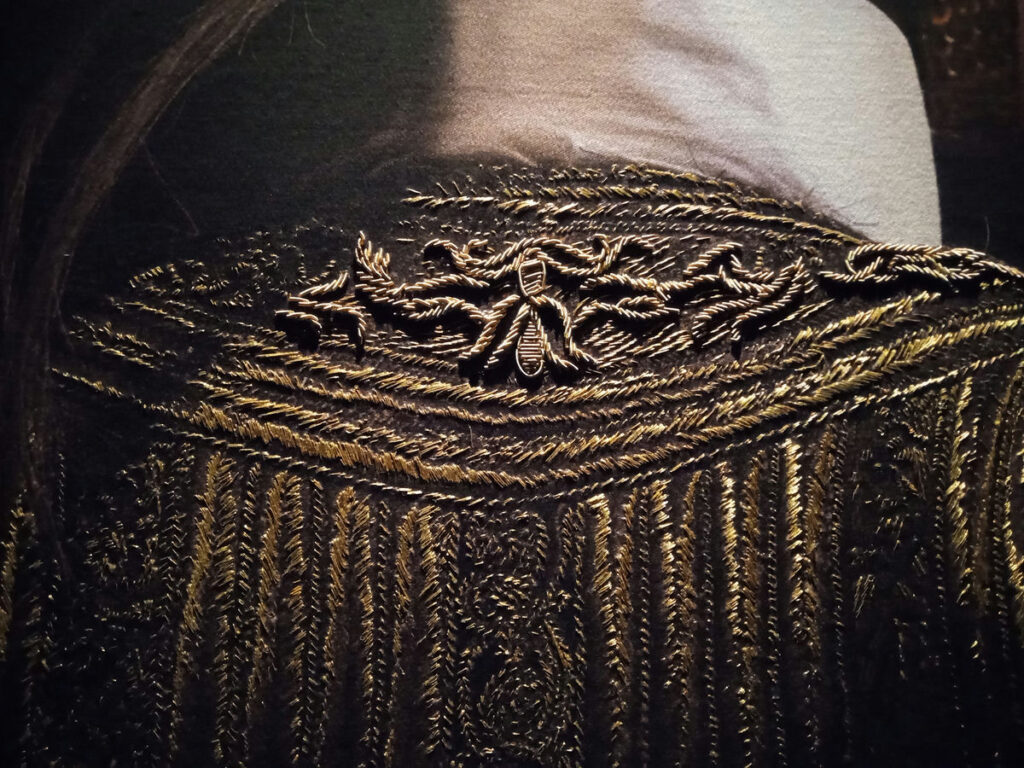
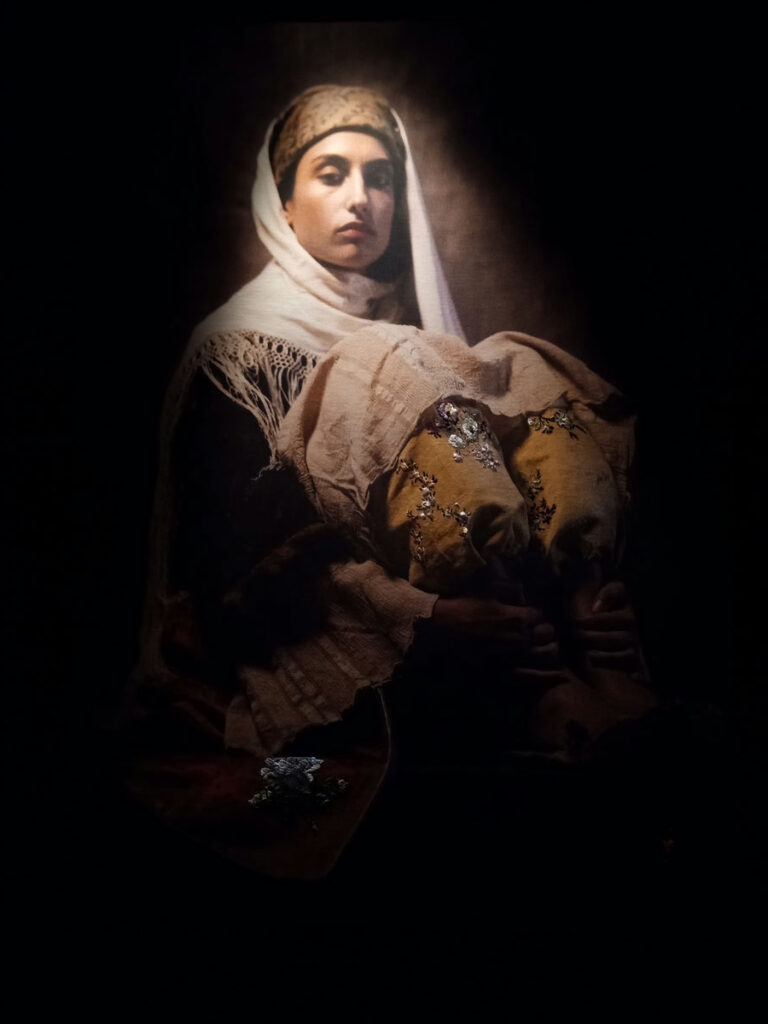
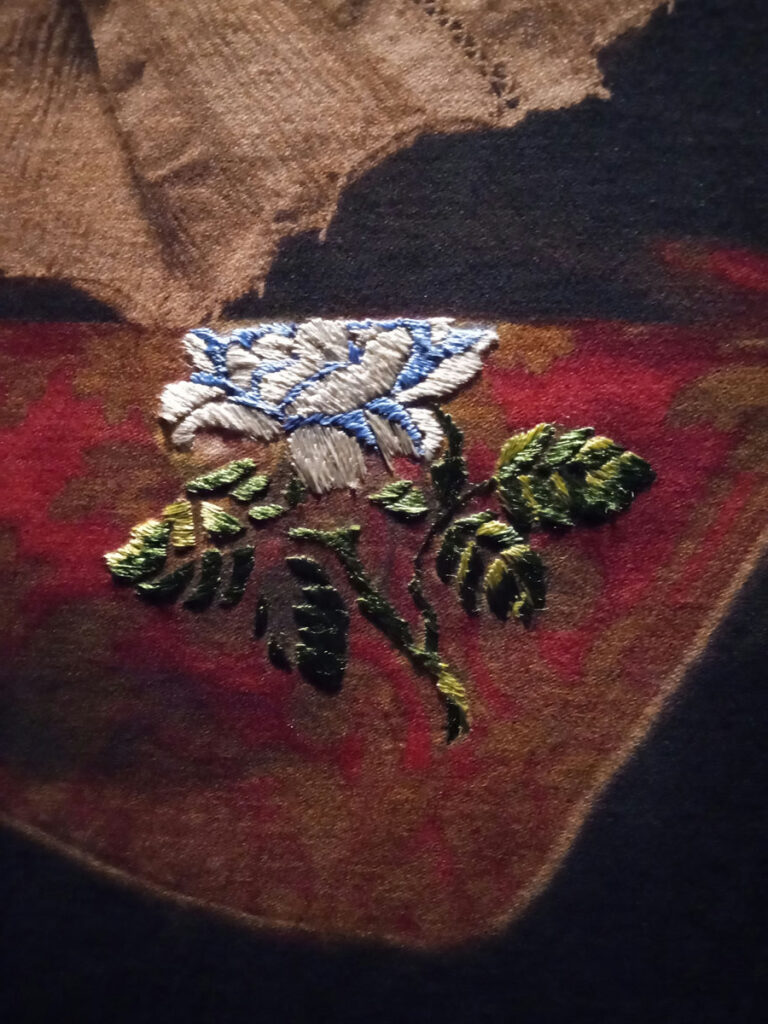
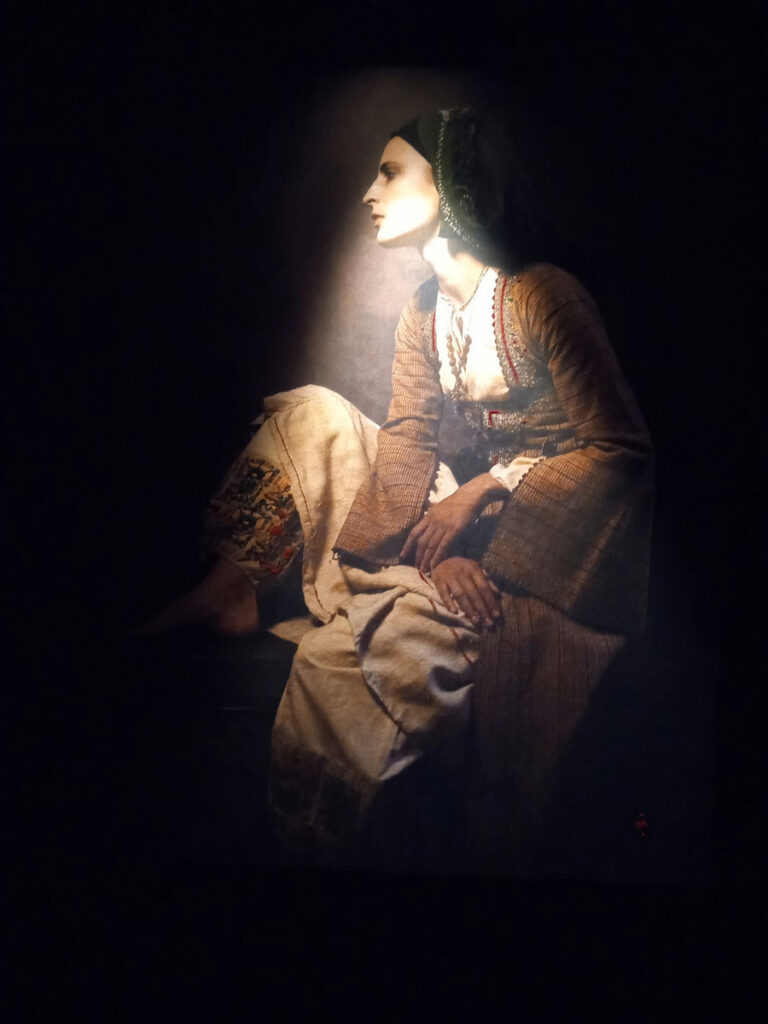
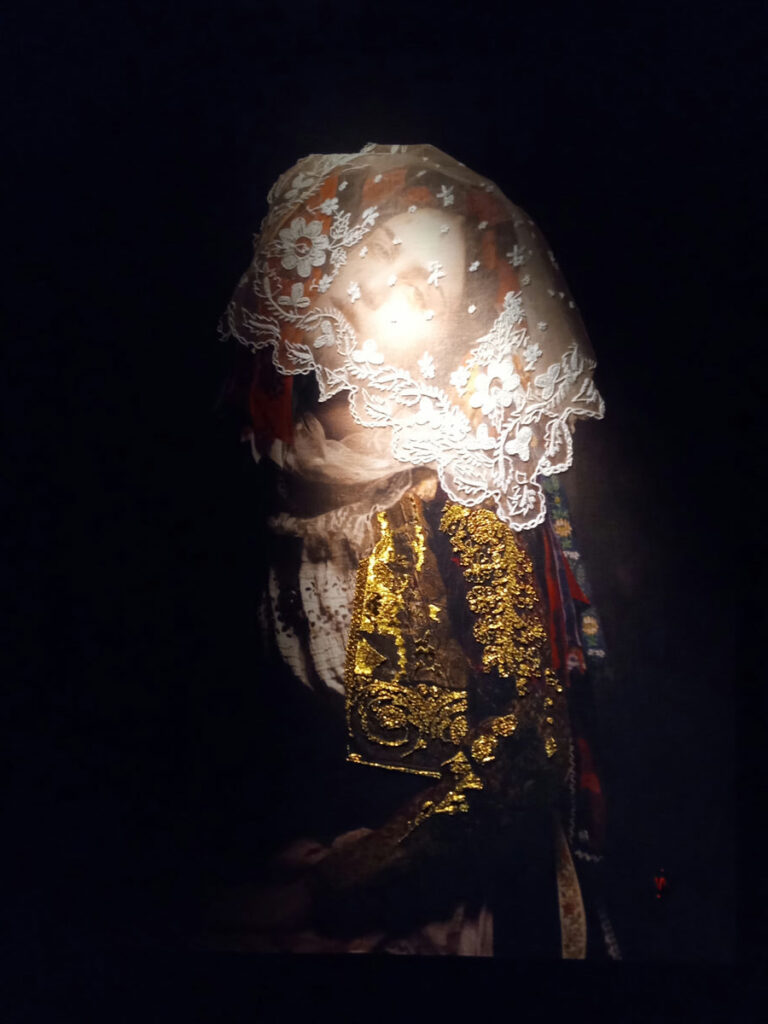
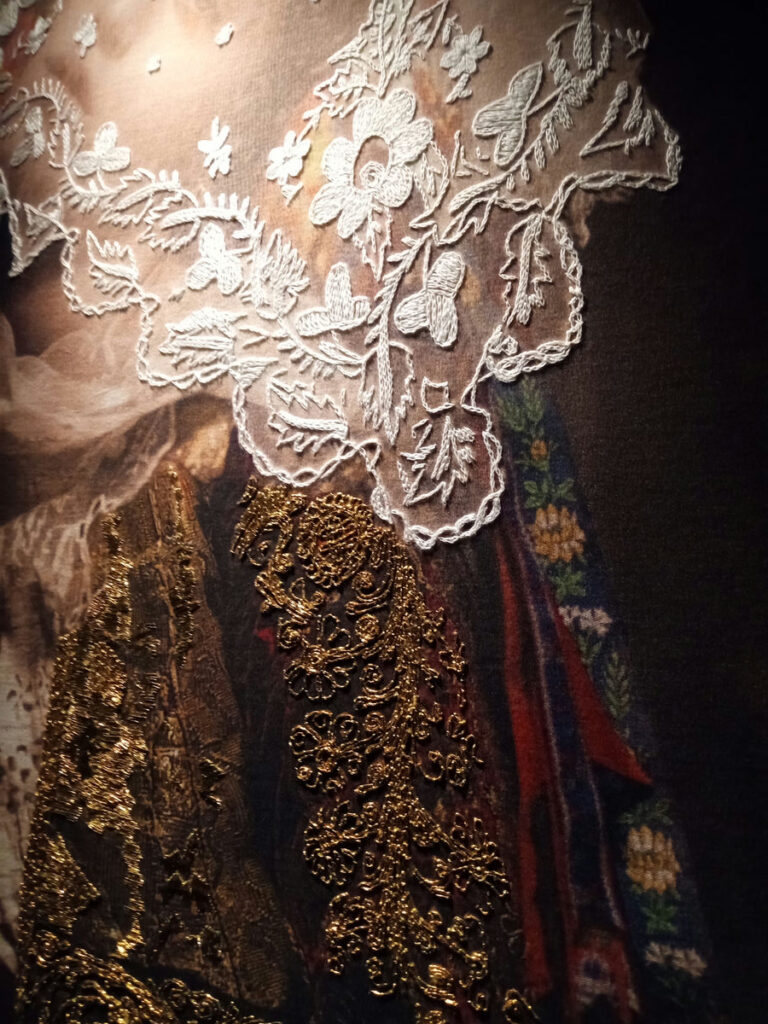
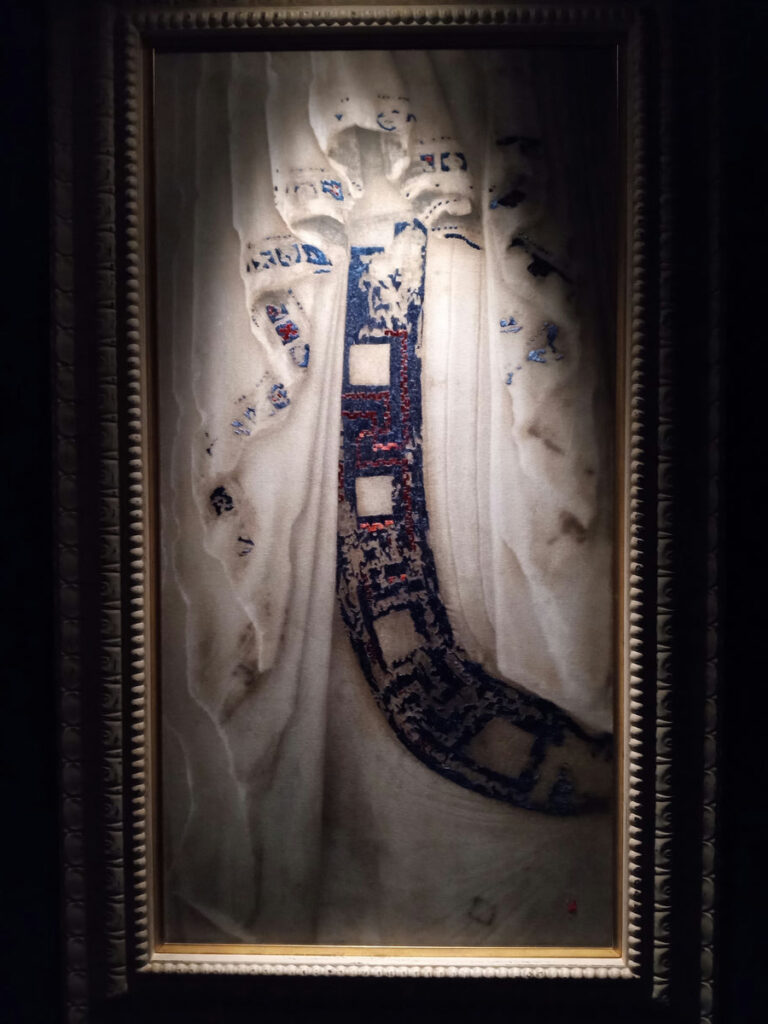
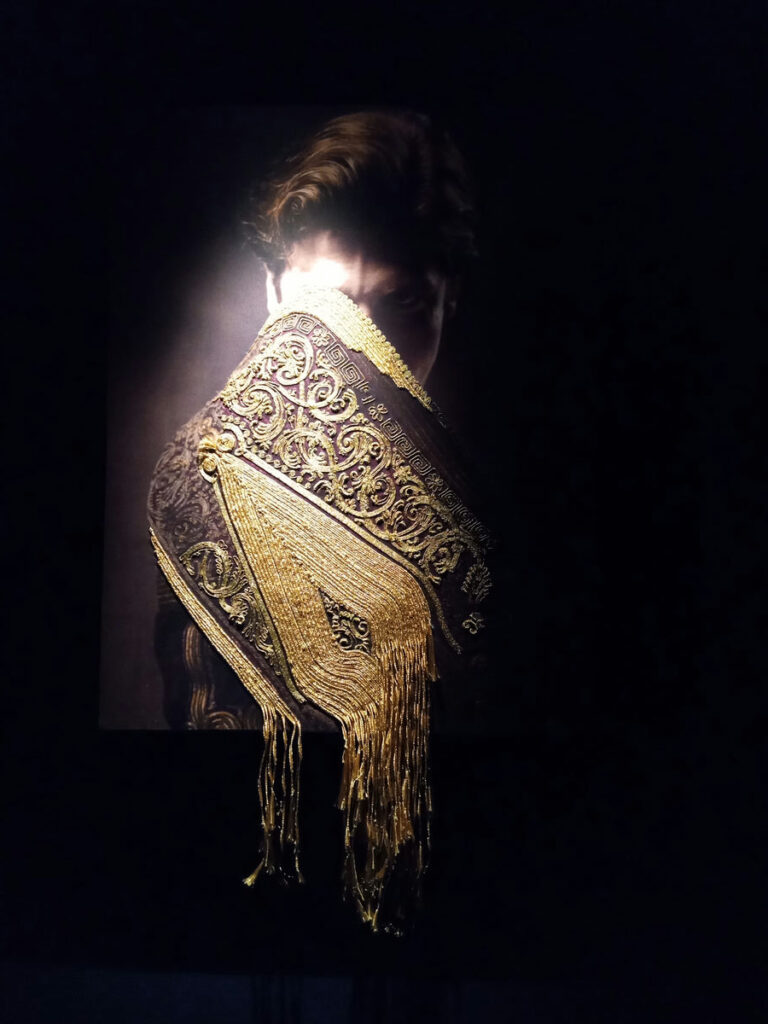
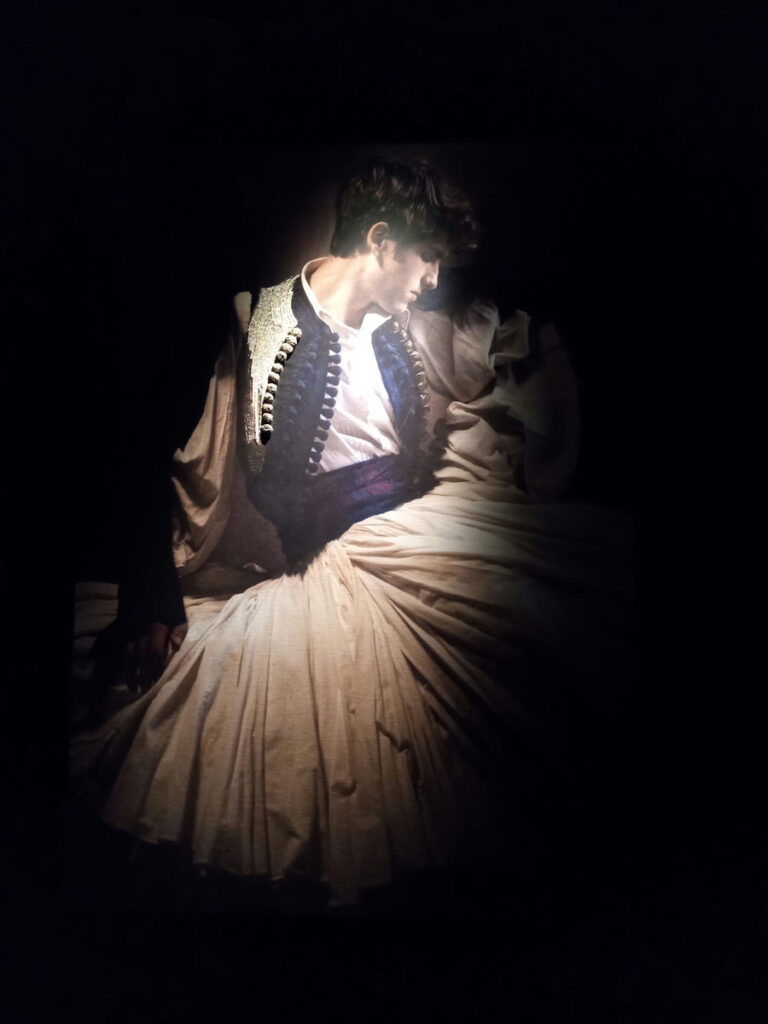
More info and better pictures:
- https://gallerykourd.gr/artists/vangelis-kyris-anatoli-georgiev/ (this has very good pictures please go look at them)
- https://www.theacropolismuseum.gr/en/temporary-exhibitions/raiment-soul#:~:text=From%2020%20December%202022%20until,National%20Historical%20Museum%20of%20Athens.
- https://www.thisisathens.org/events/raiment-soul-acropolis-museum
National Archaeological Museum in Athens
Sadly, I wasn’t here very long because I wasn’t feeling great that day. I wanted to spend more time looking at the human sculptures, but alas, my mortal body failed my immortal soul. I spent some time browsing their digital collection here instead. They have a sarcophagus.
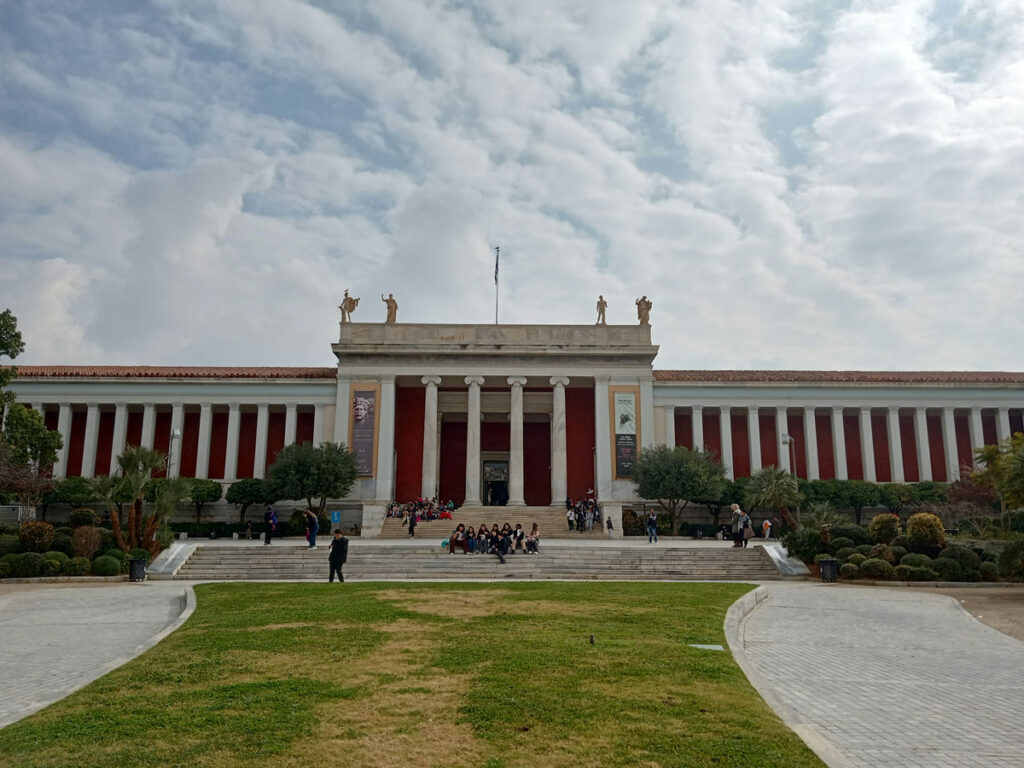
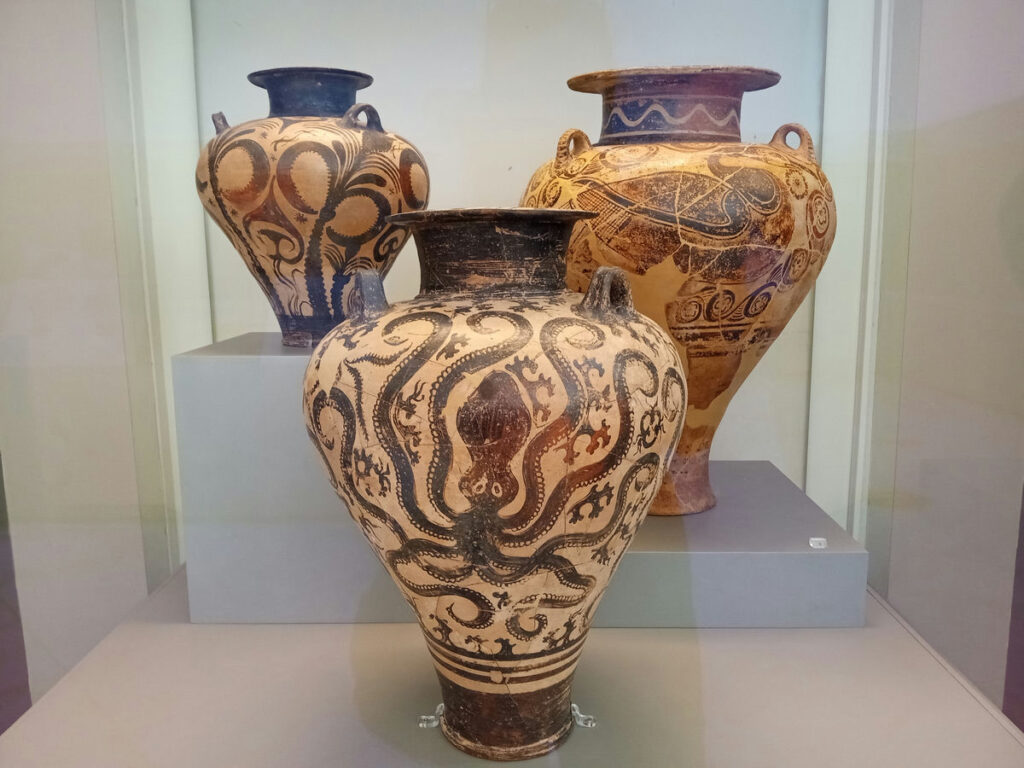
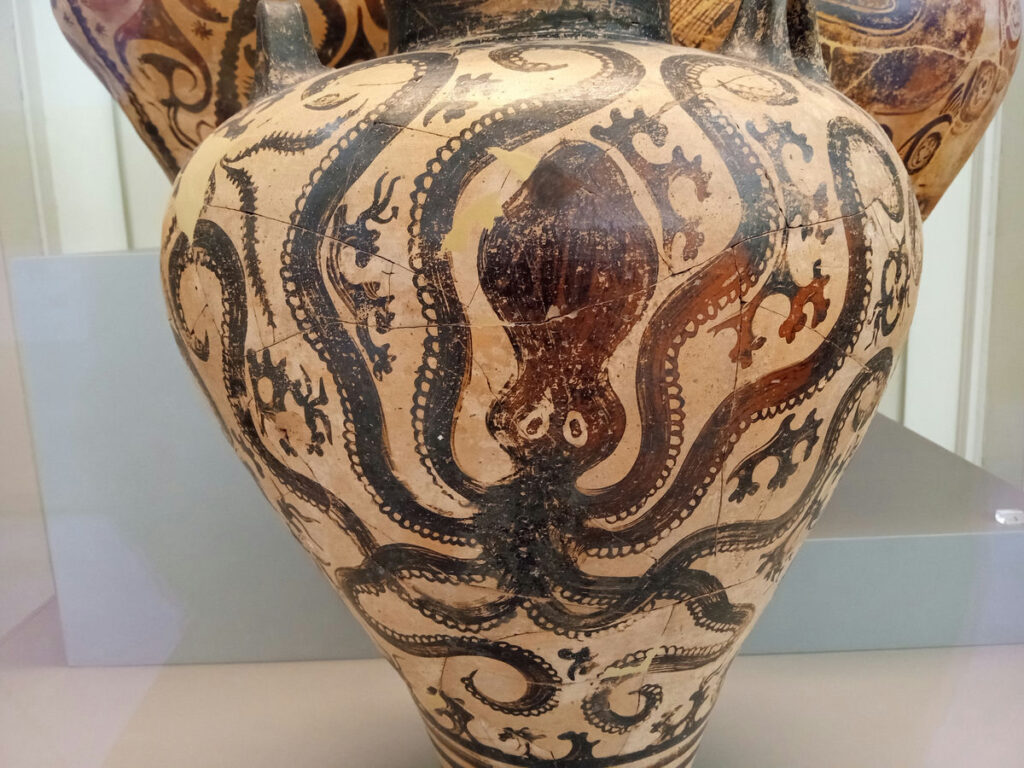
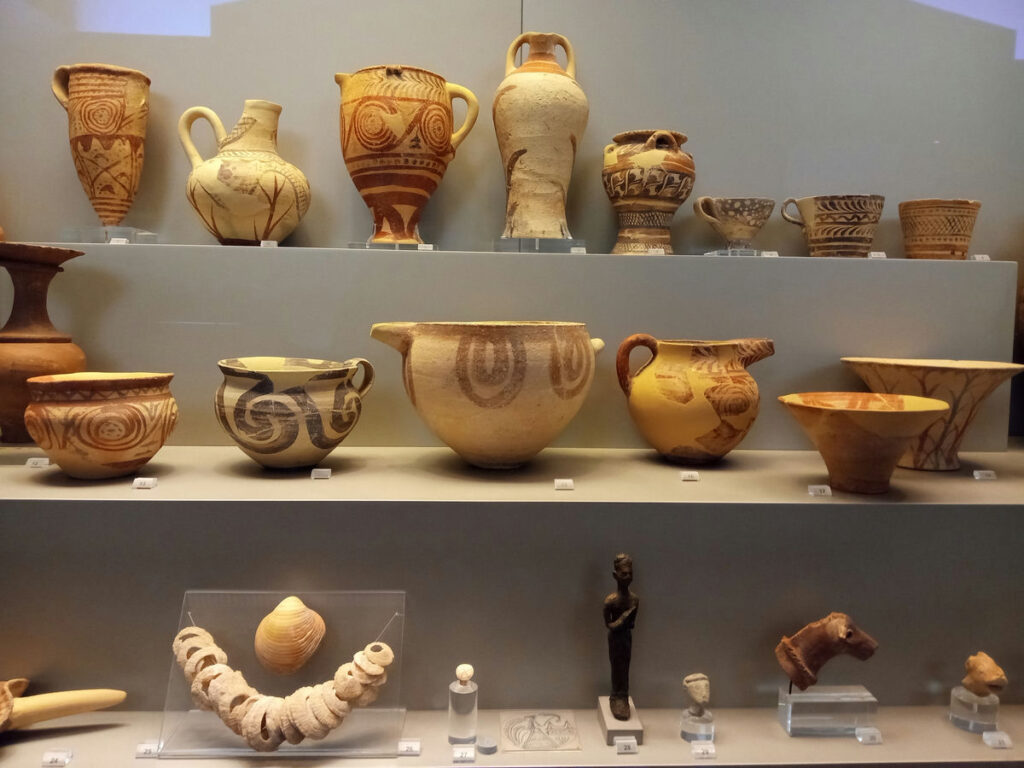
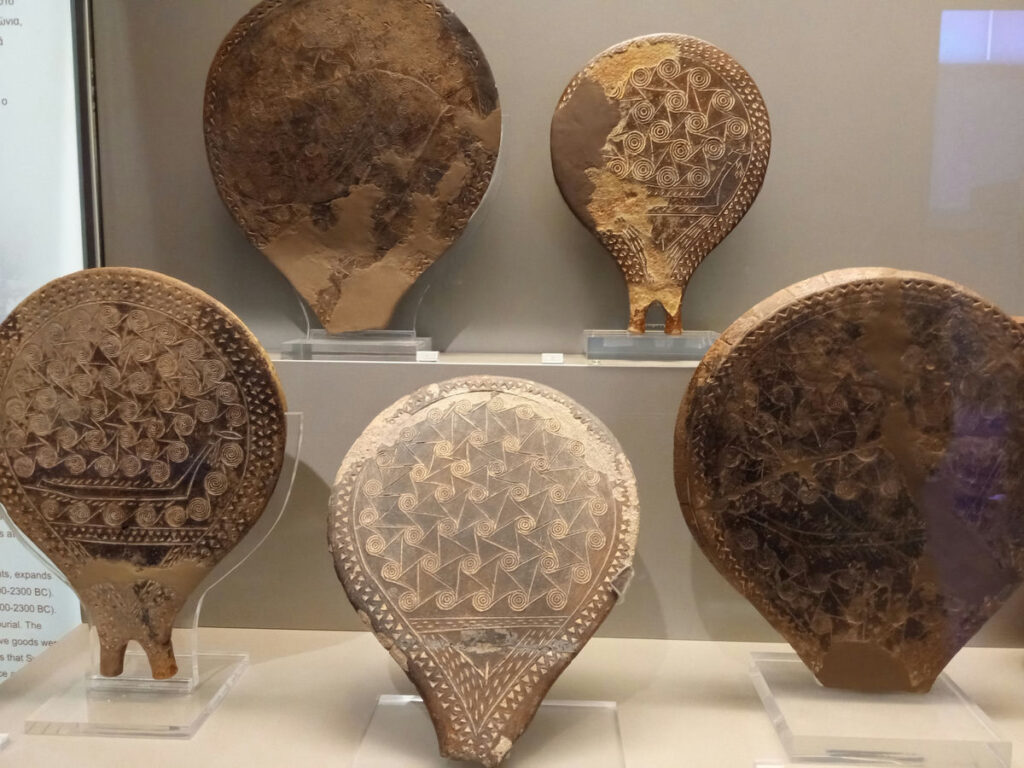
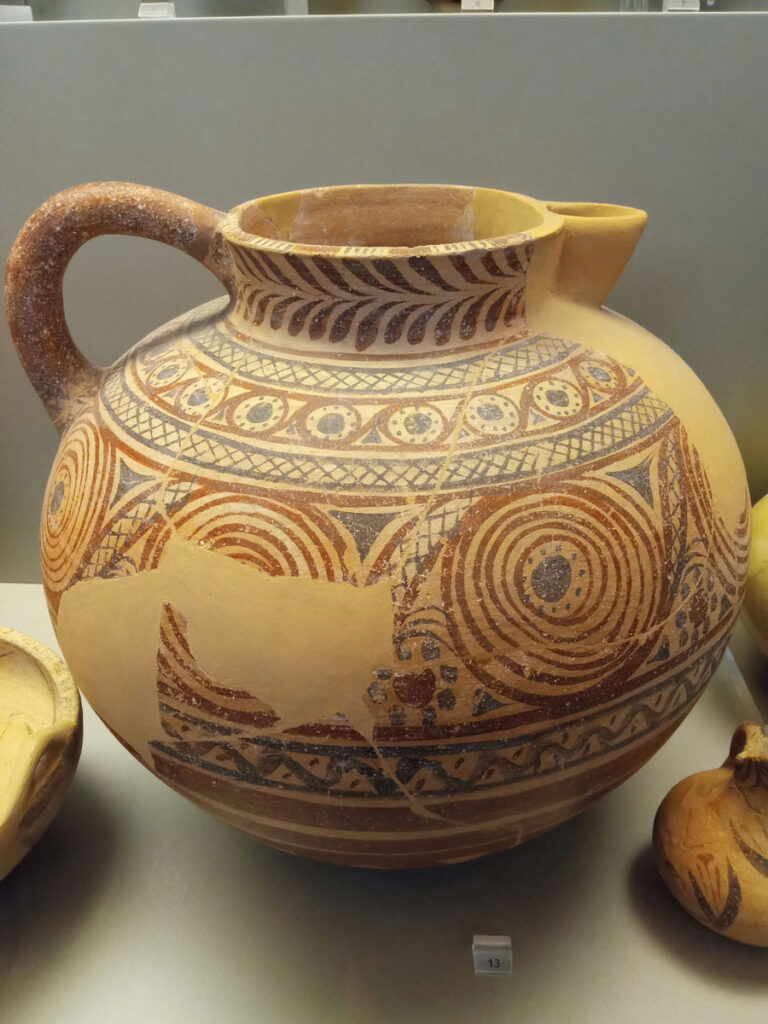
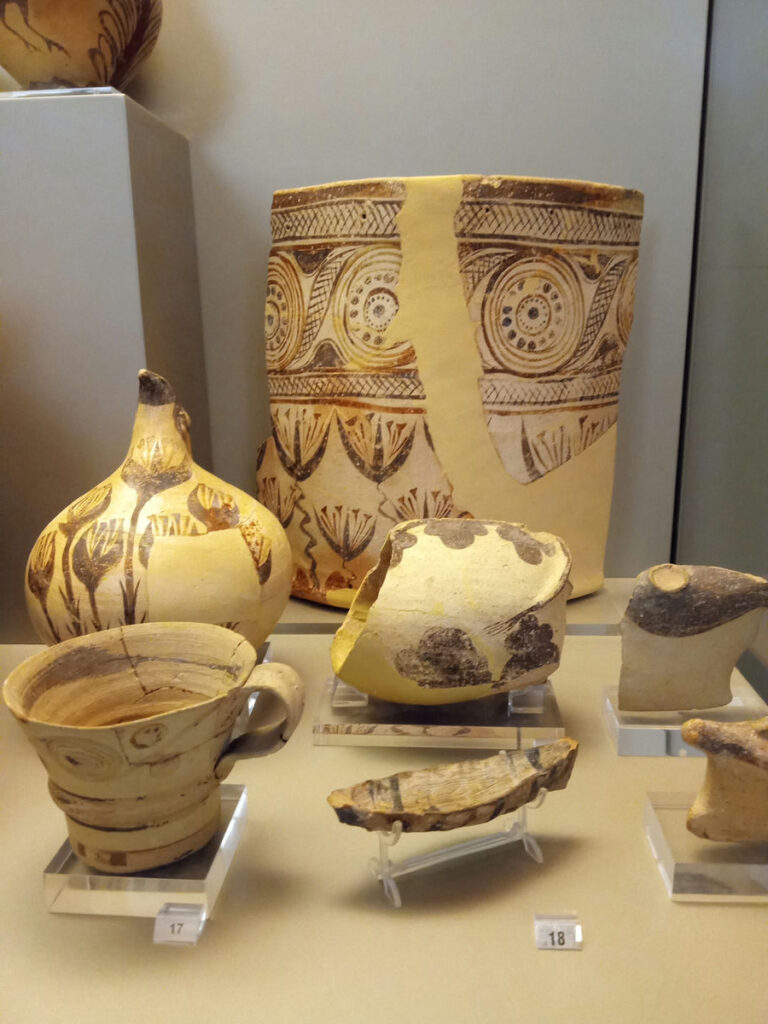
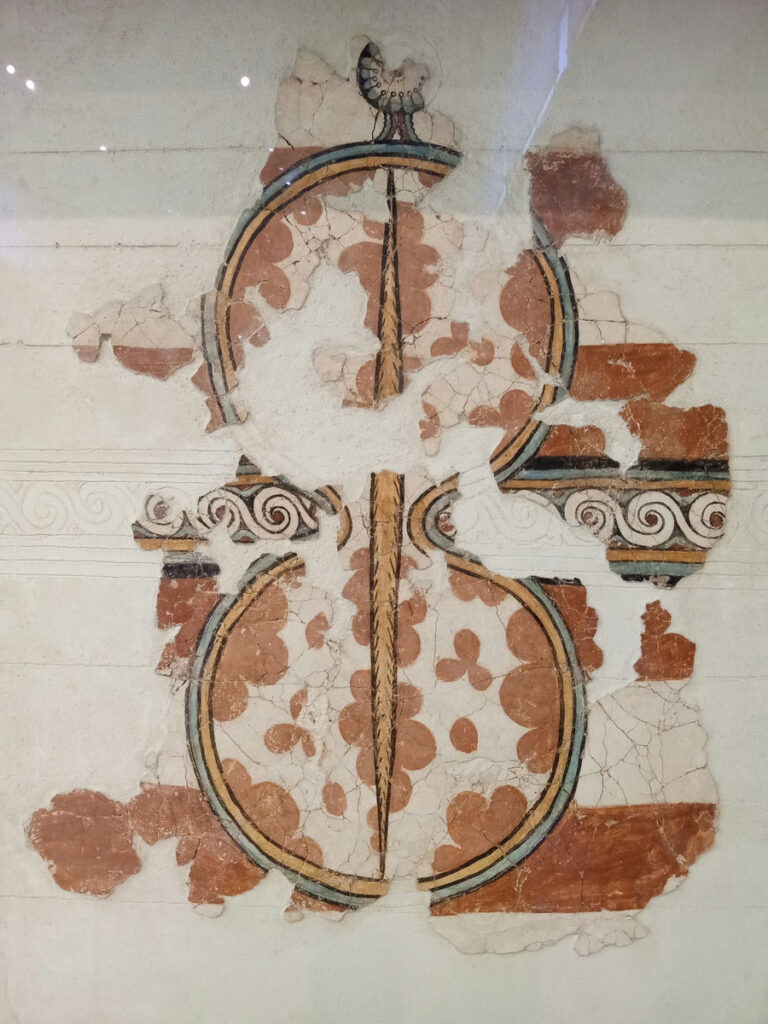
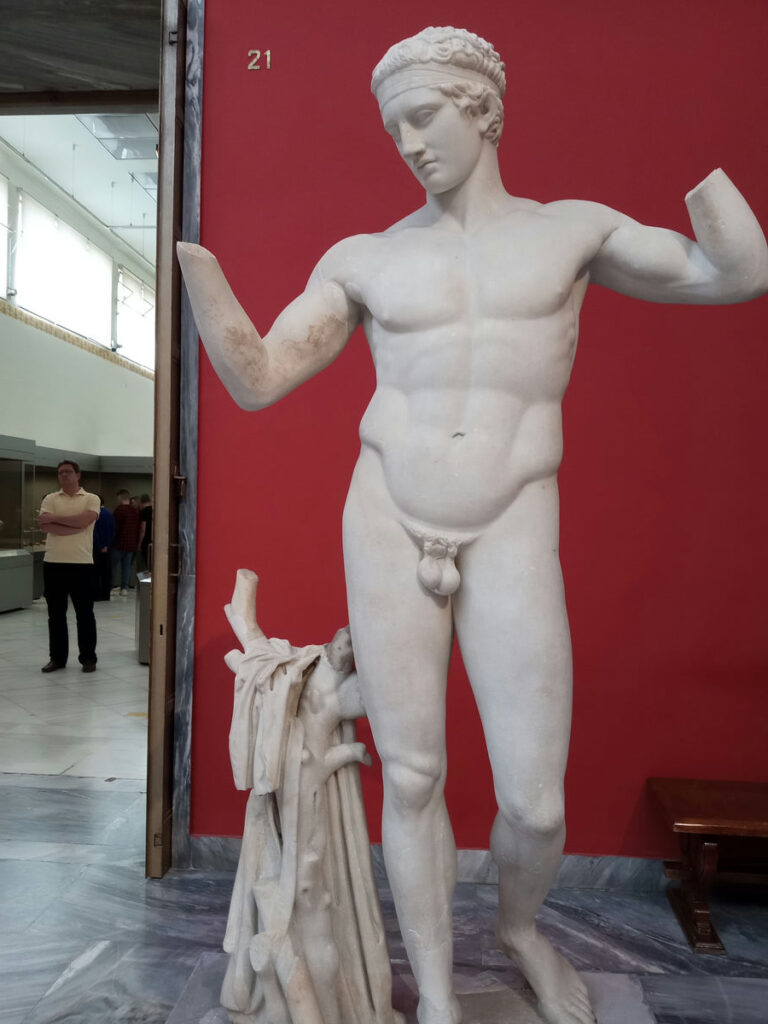

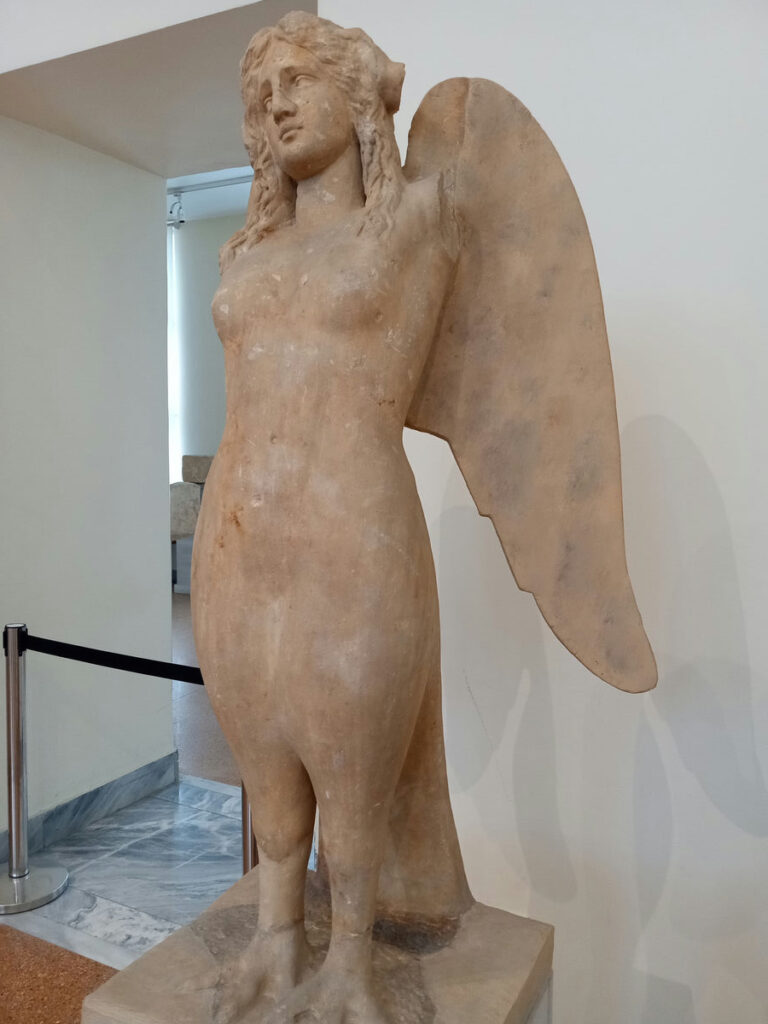
Archaeological site of Aegina
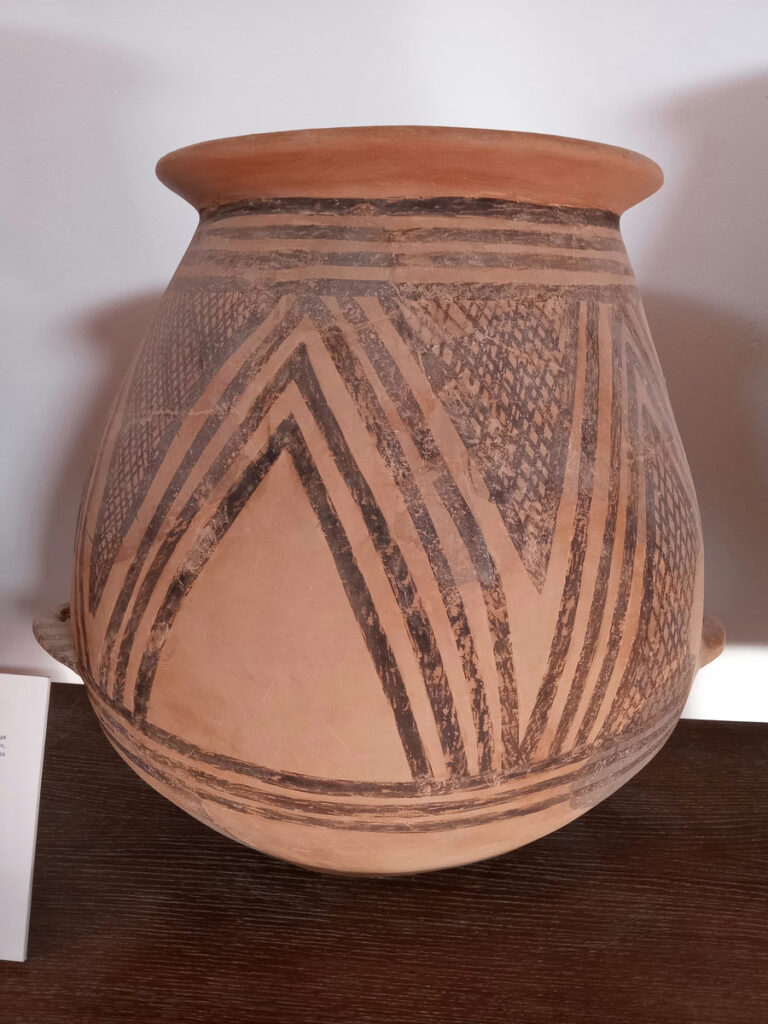
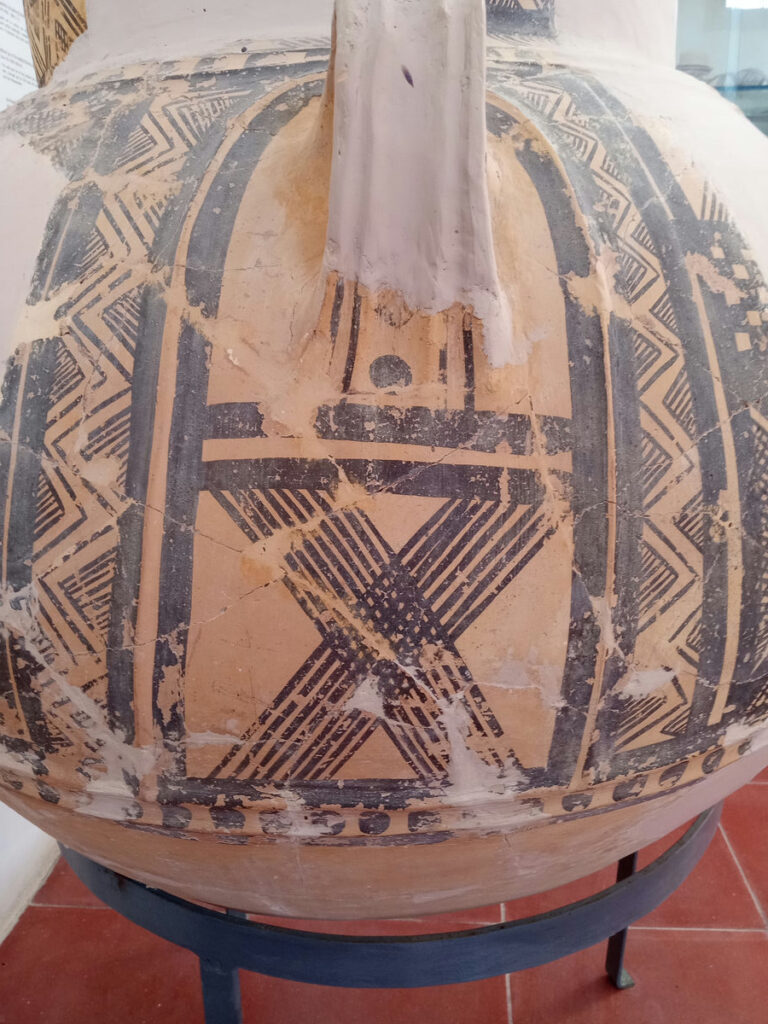
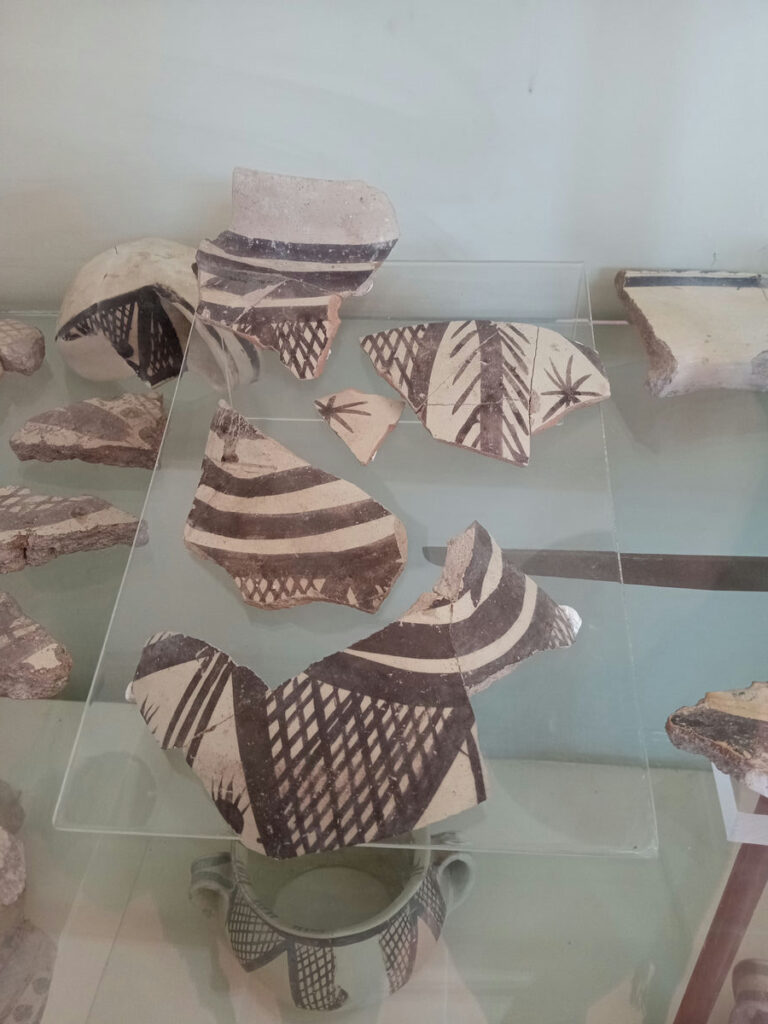
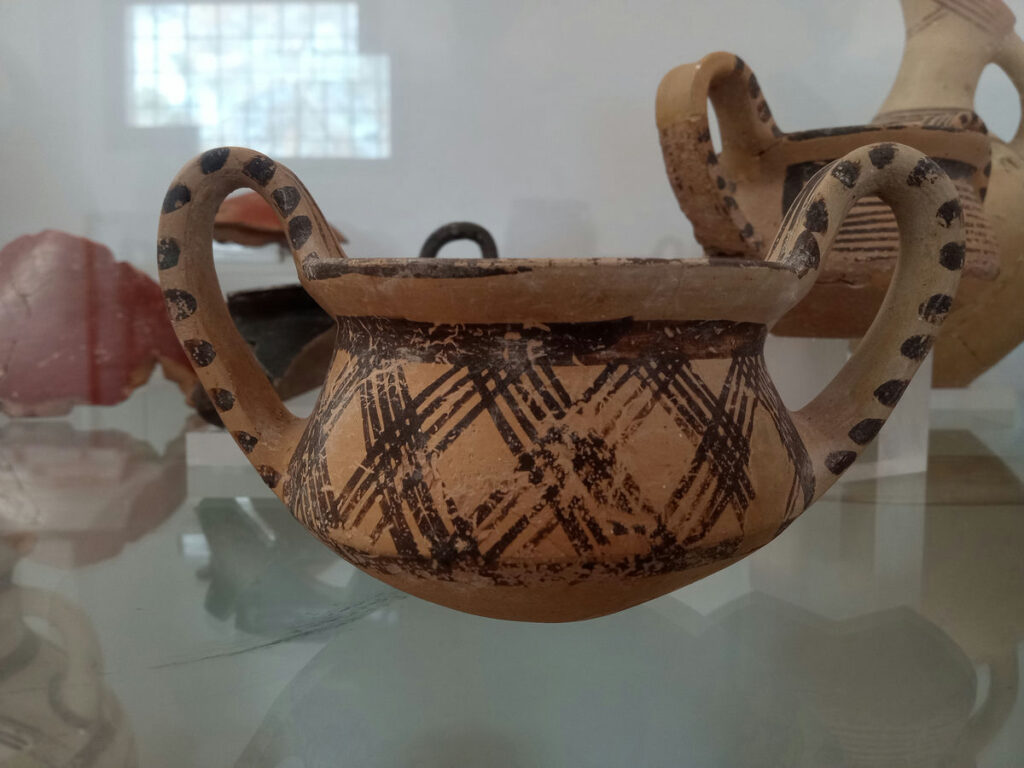
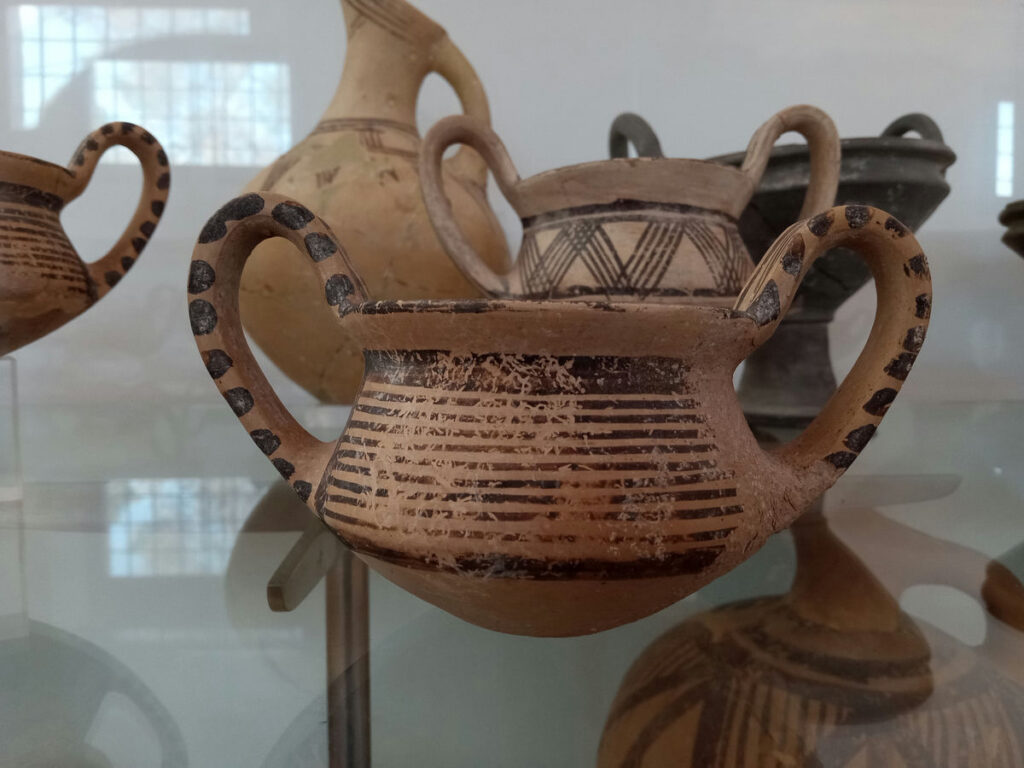
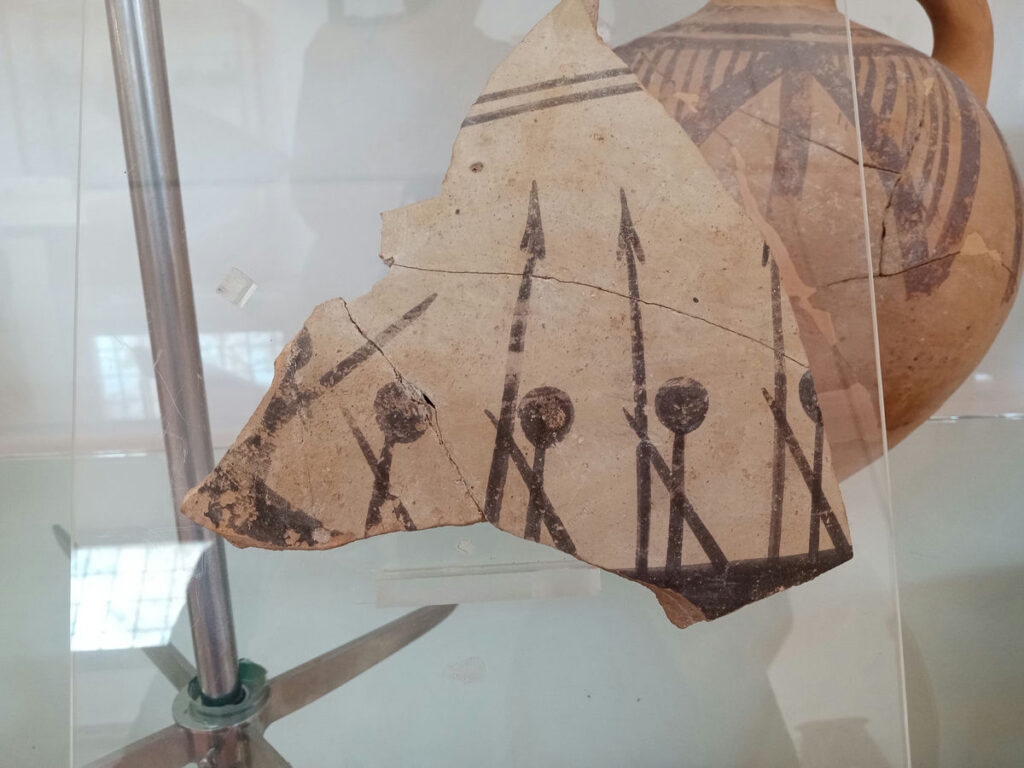
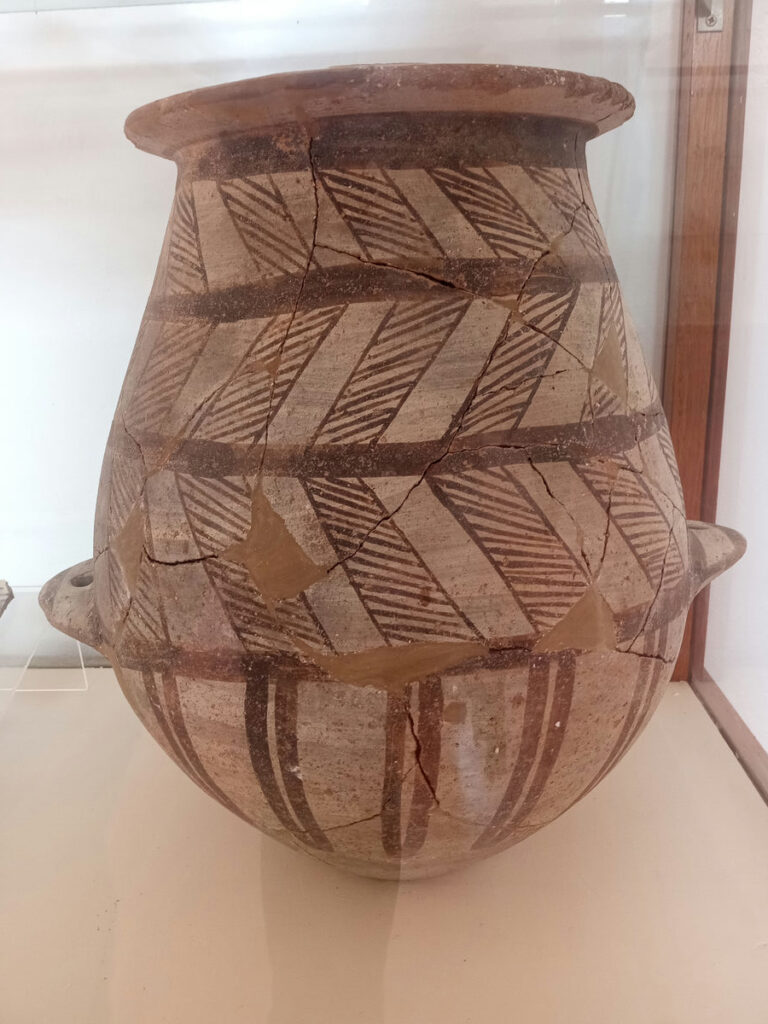
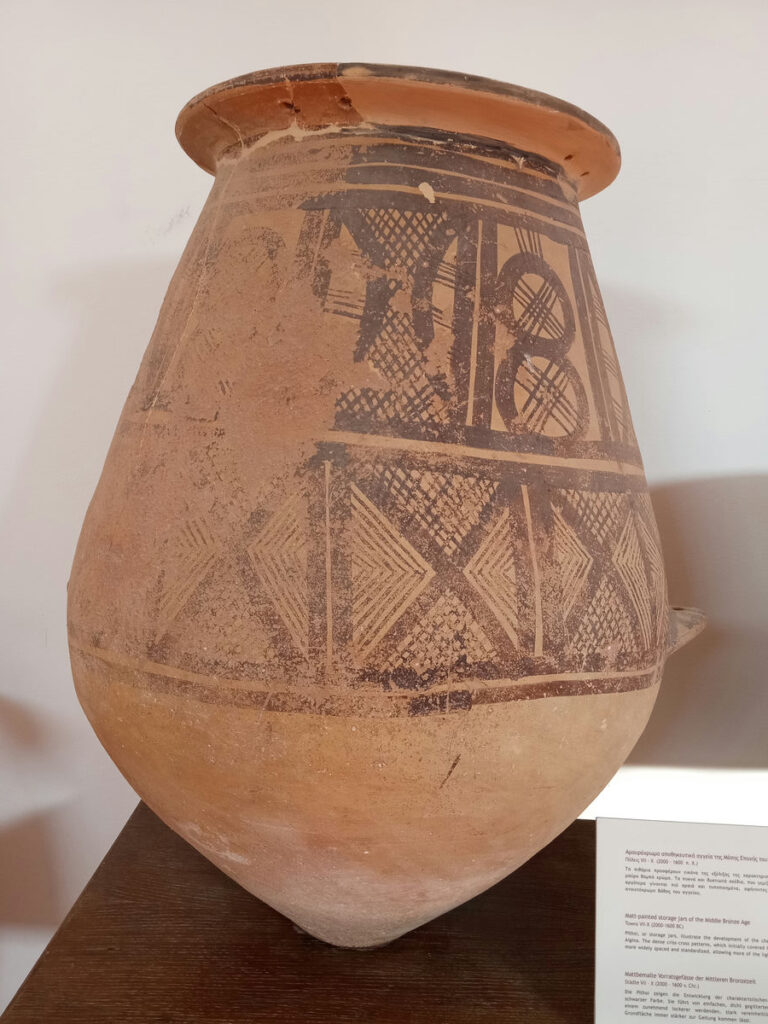
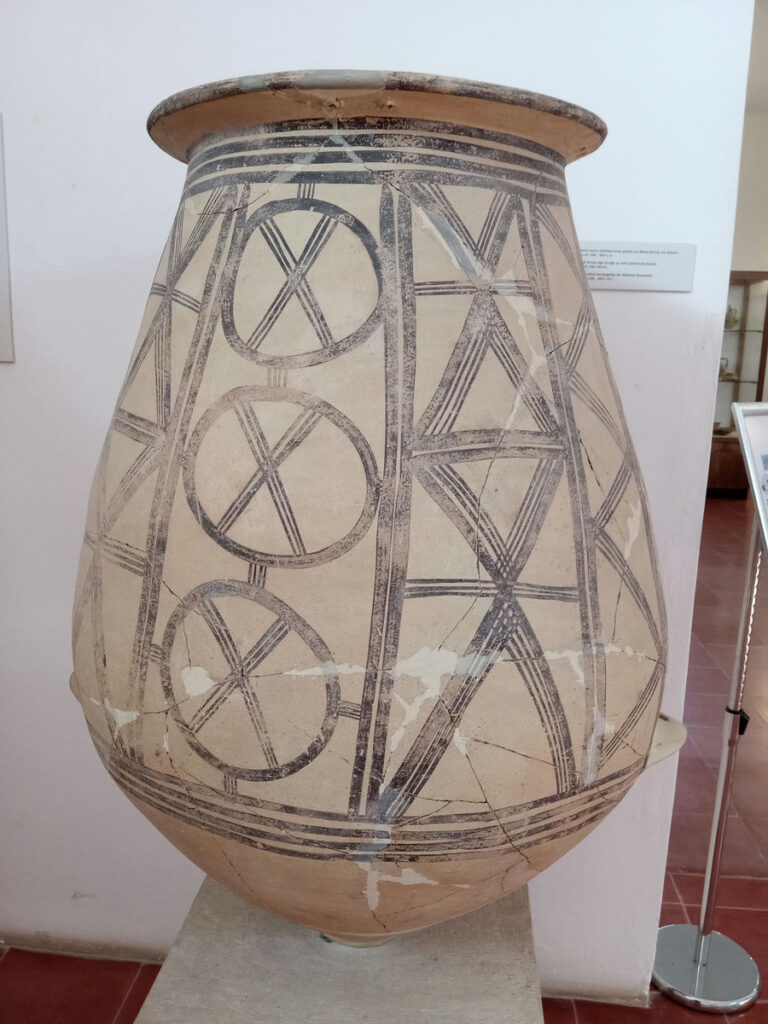
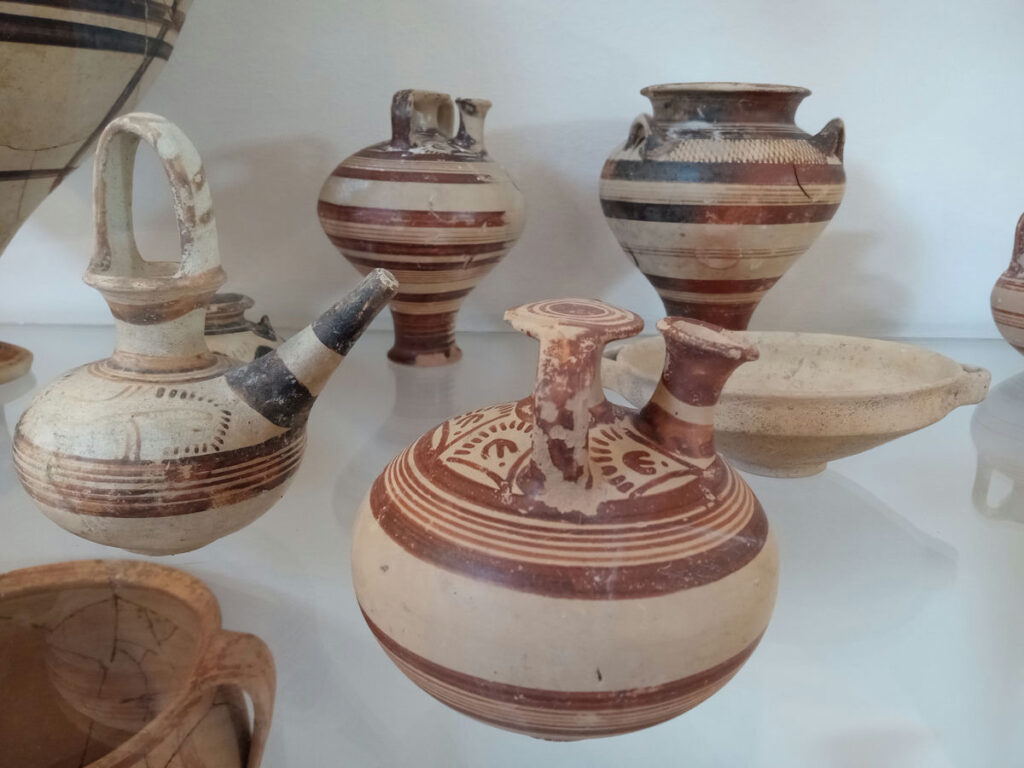
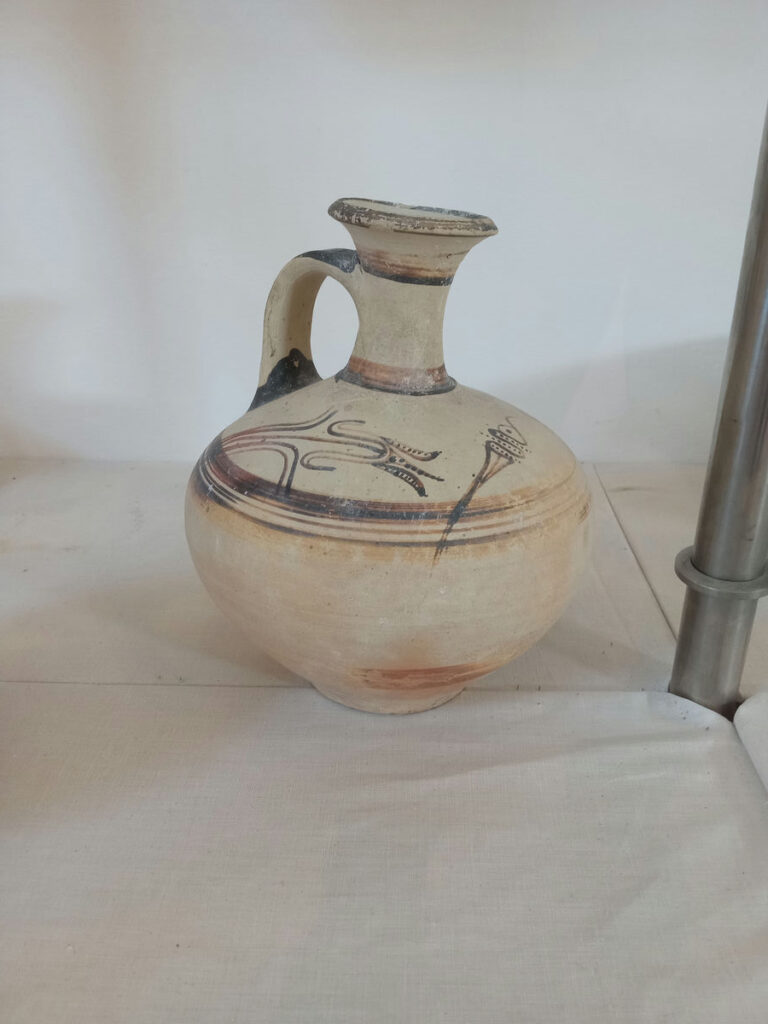
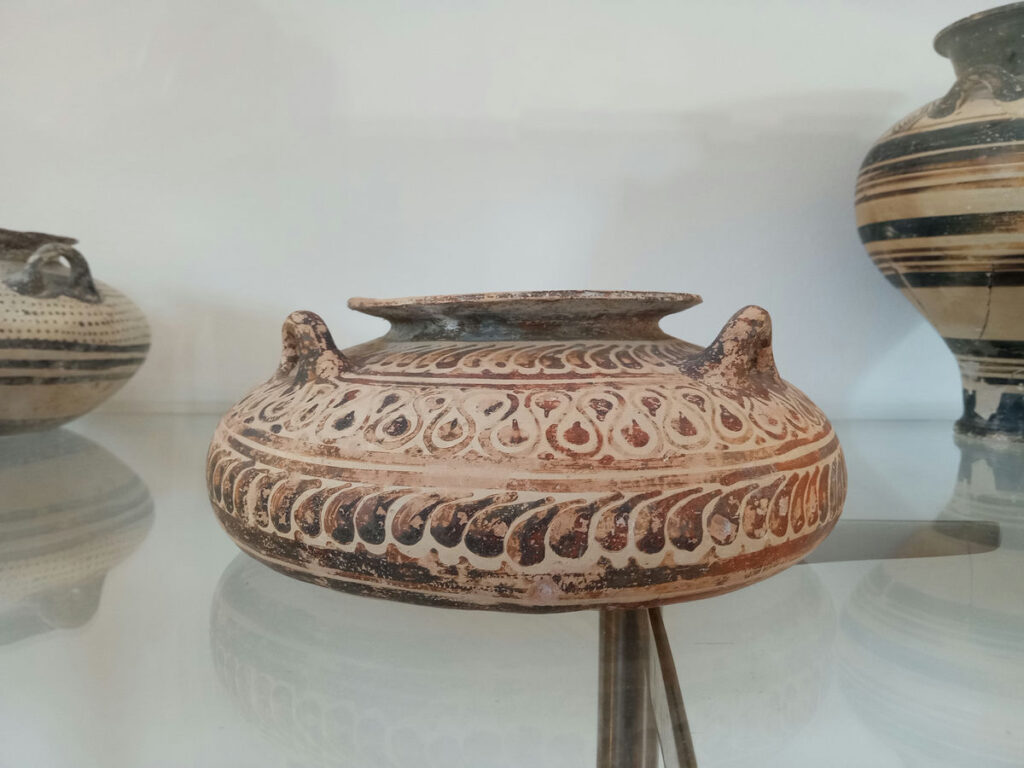
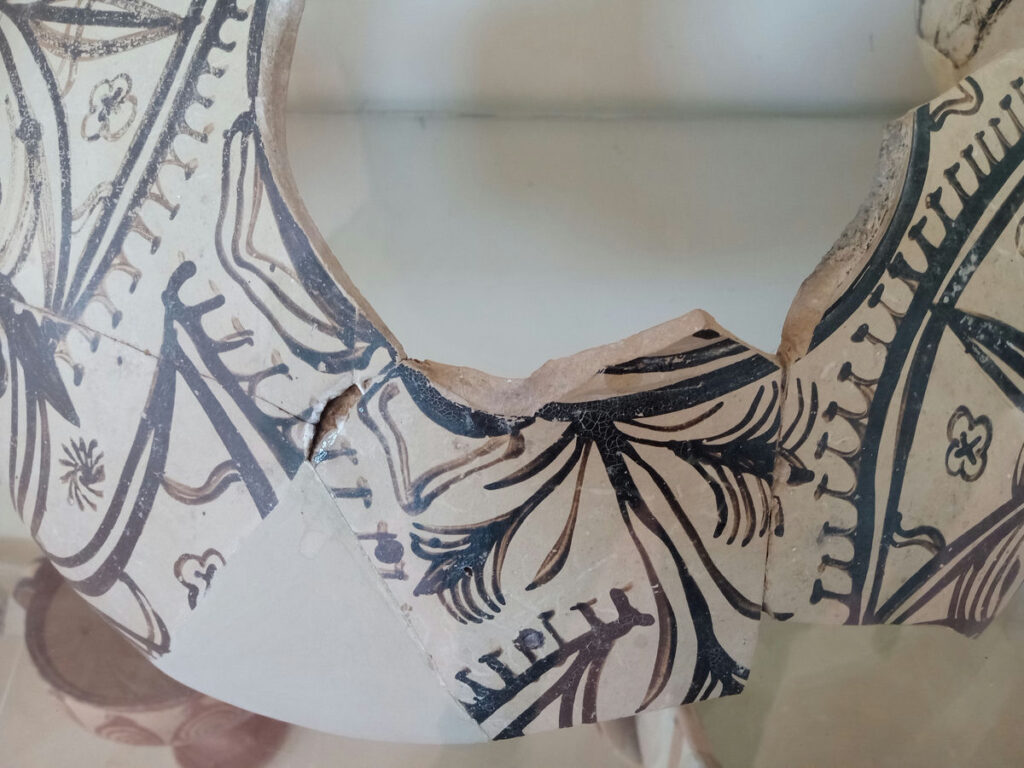
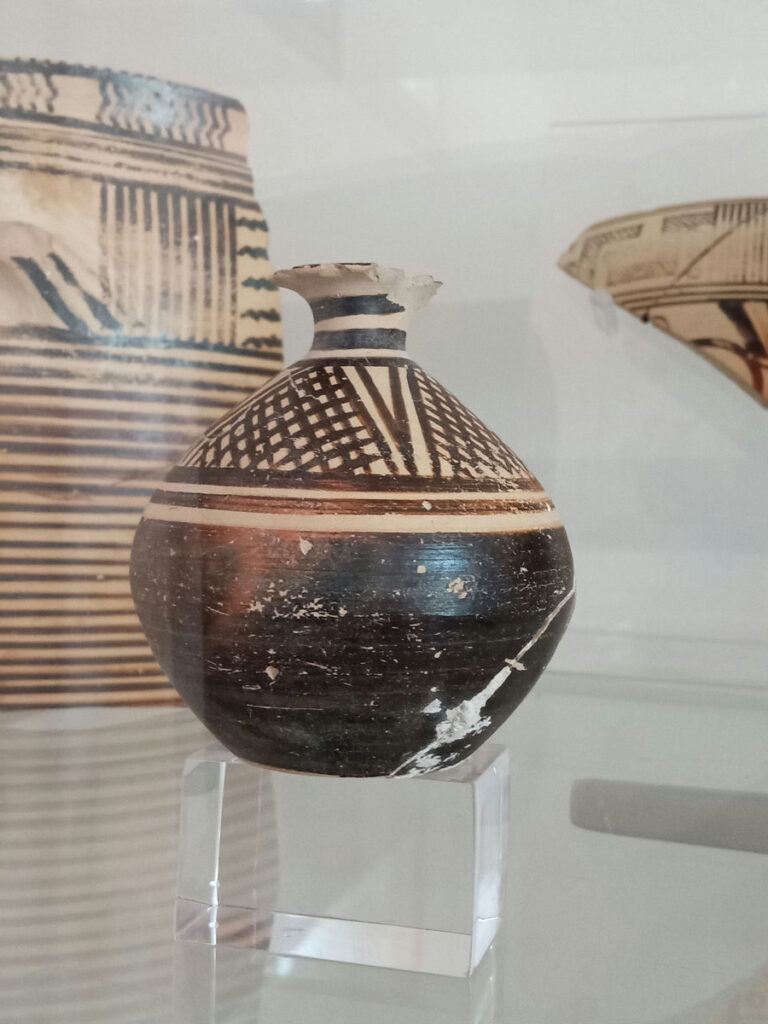
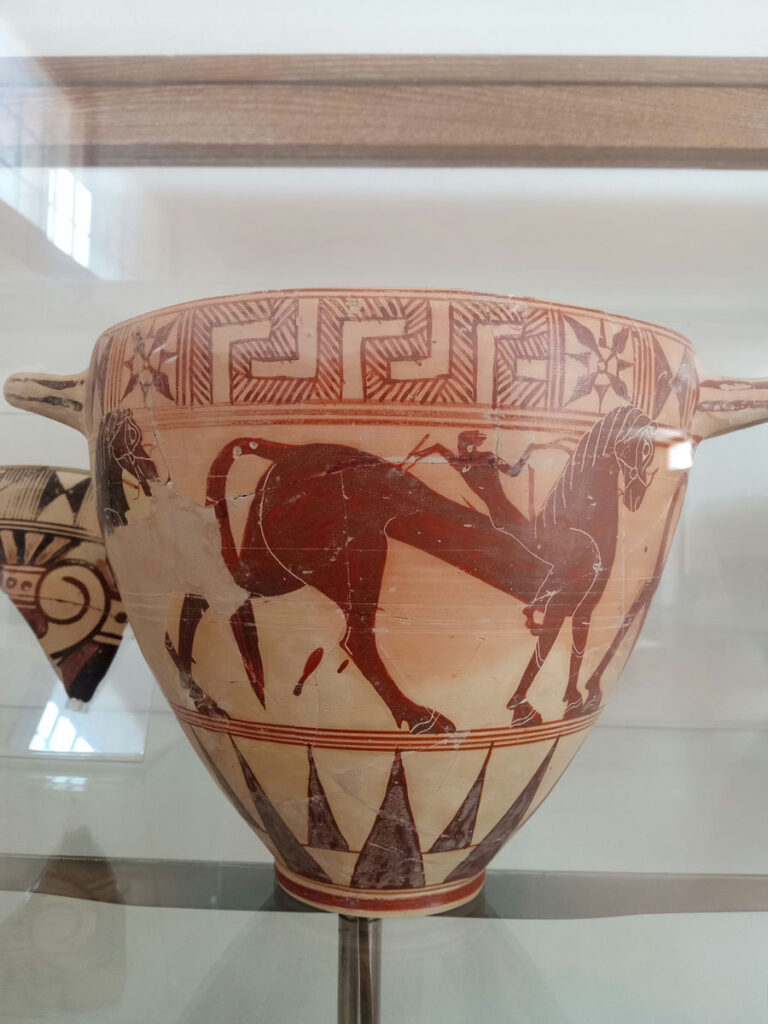
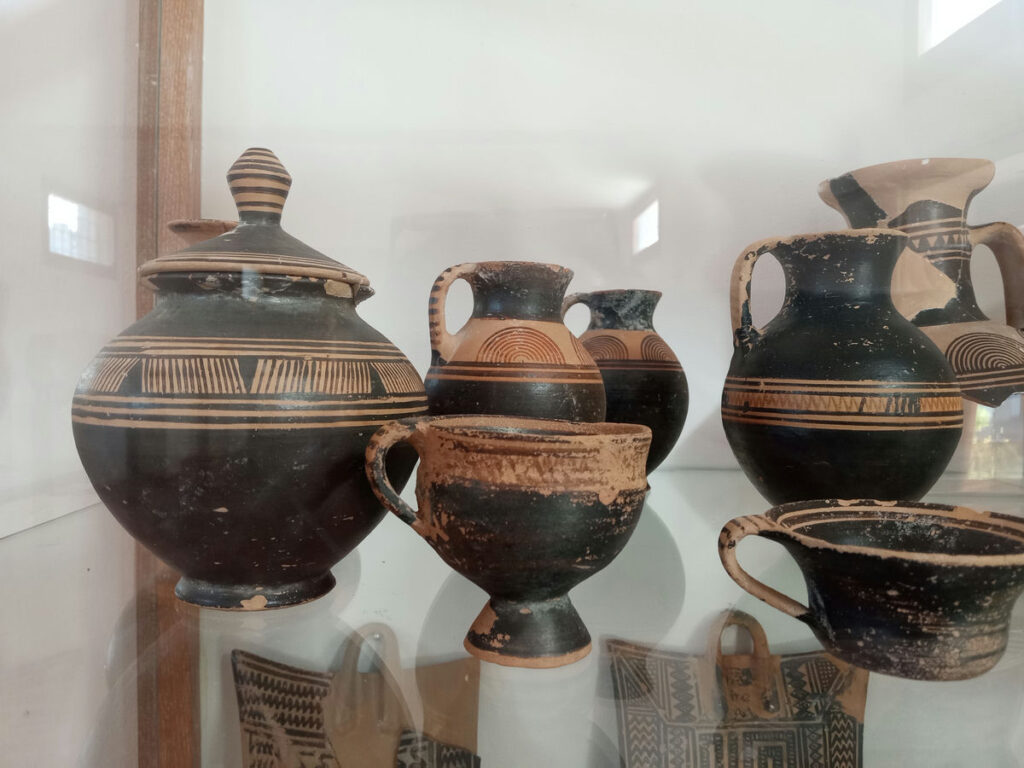
Keramikos
Historically, the potters’ quarter and also a cemetery. I’m not quite sure why those two things overlapped. The museum was square with a center courtyard, so the evolution of Greek ceramic styles progressed around the building. I kept the pictures in chronological order, but I neglected to write down the names of the time periods. Journalistic reporter I am not.
This was also where I decided that I want a pottery class/history class hybrid which teaches not only what and why, but how to make pottery in ancient Greek style.
